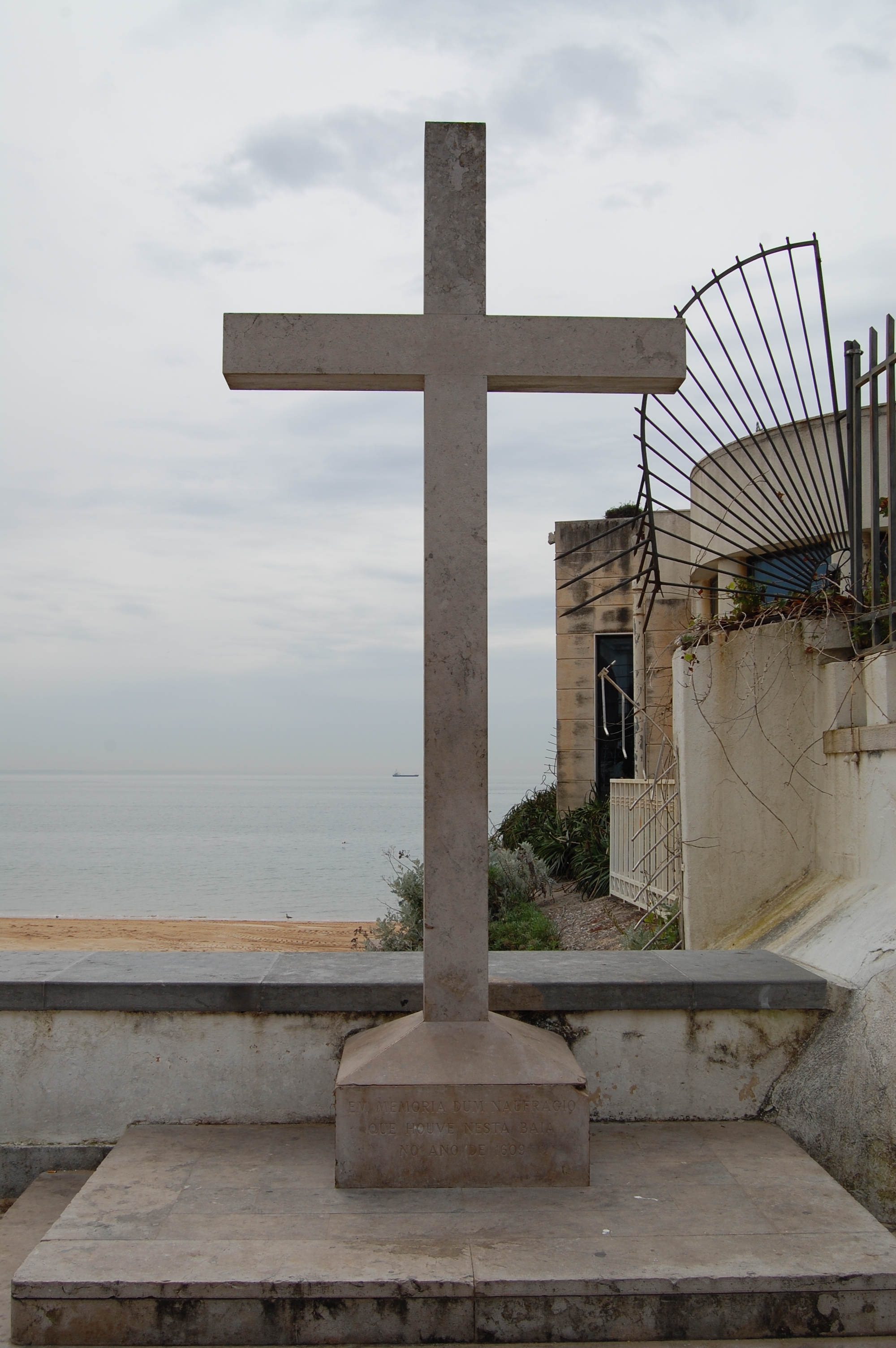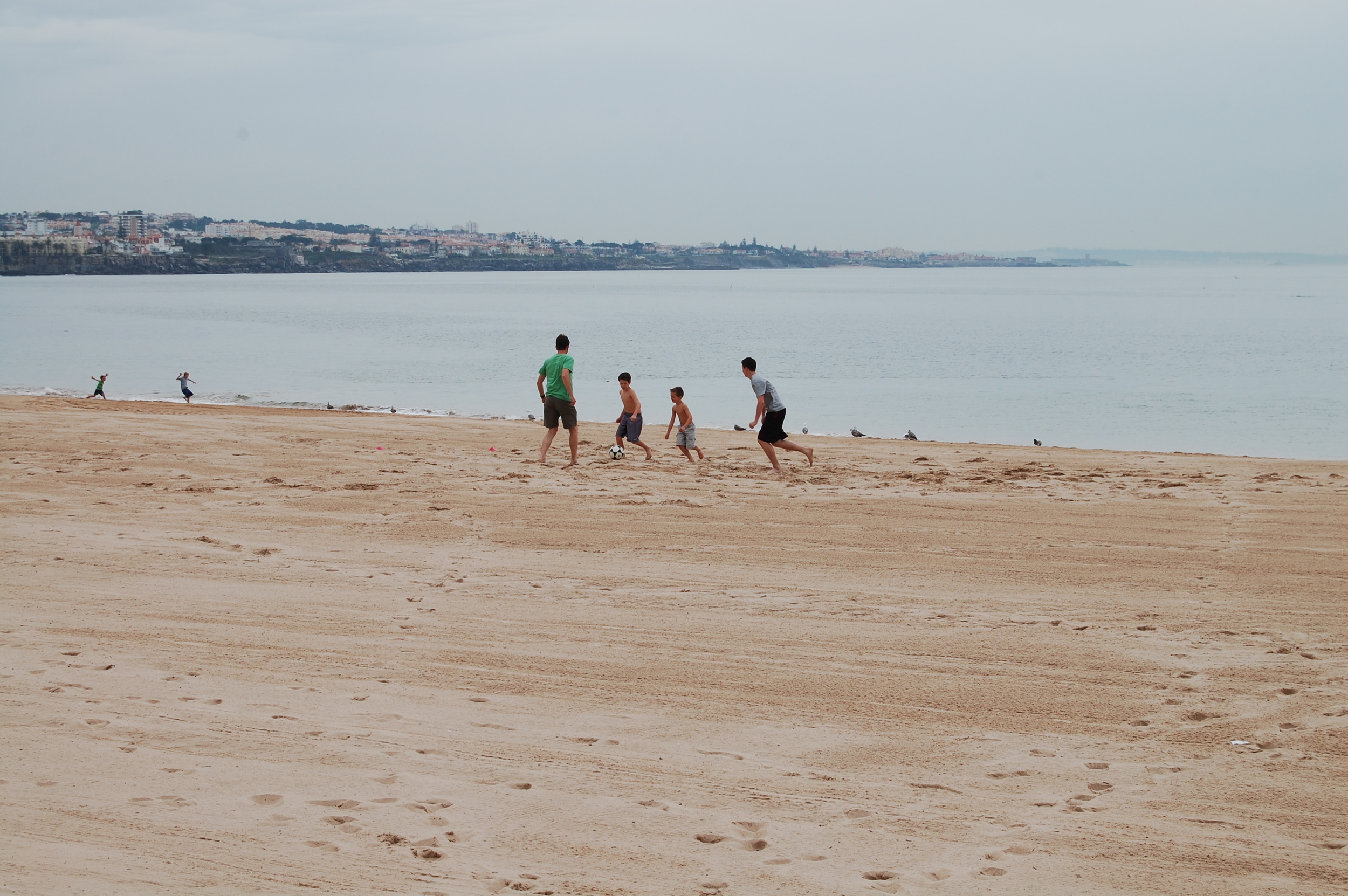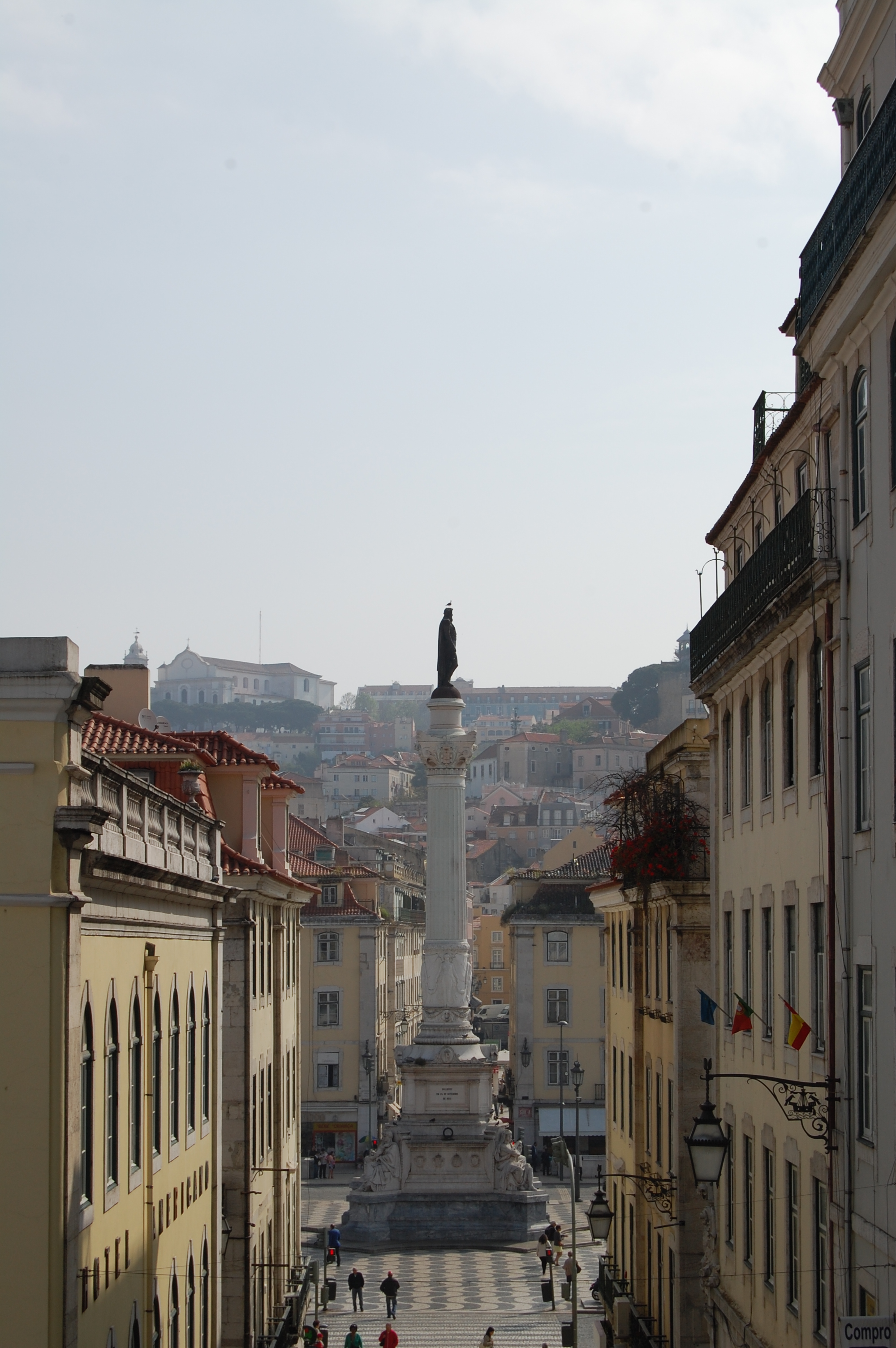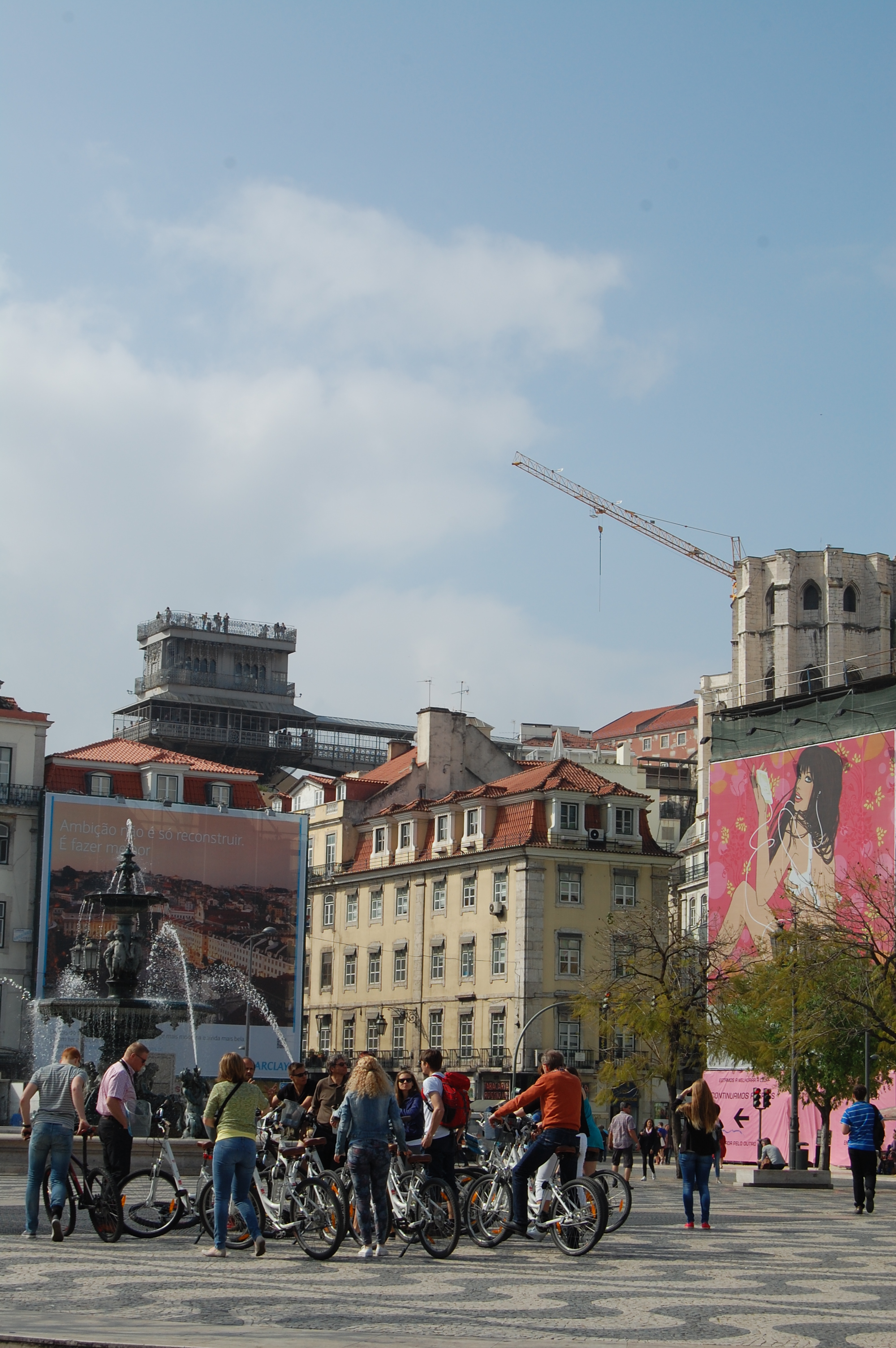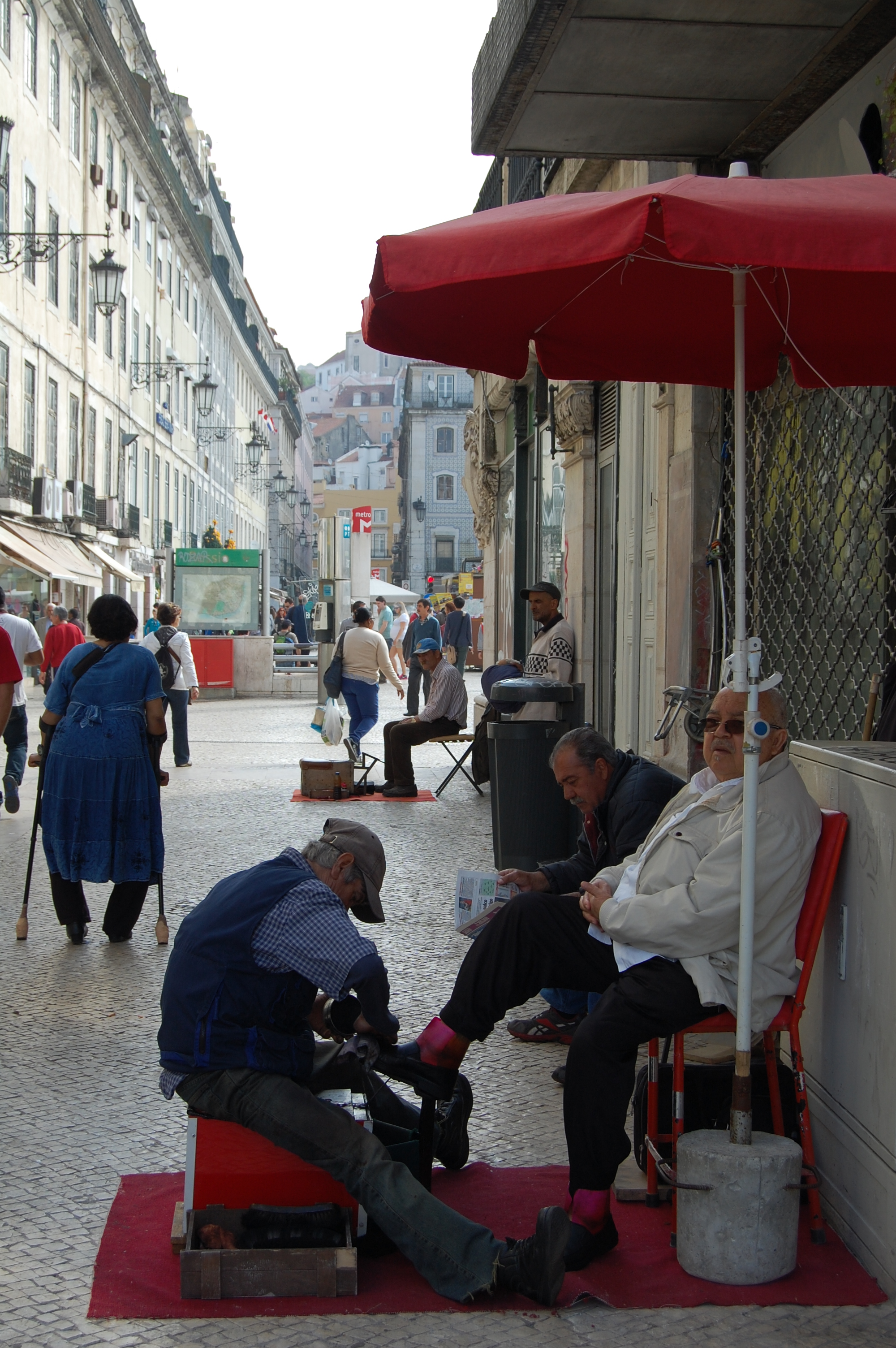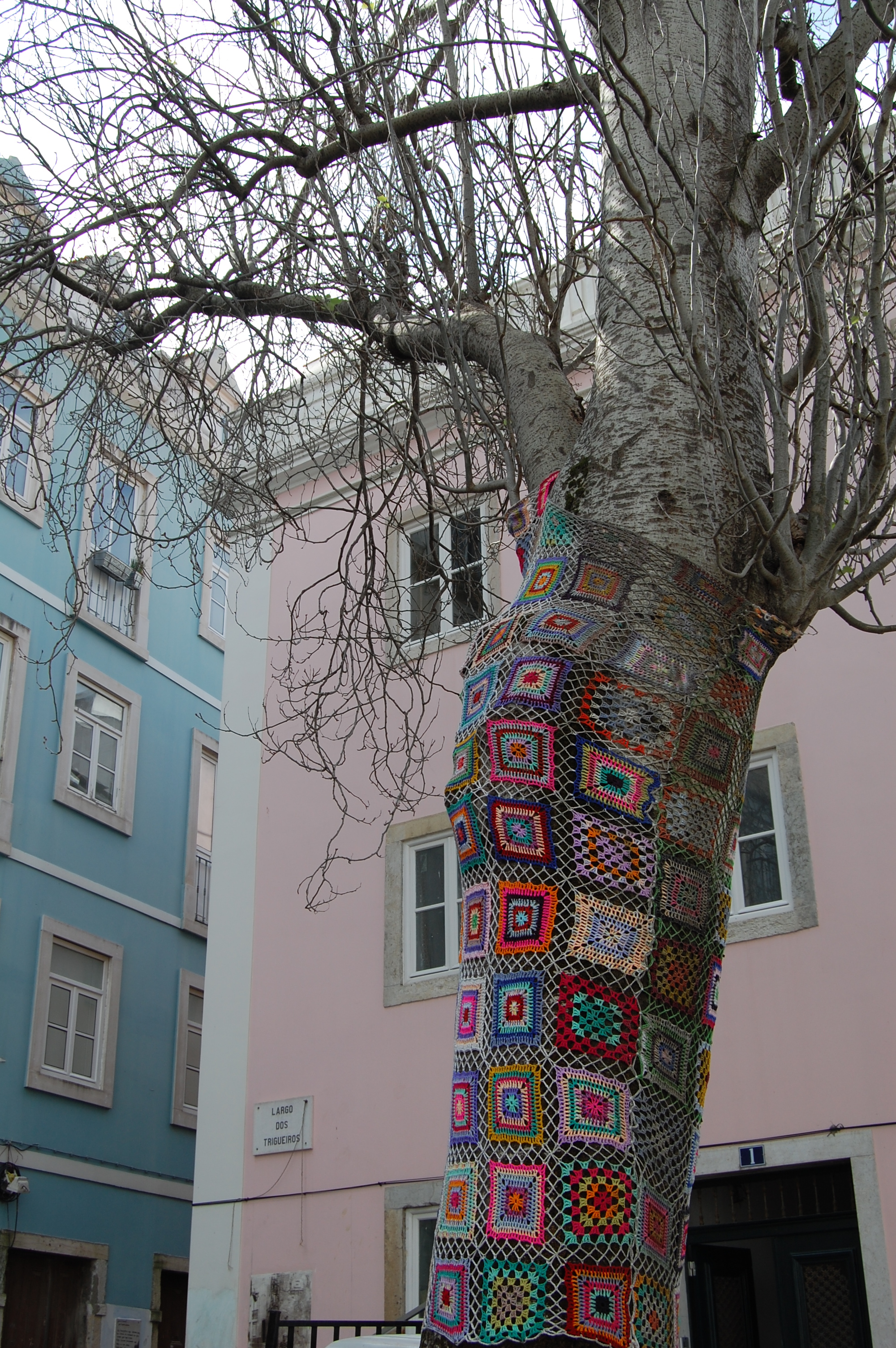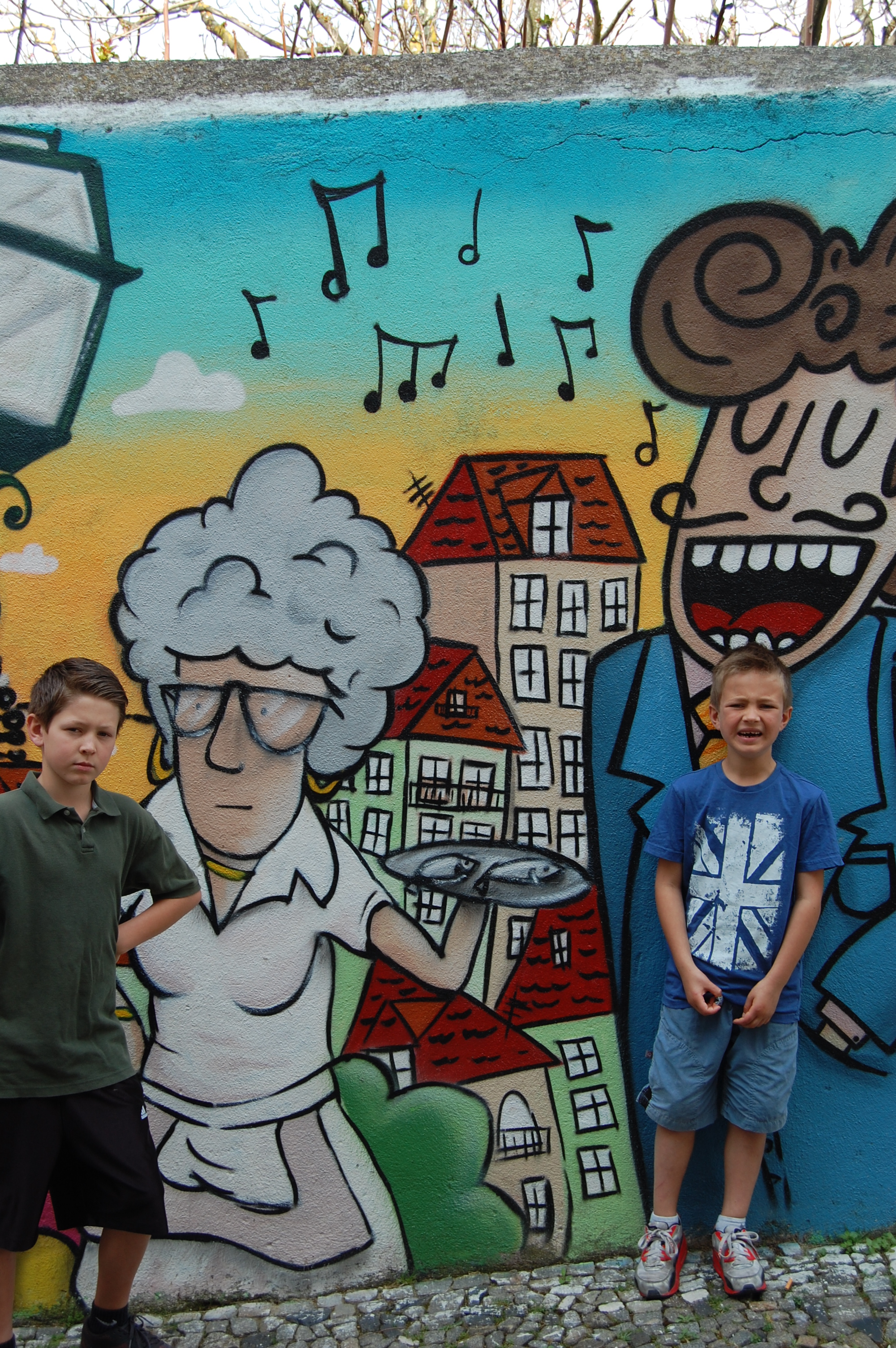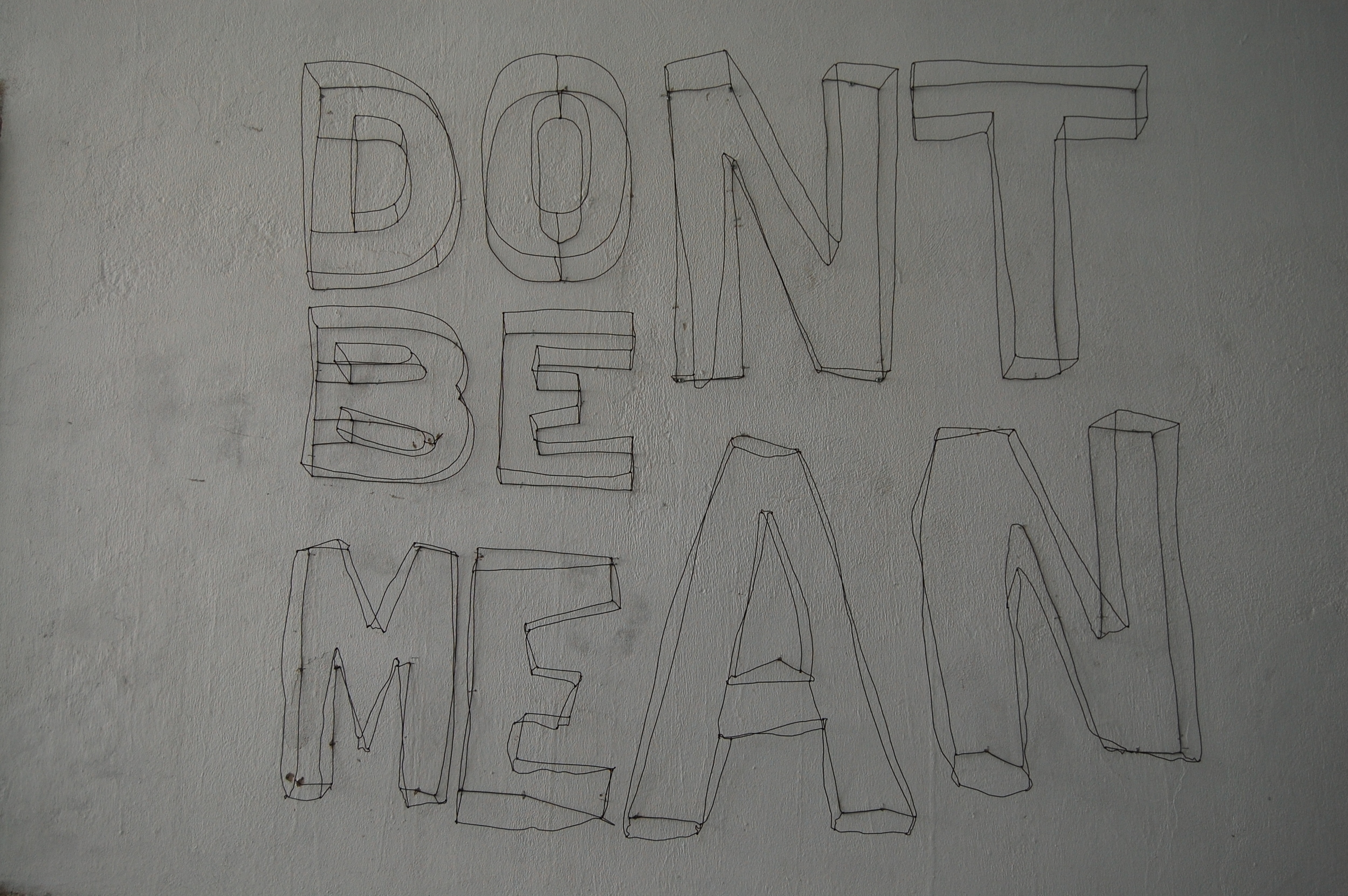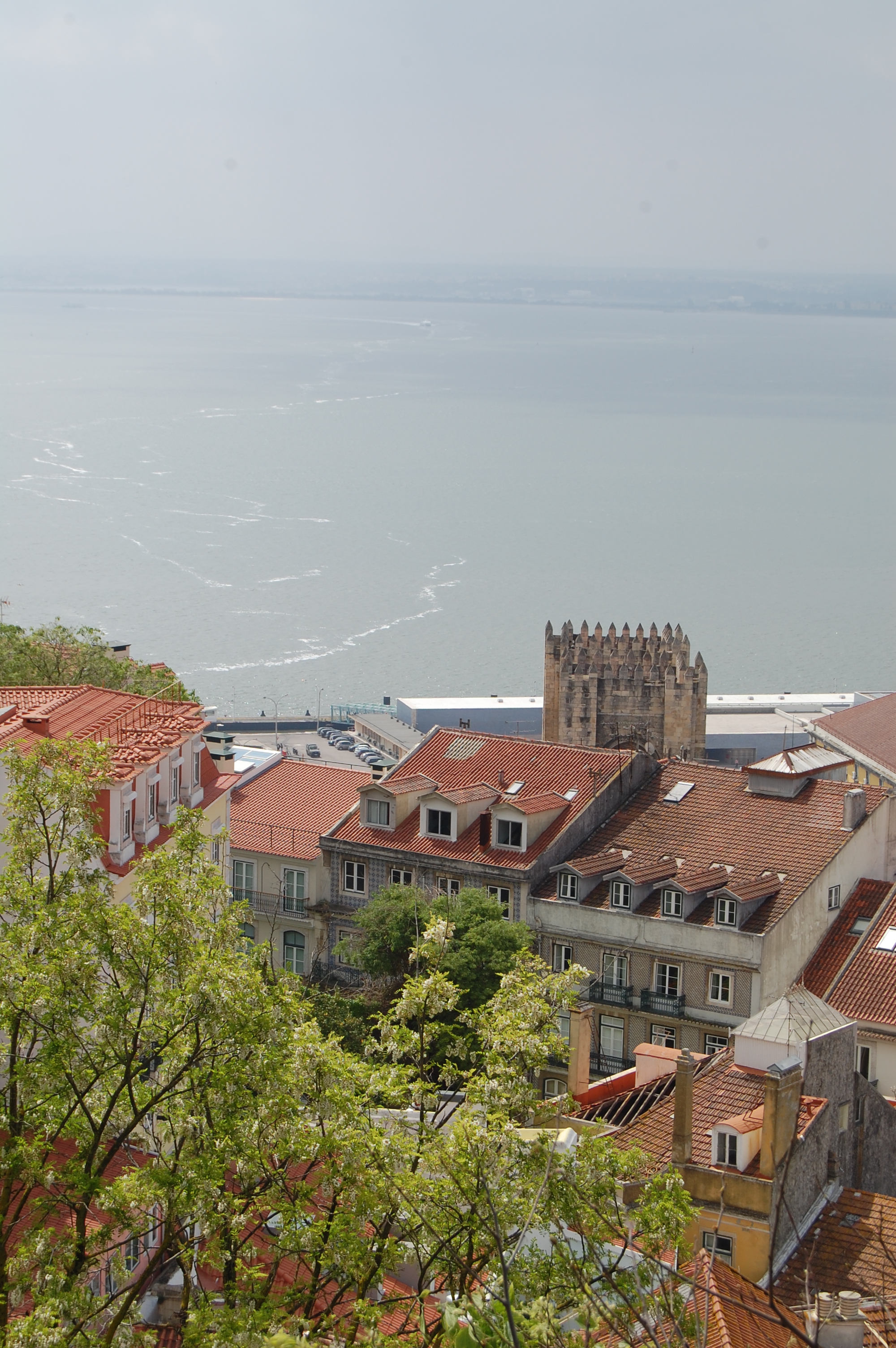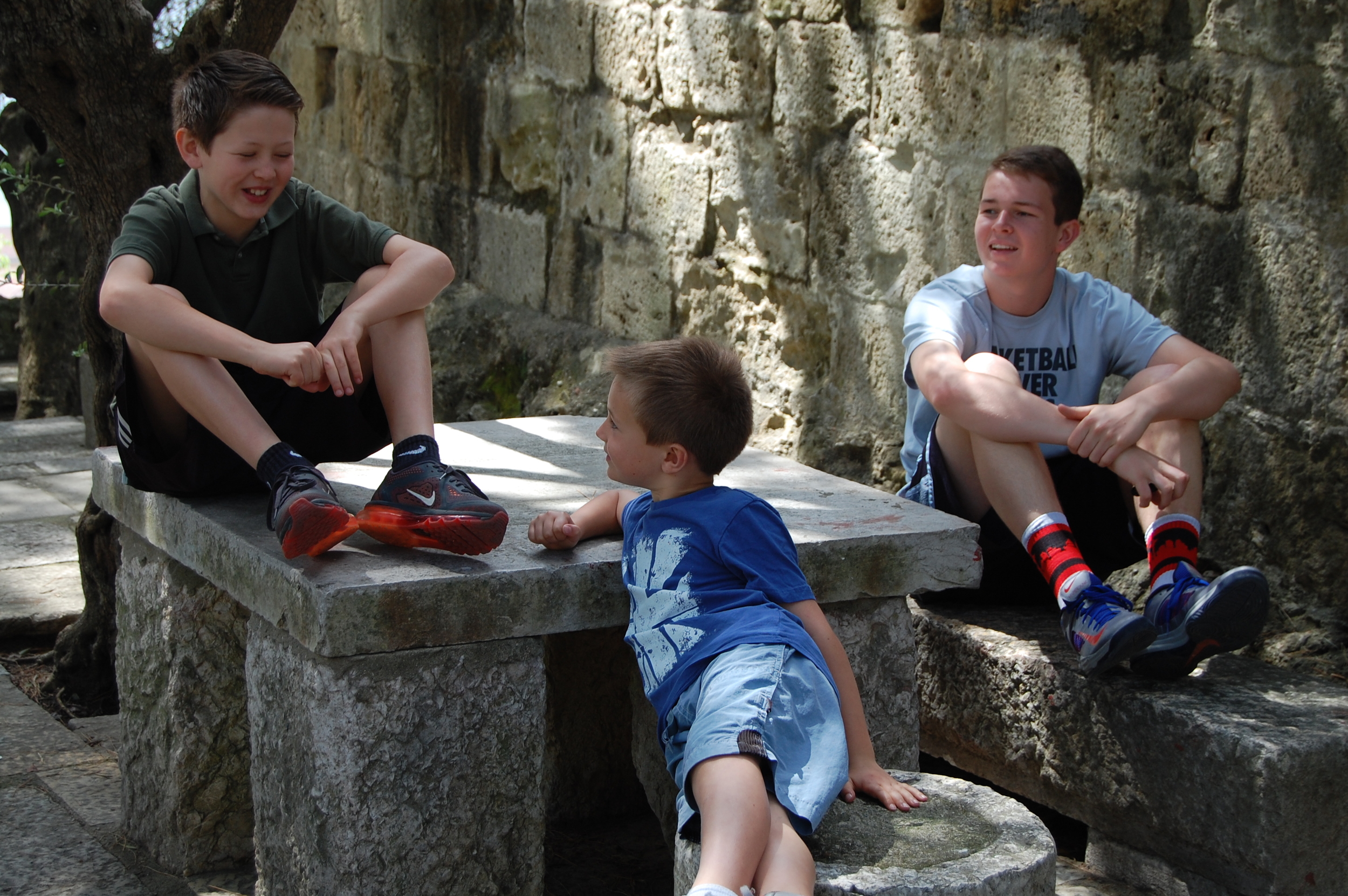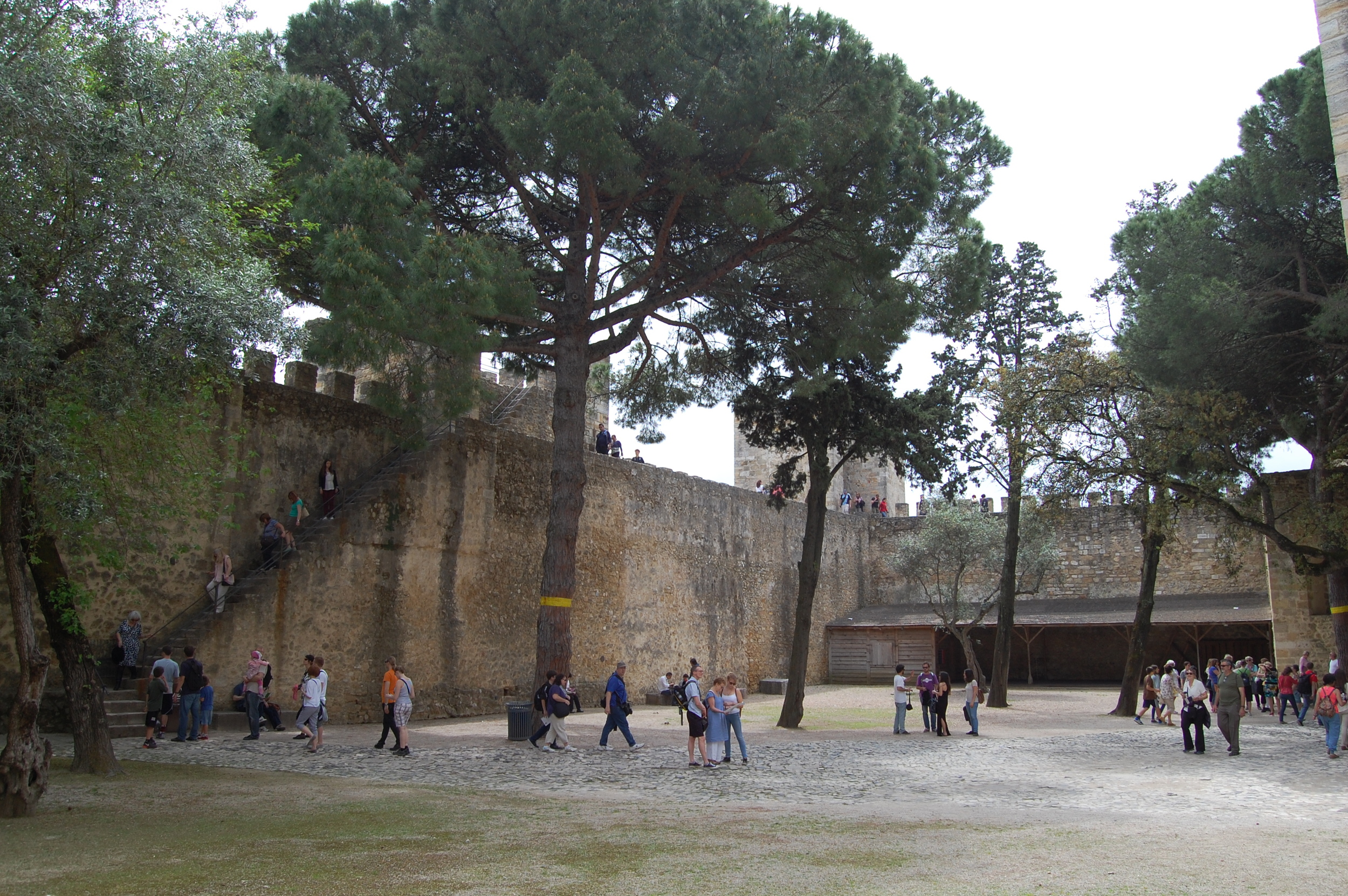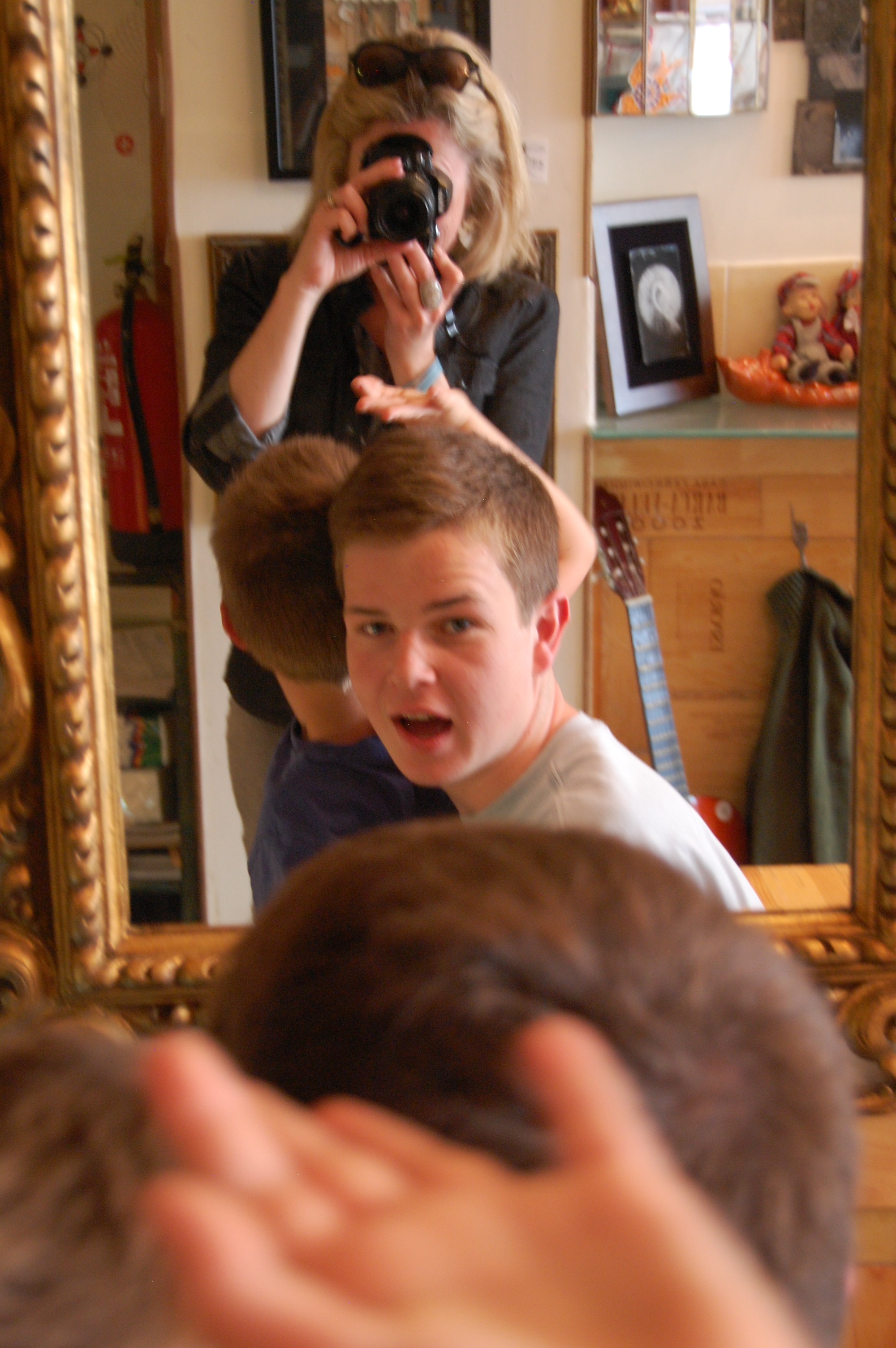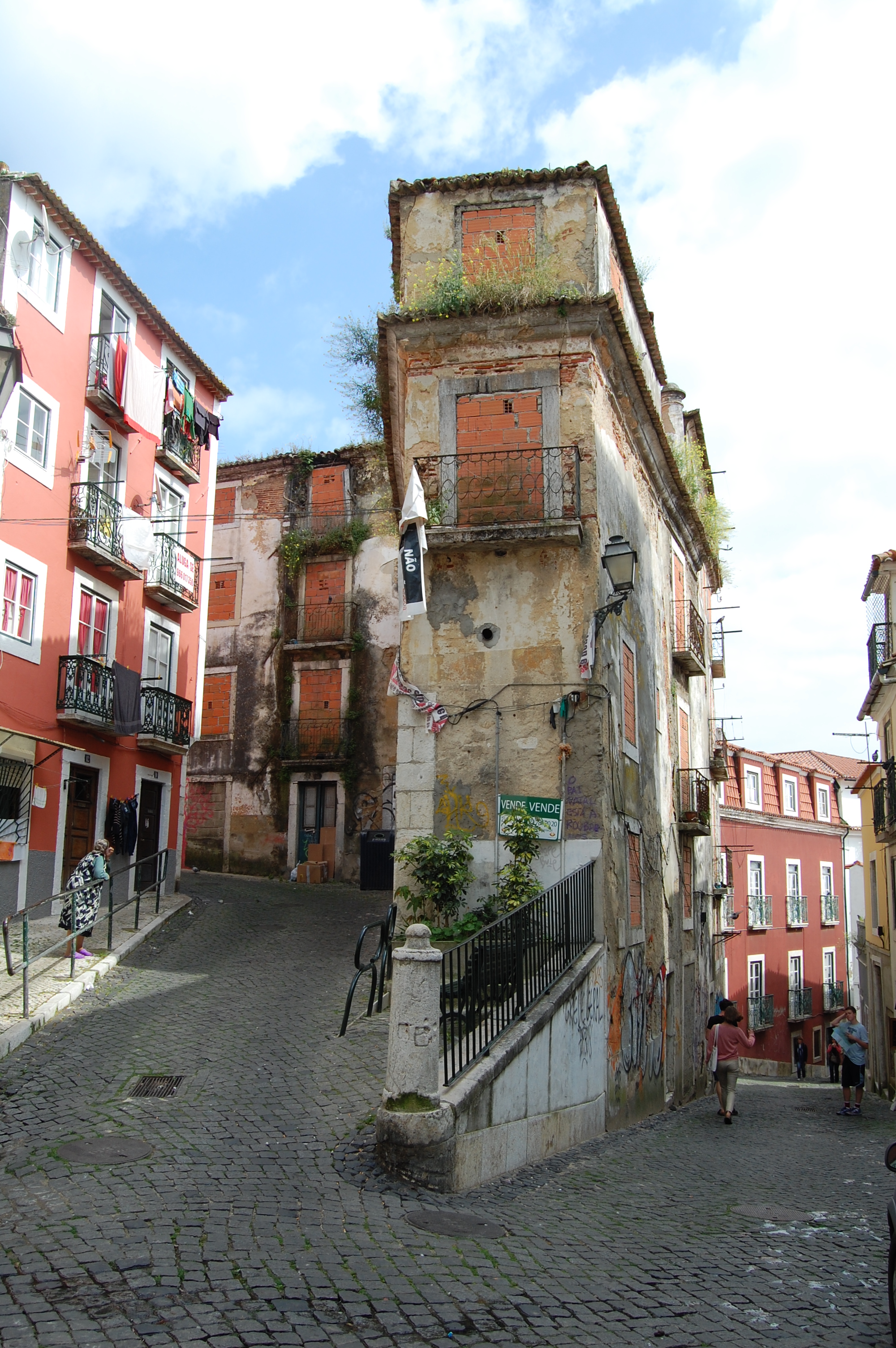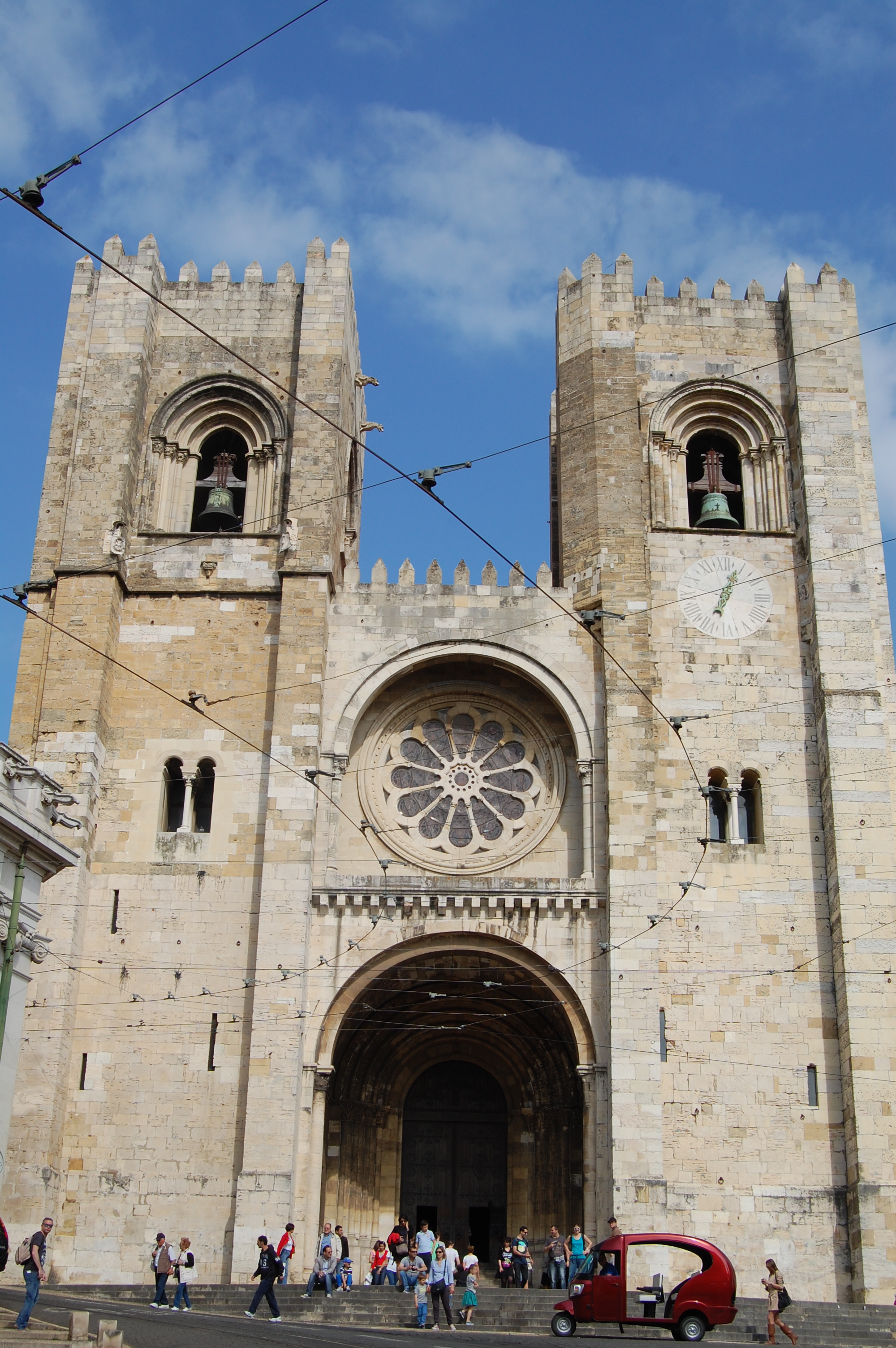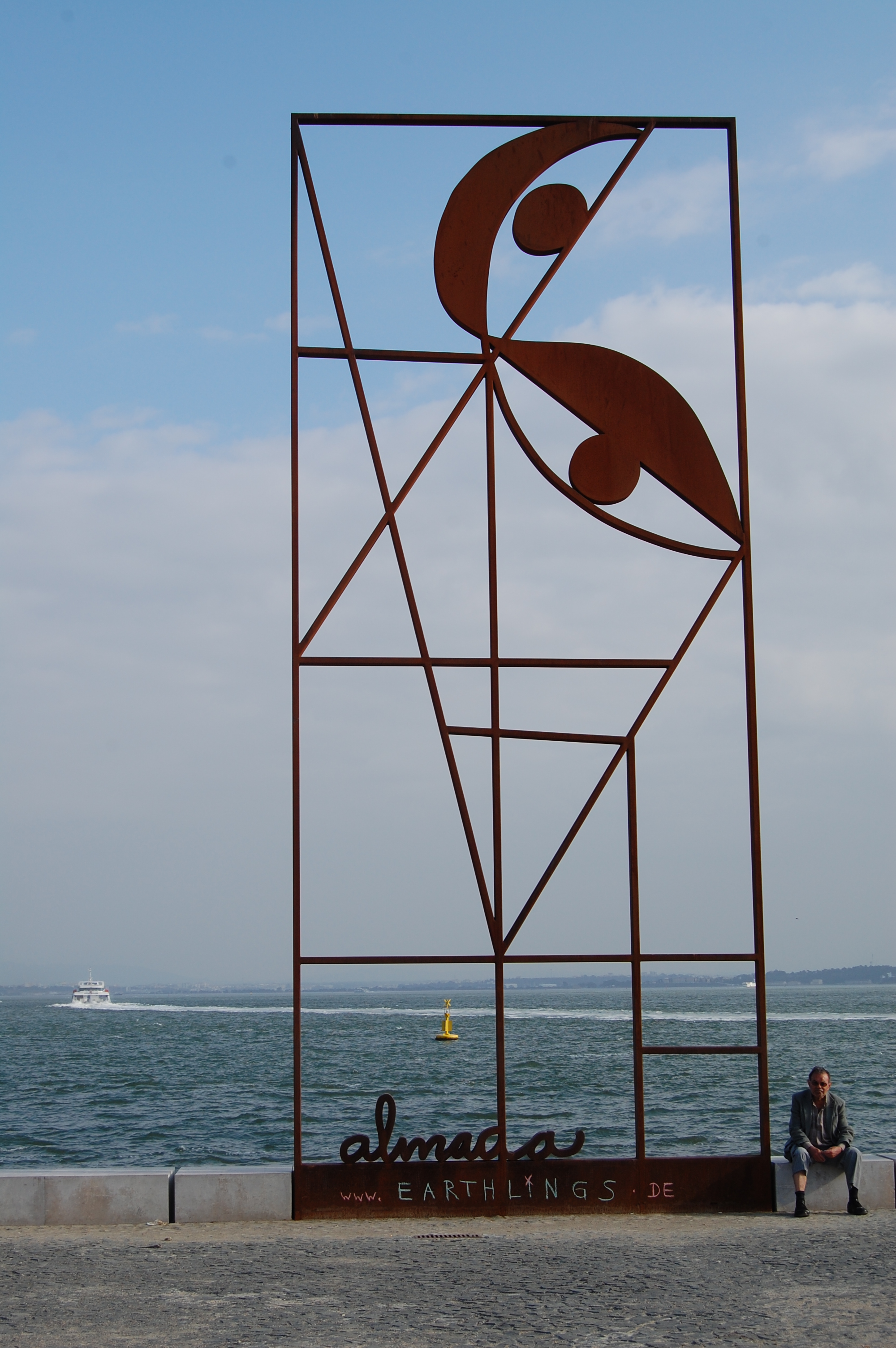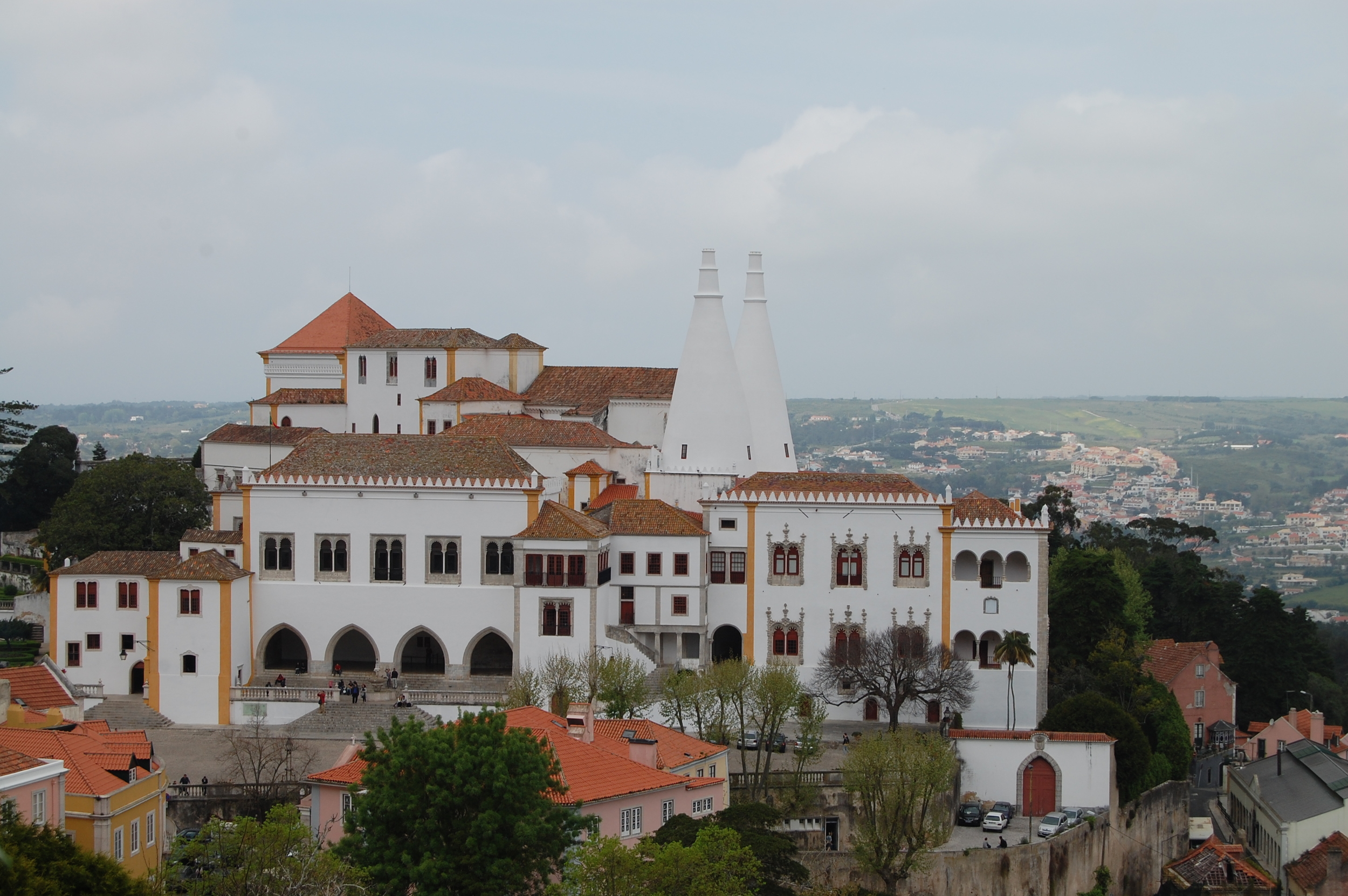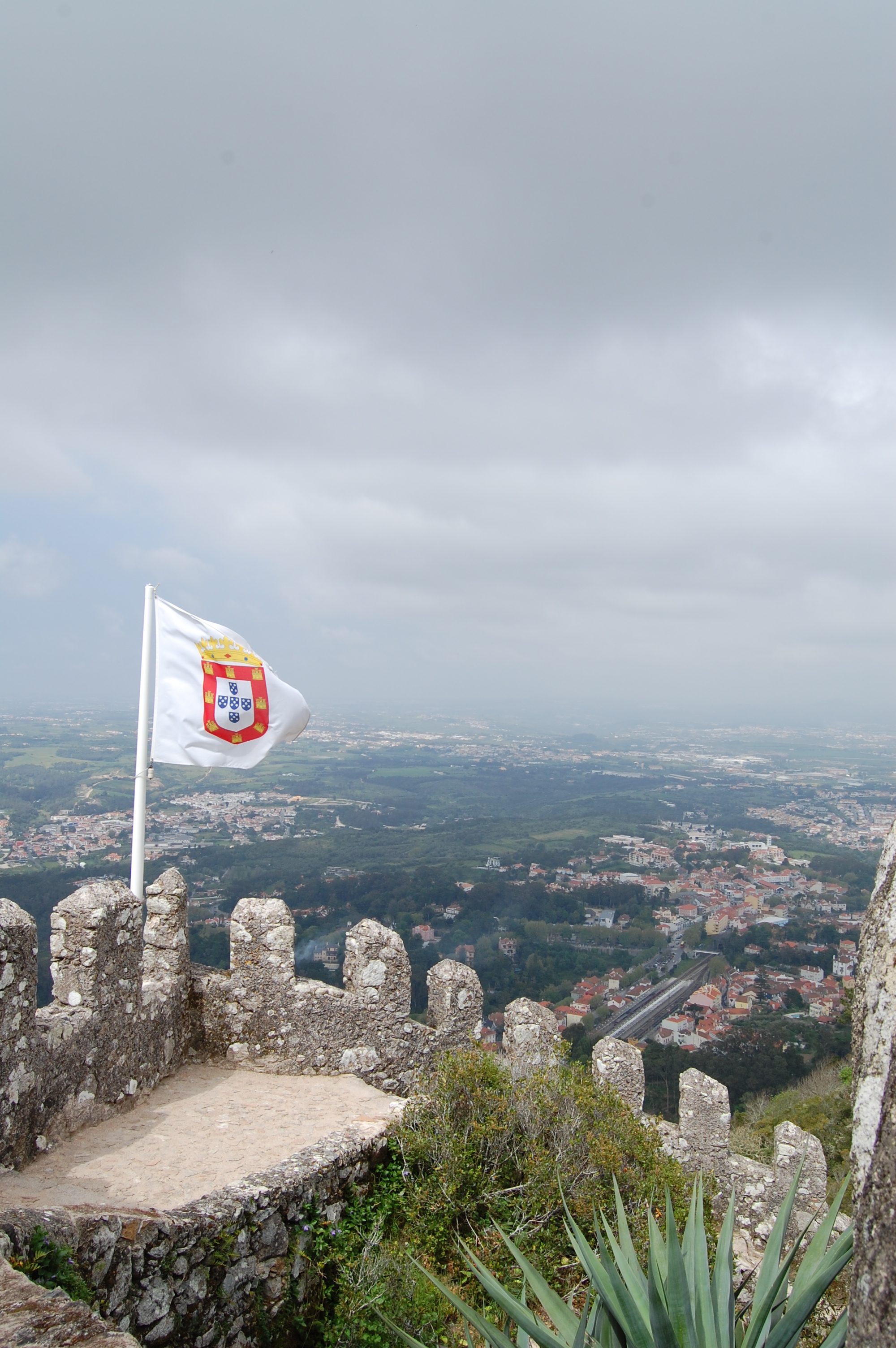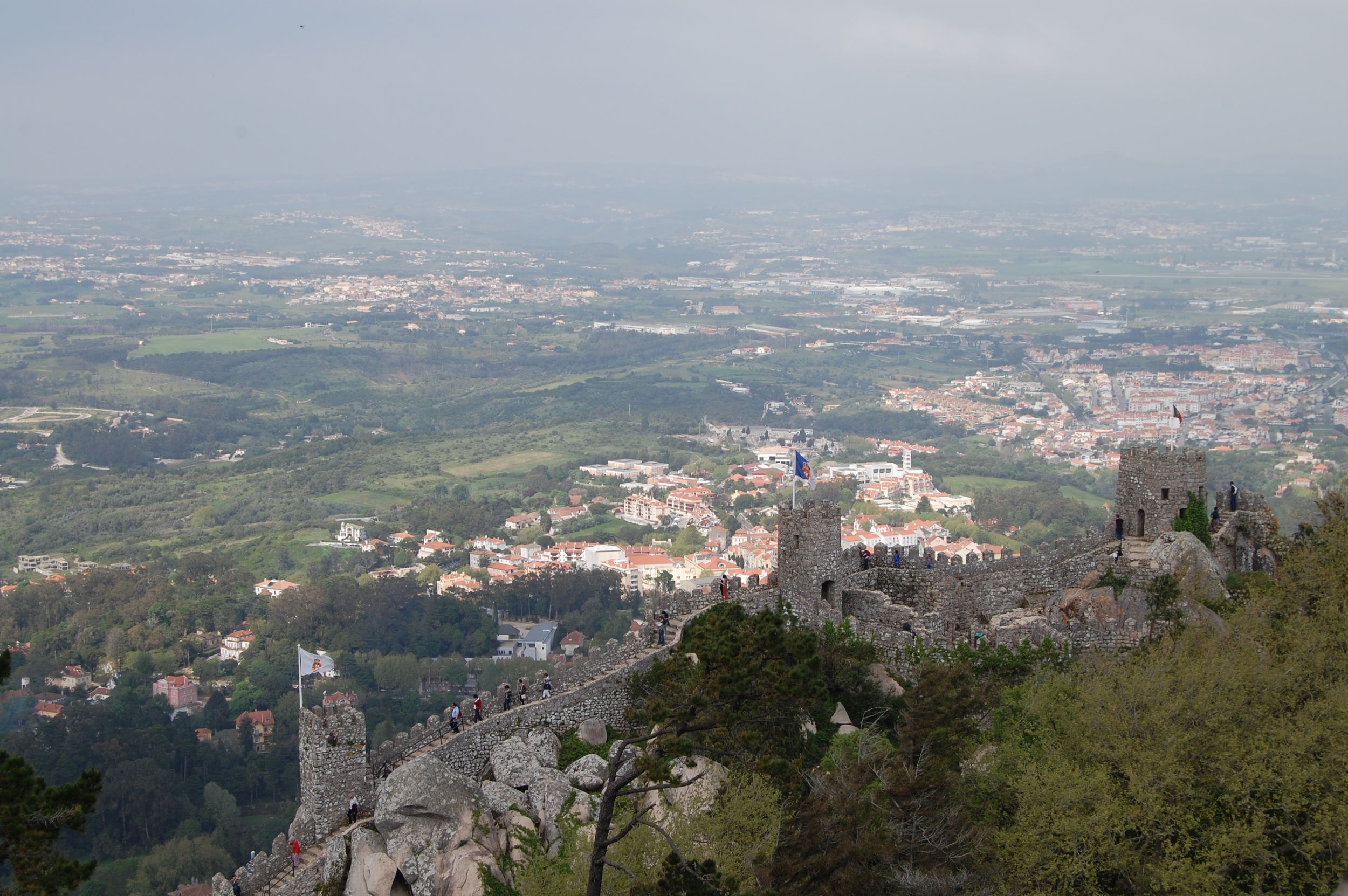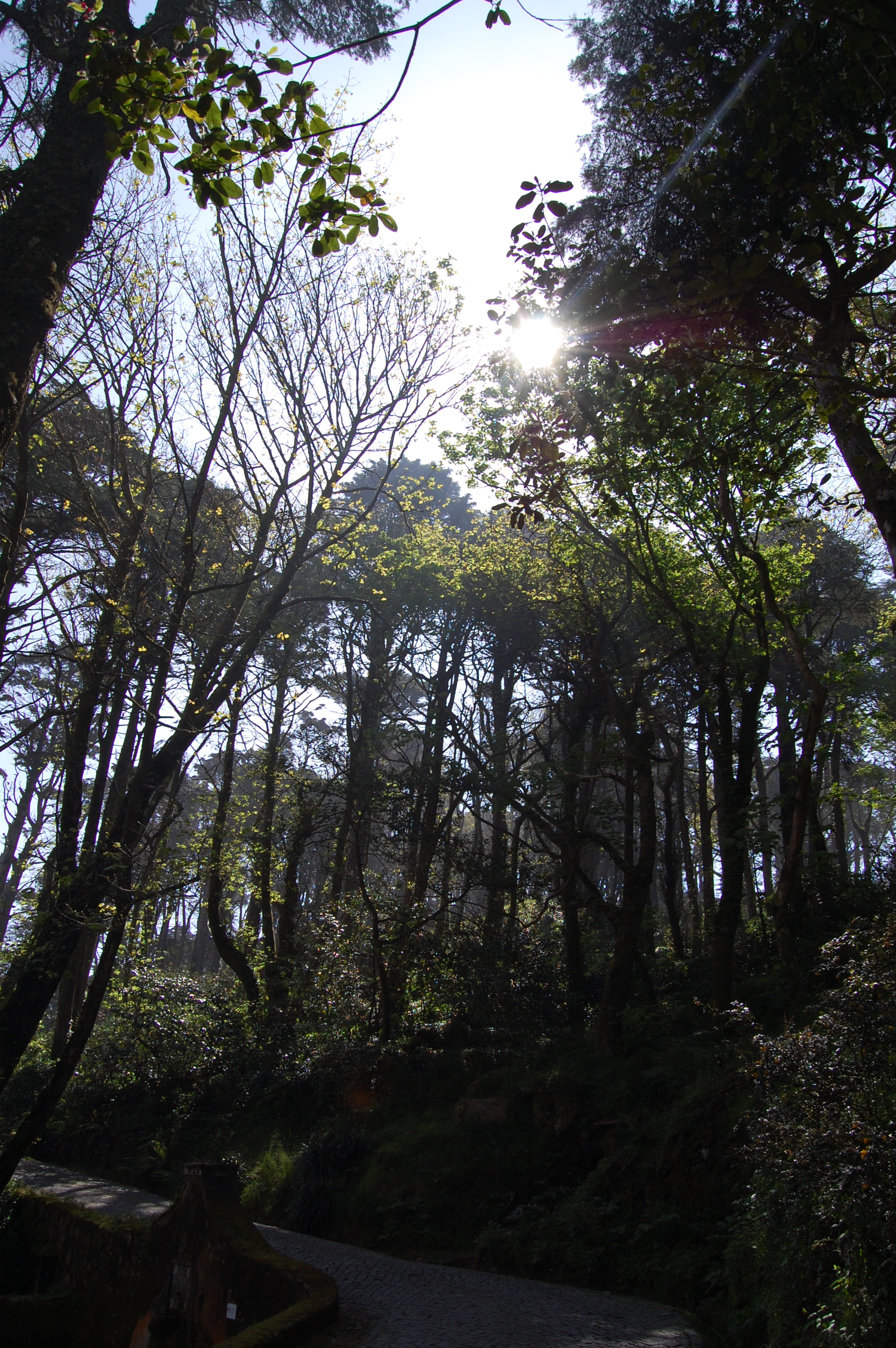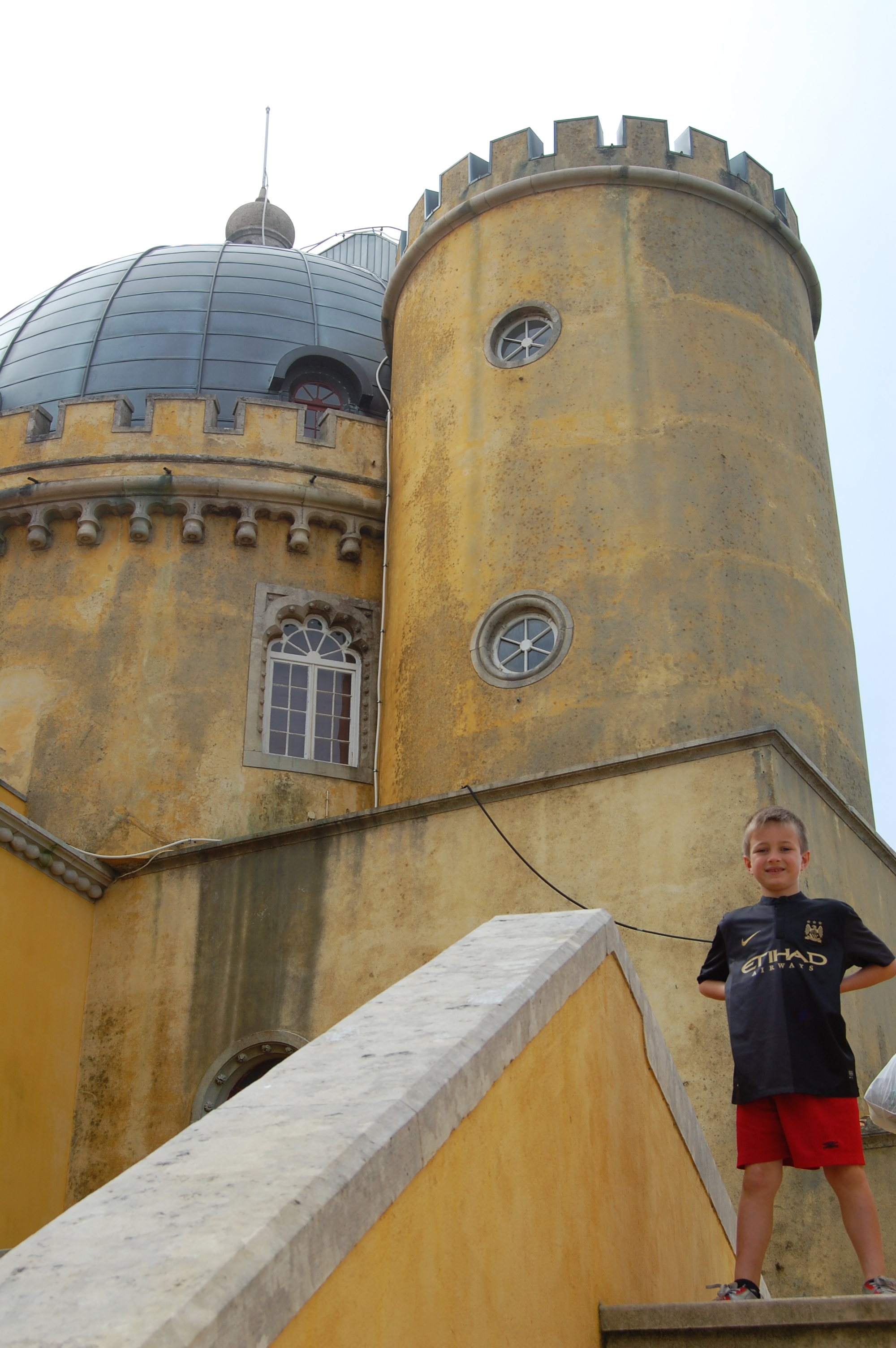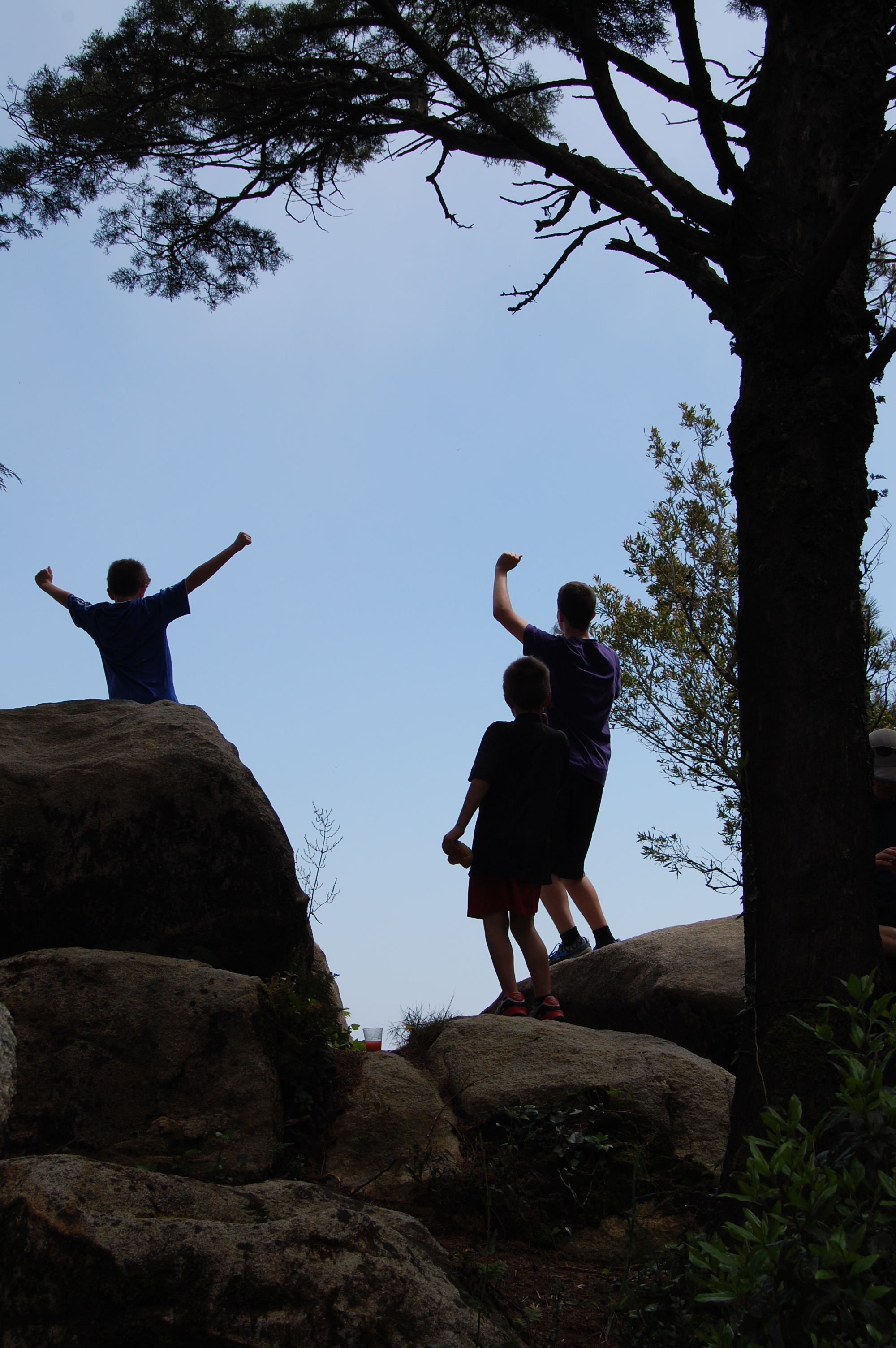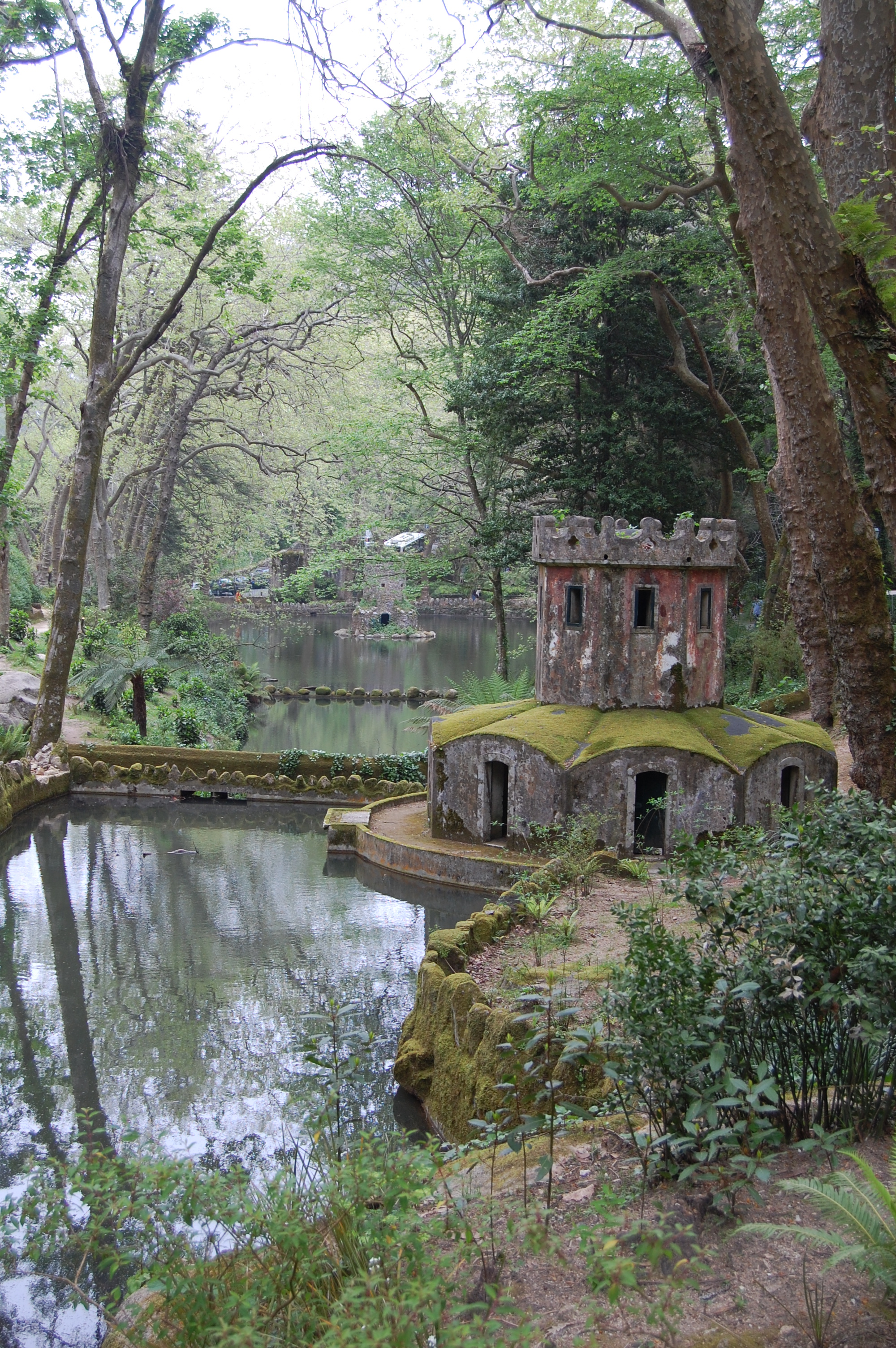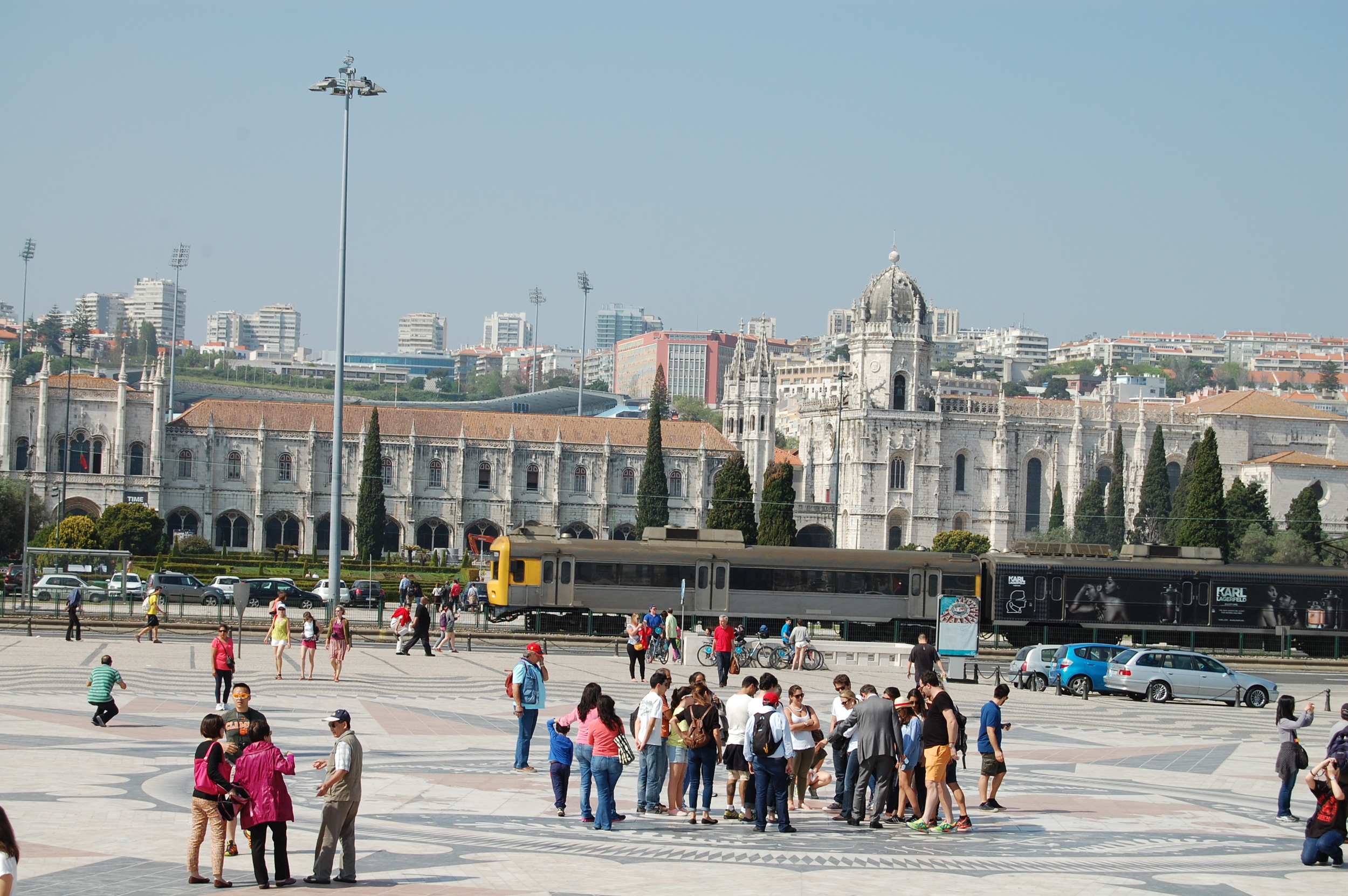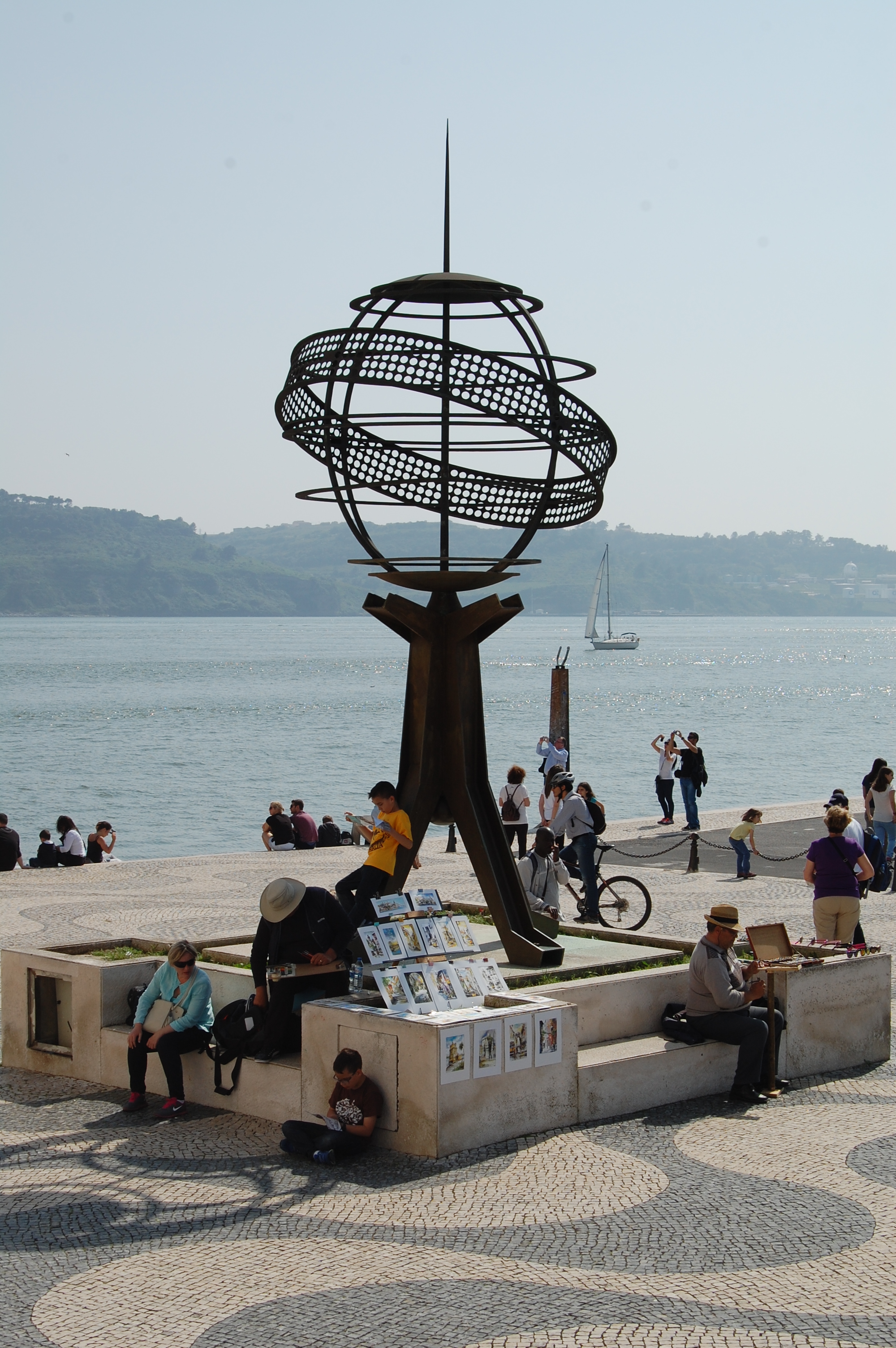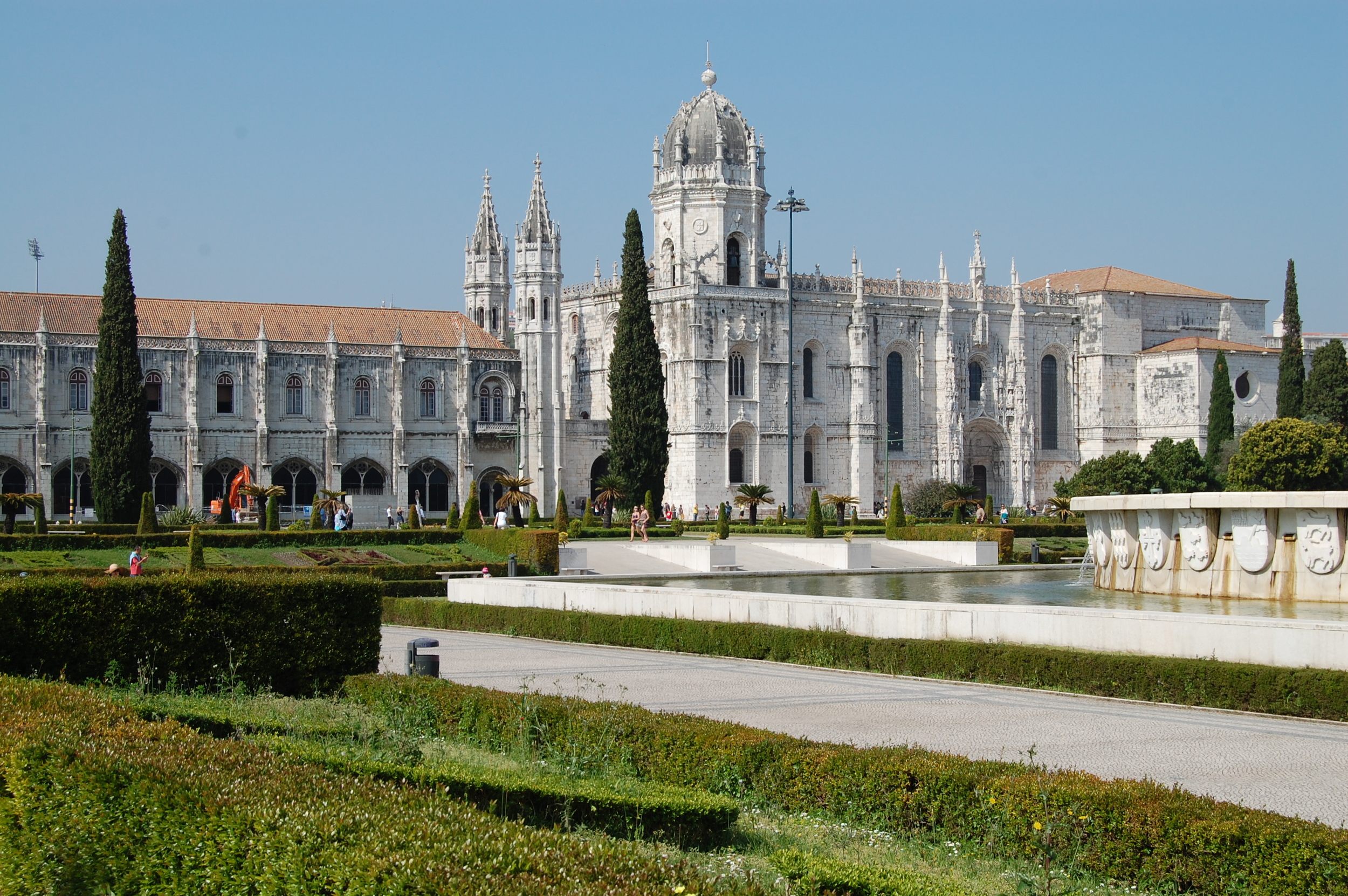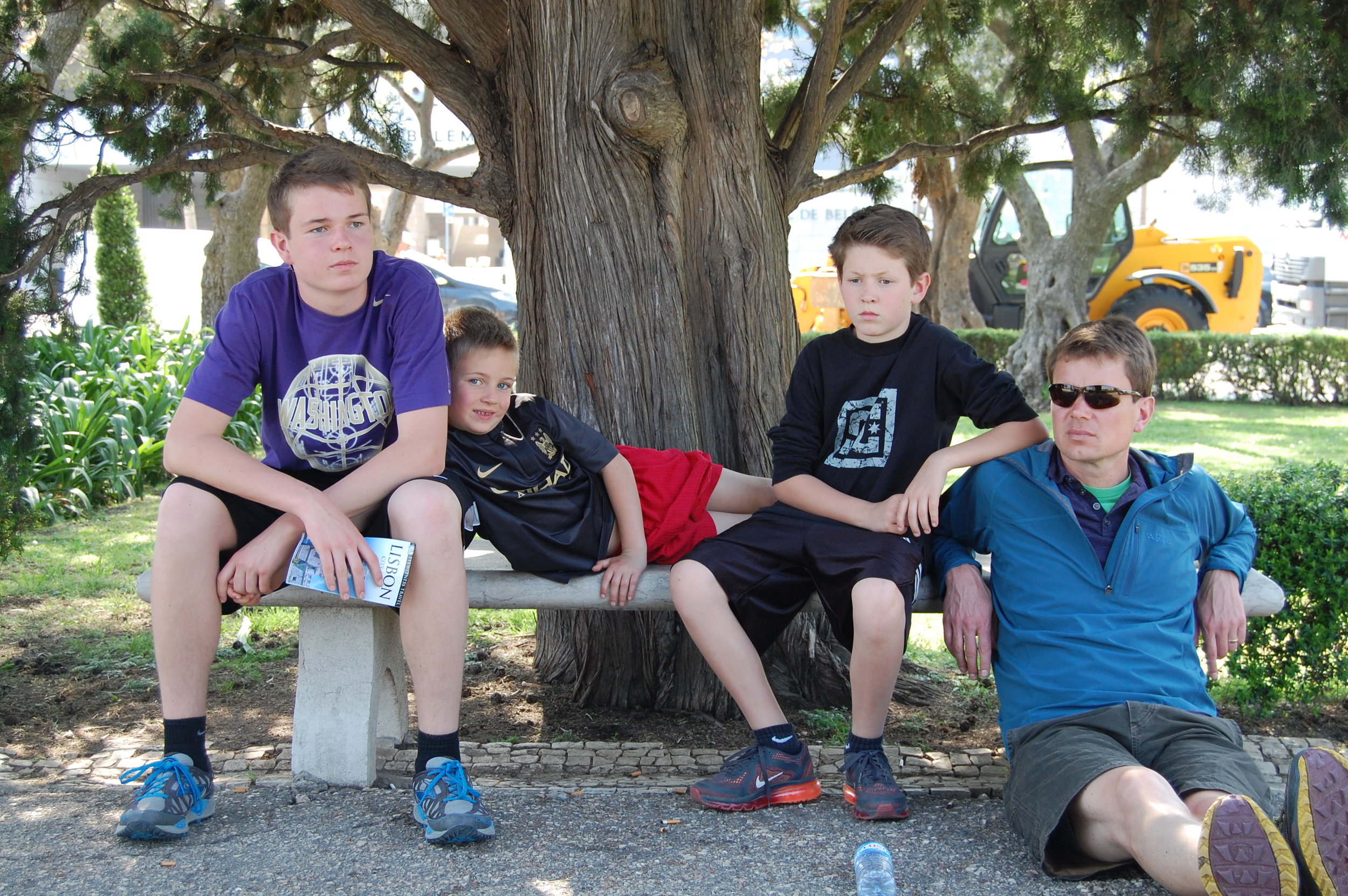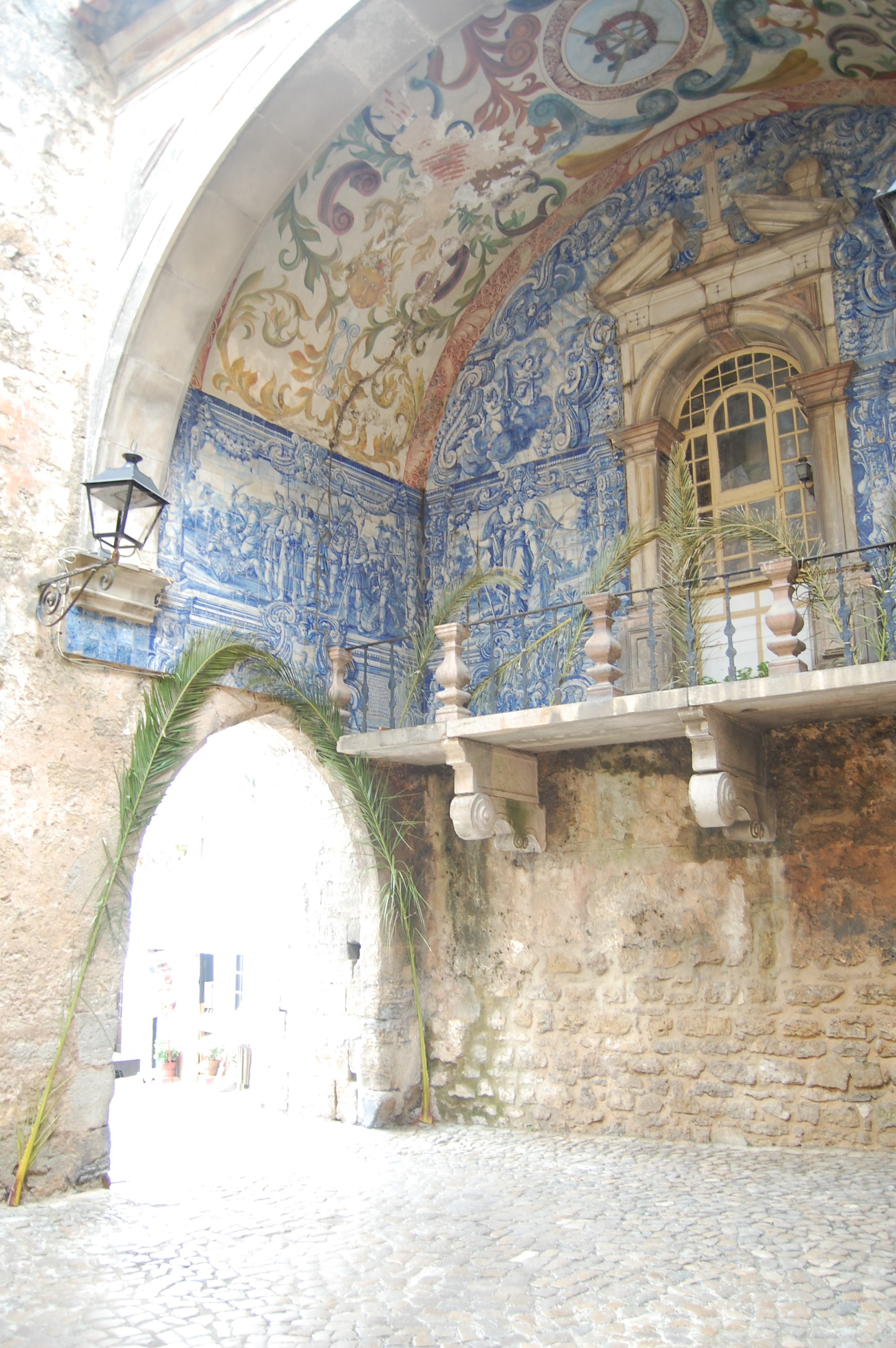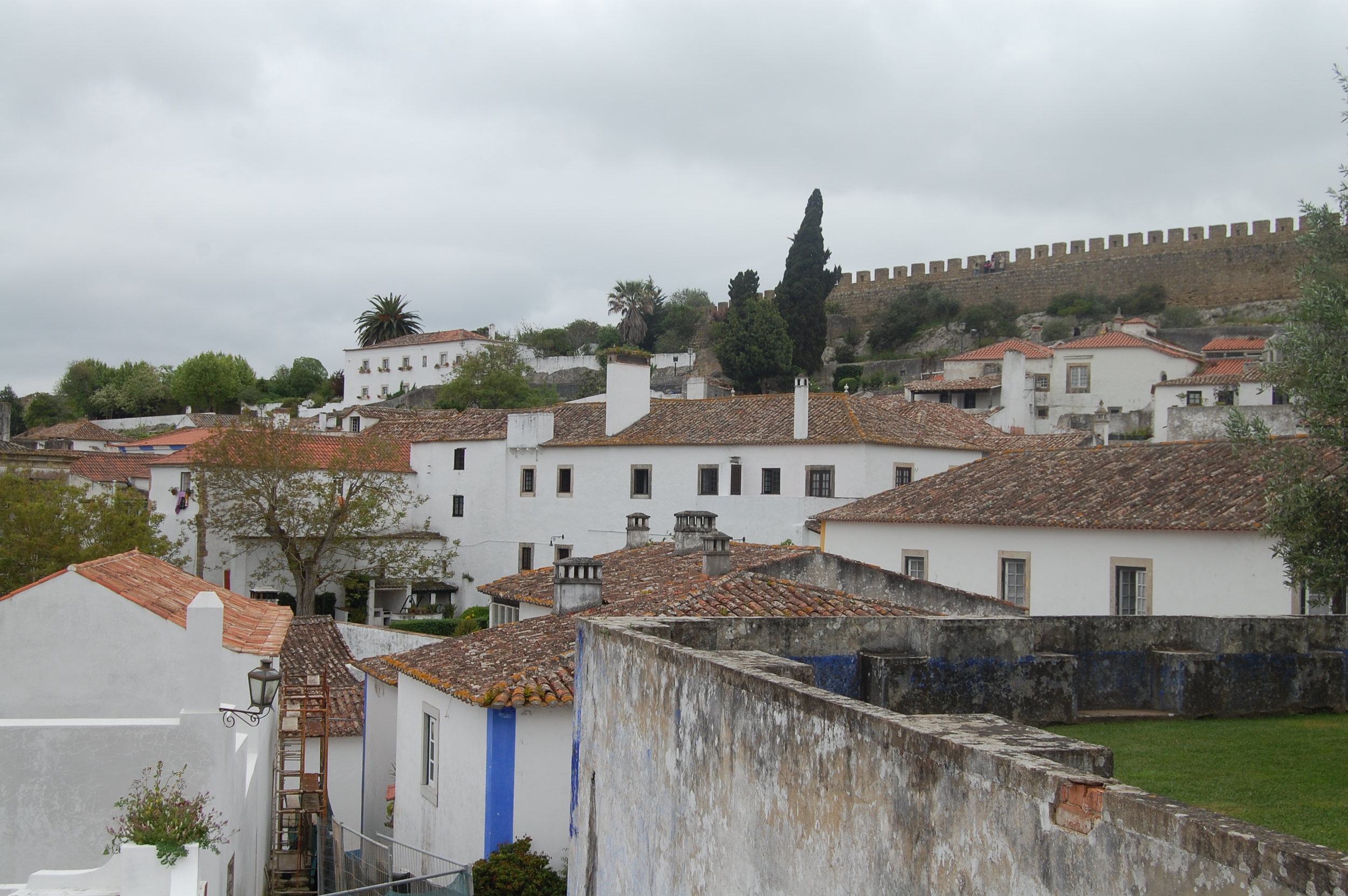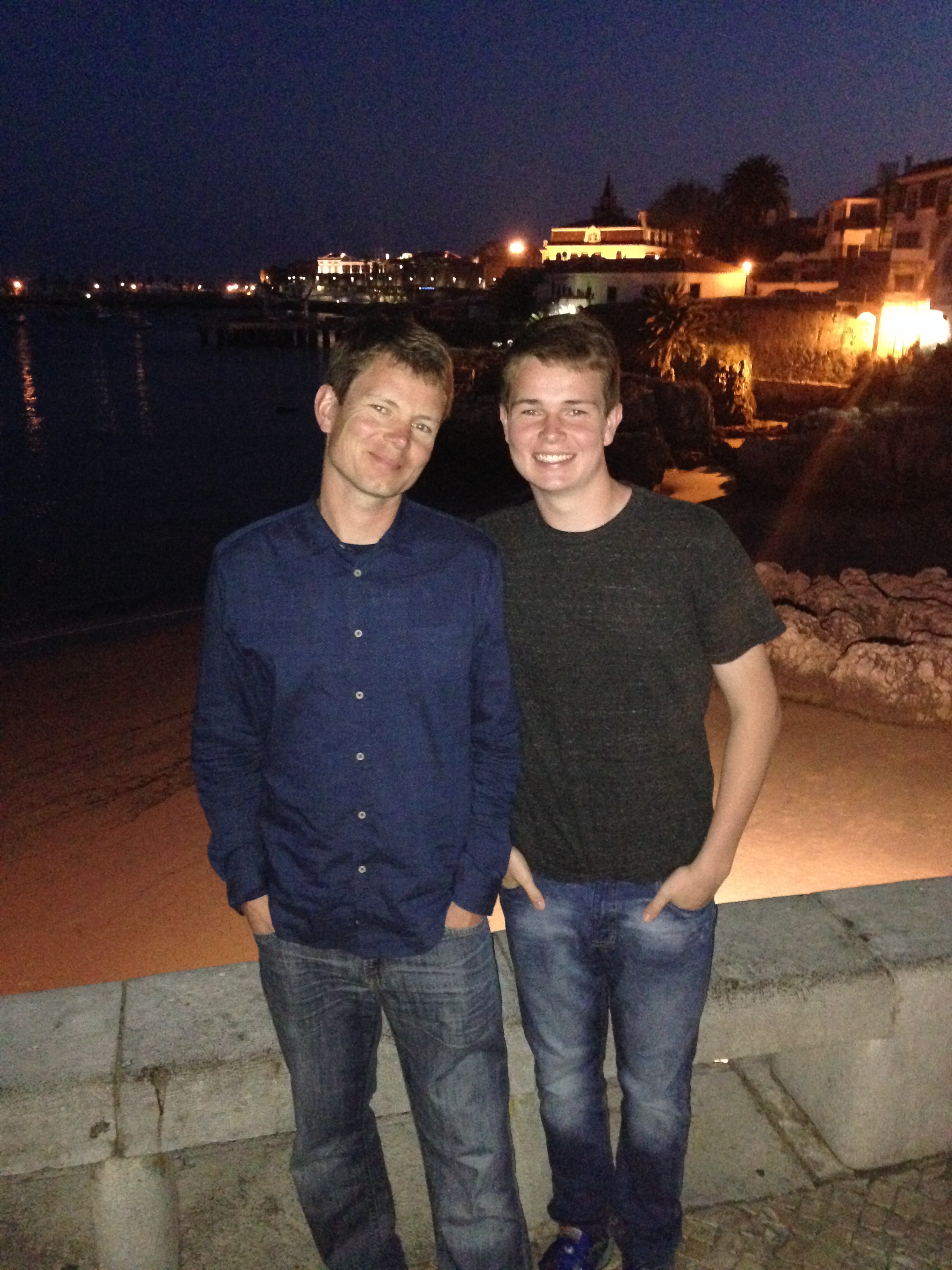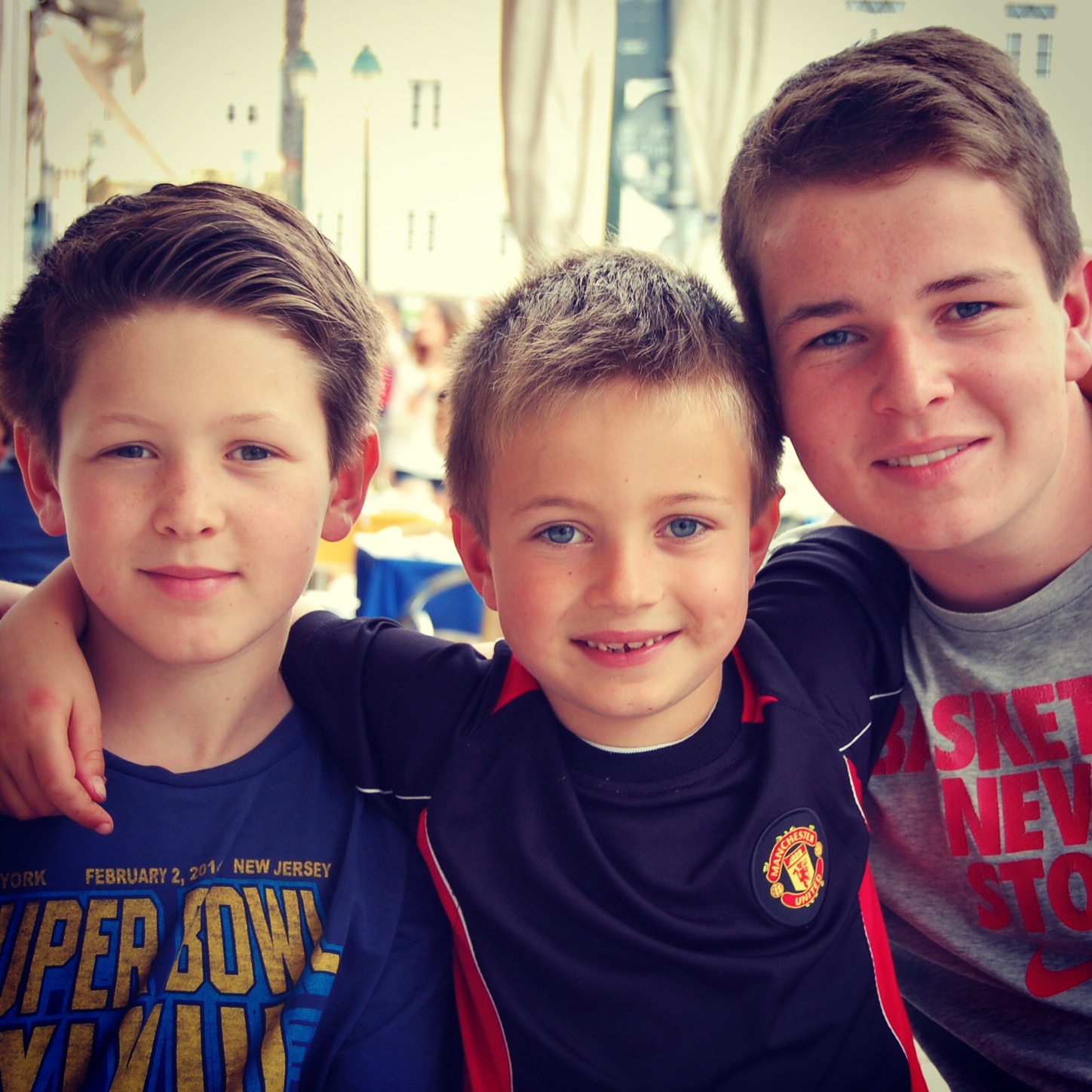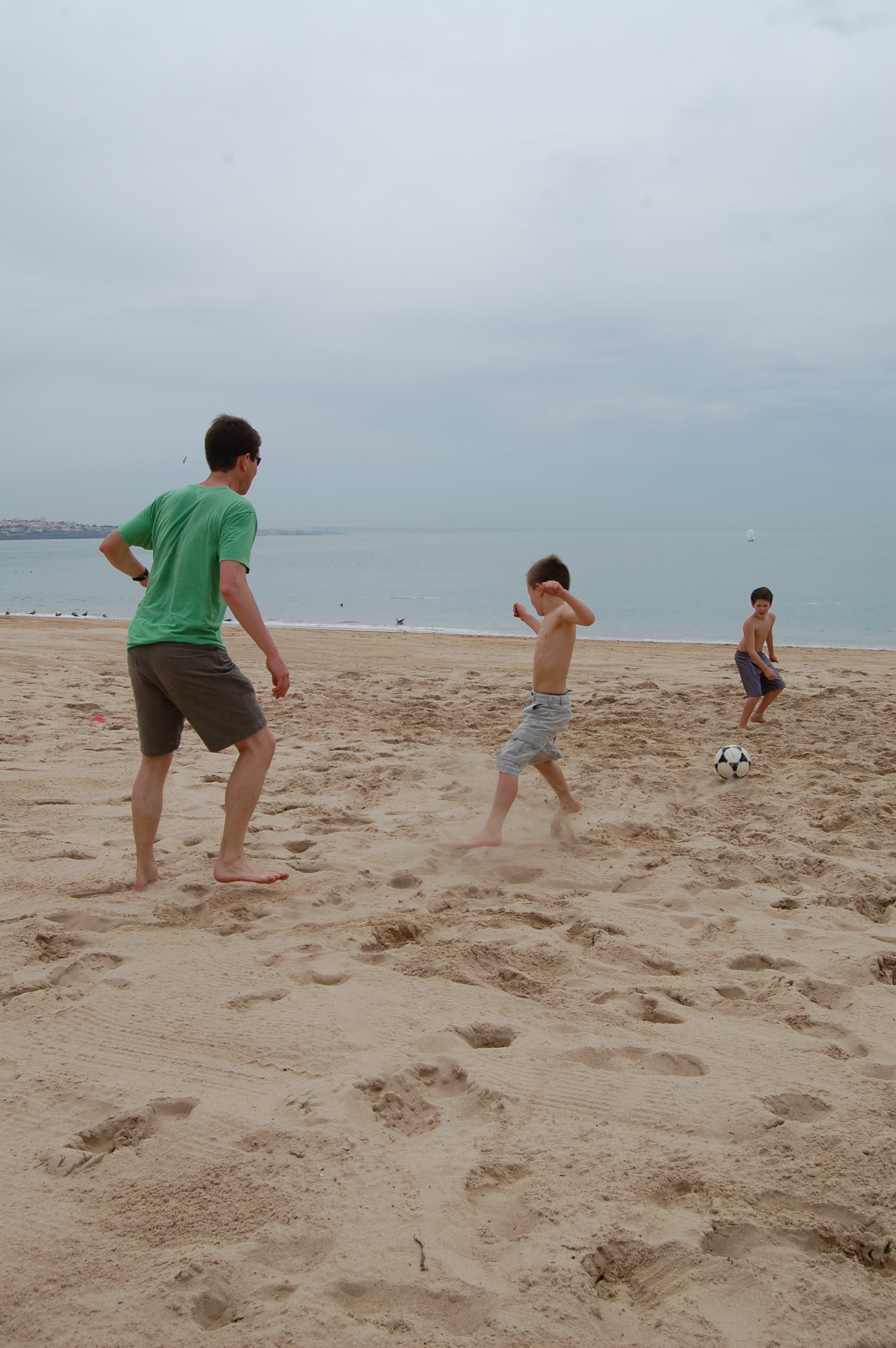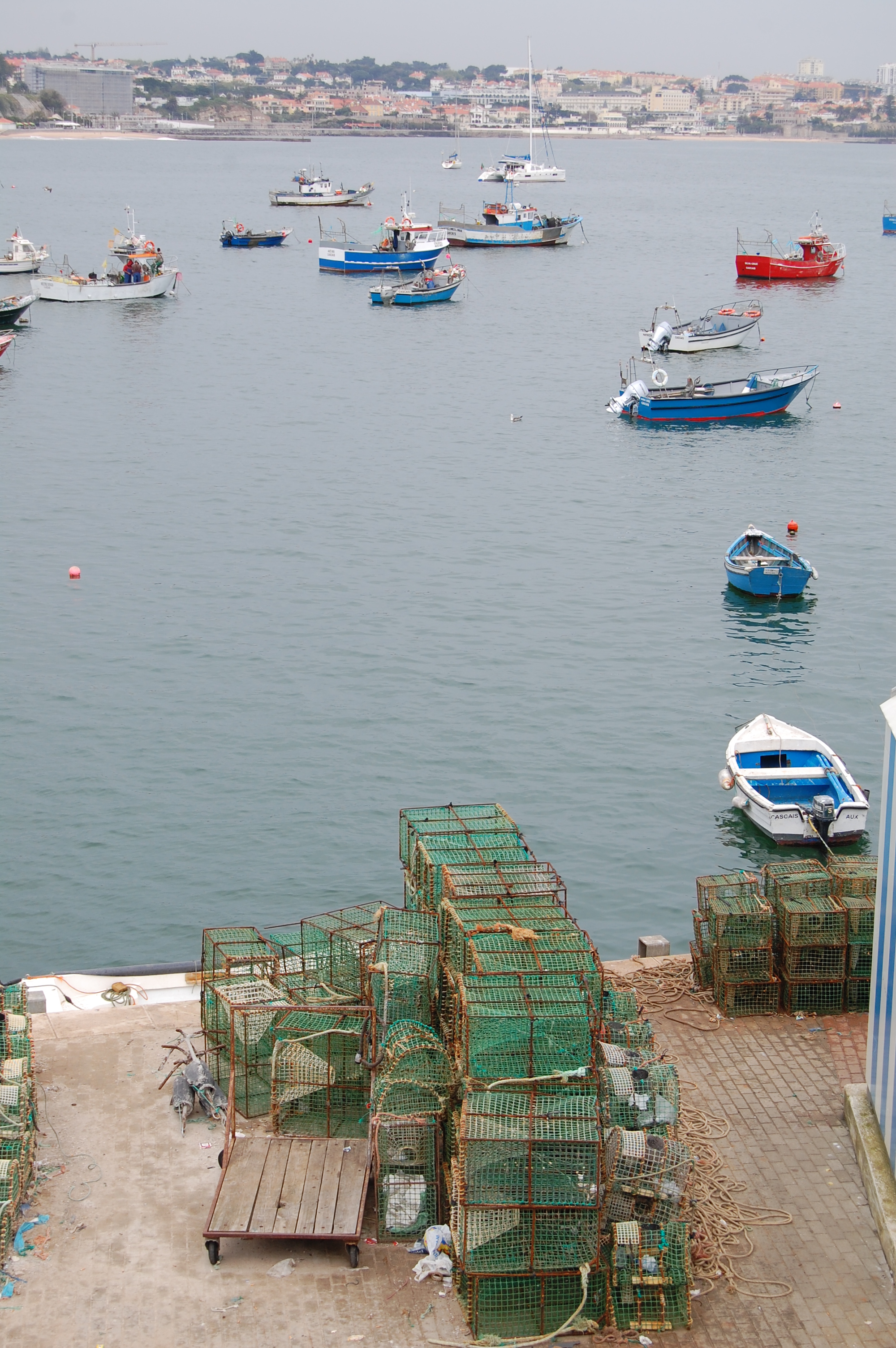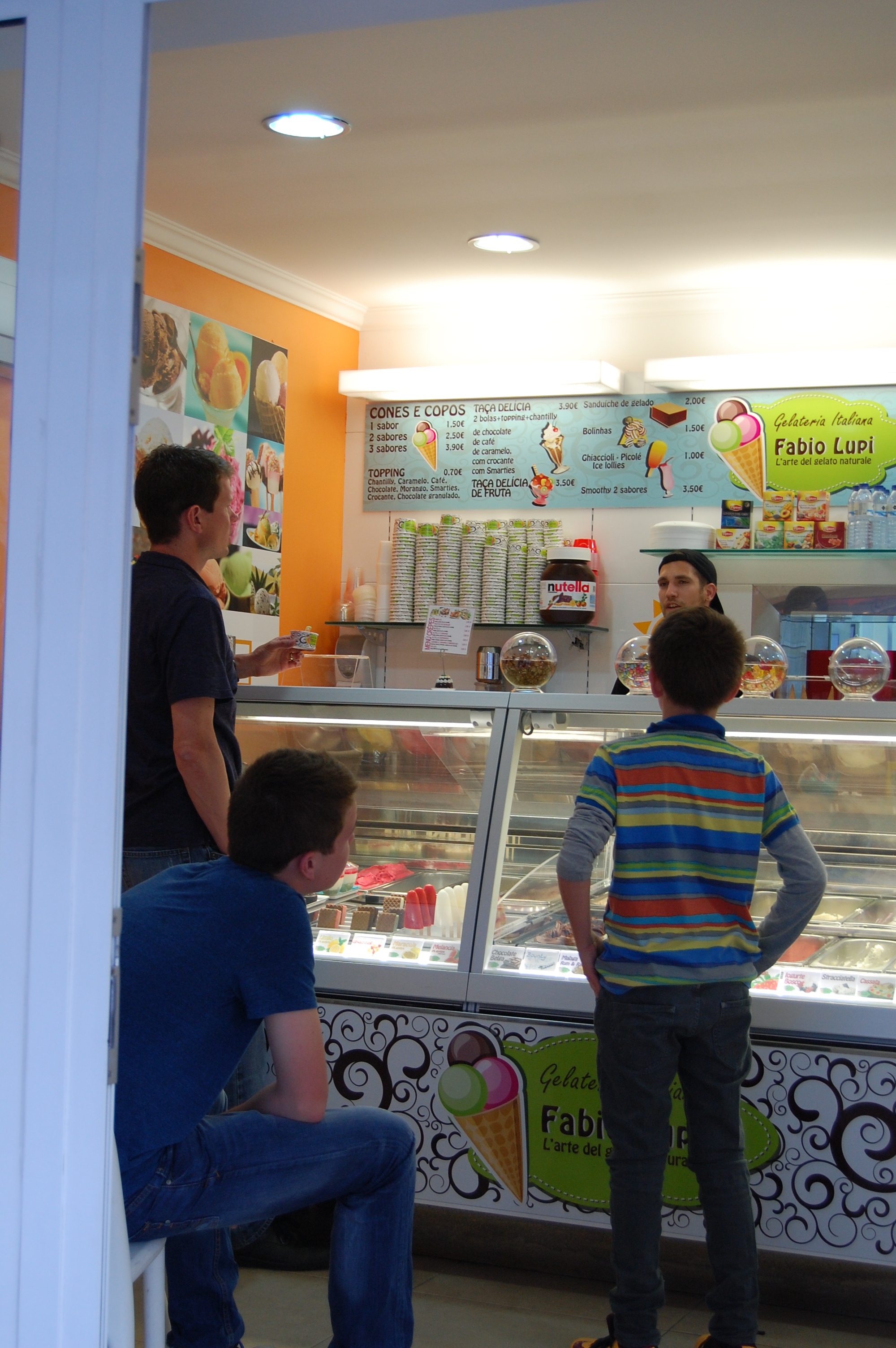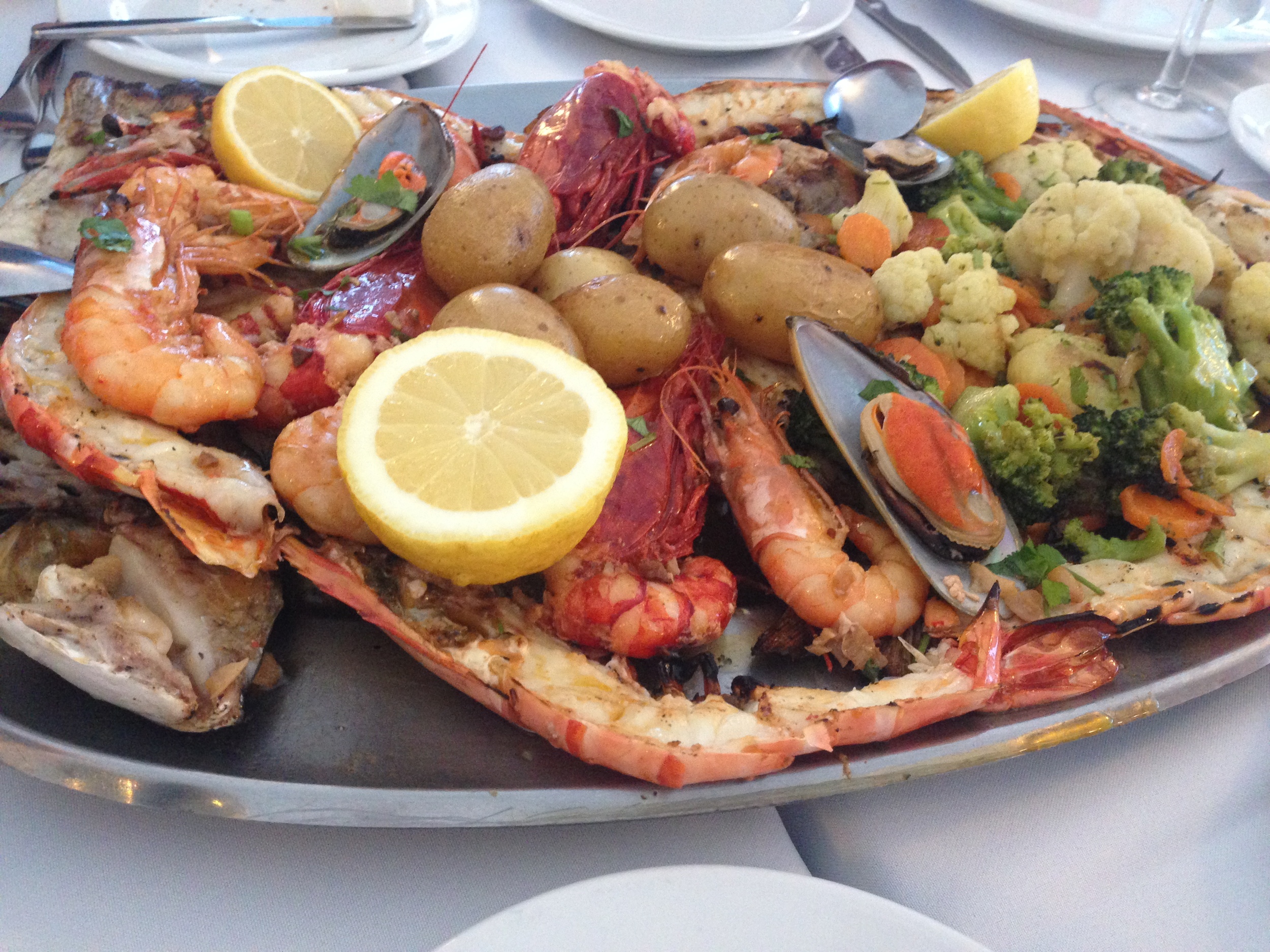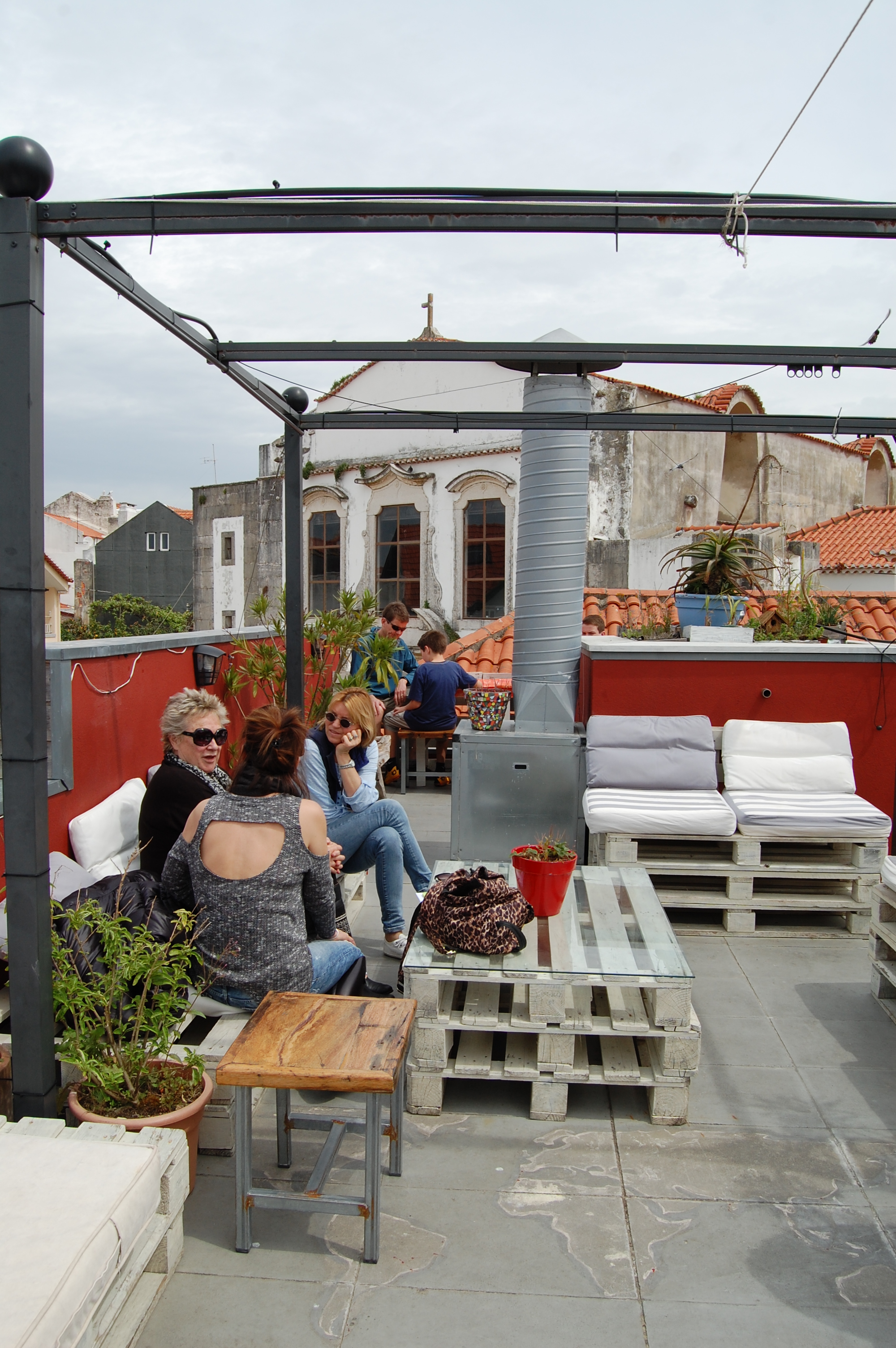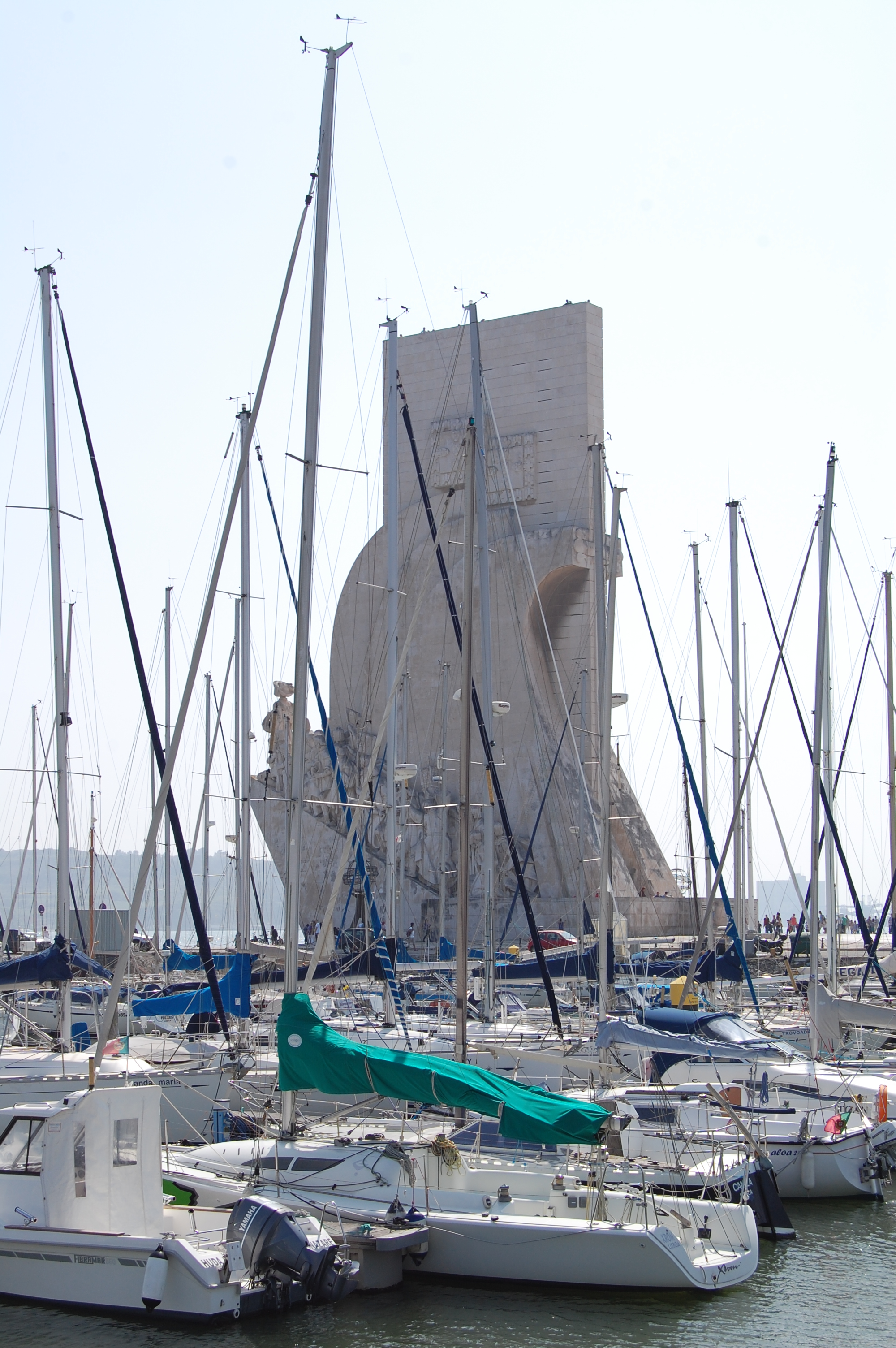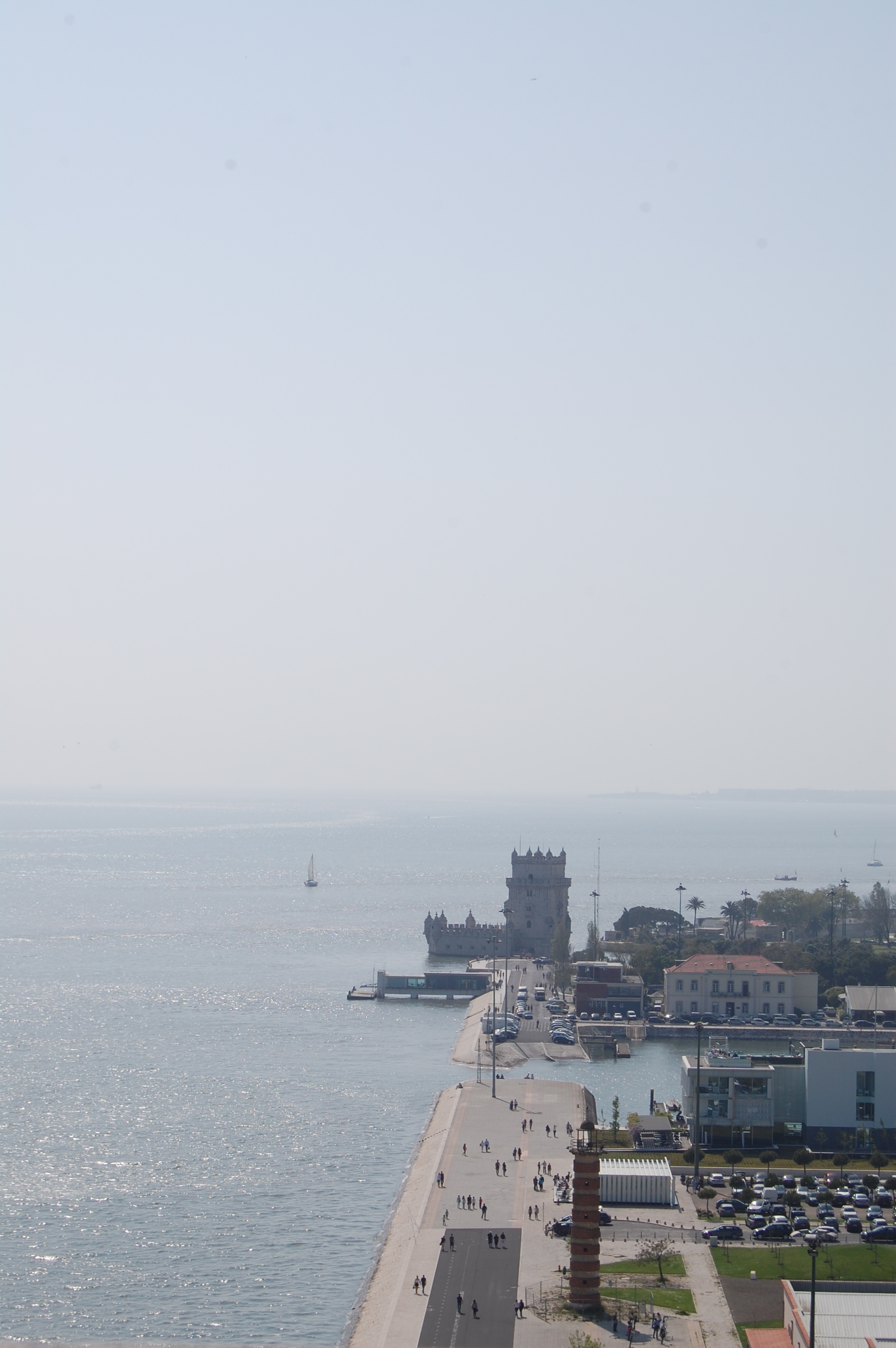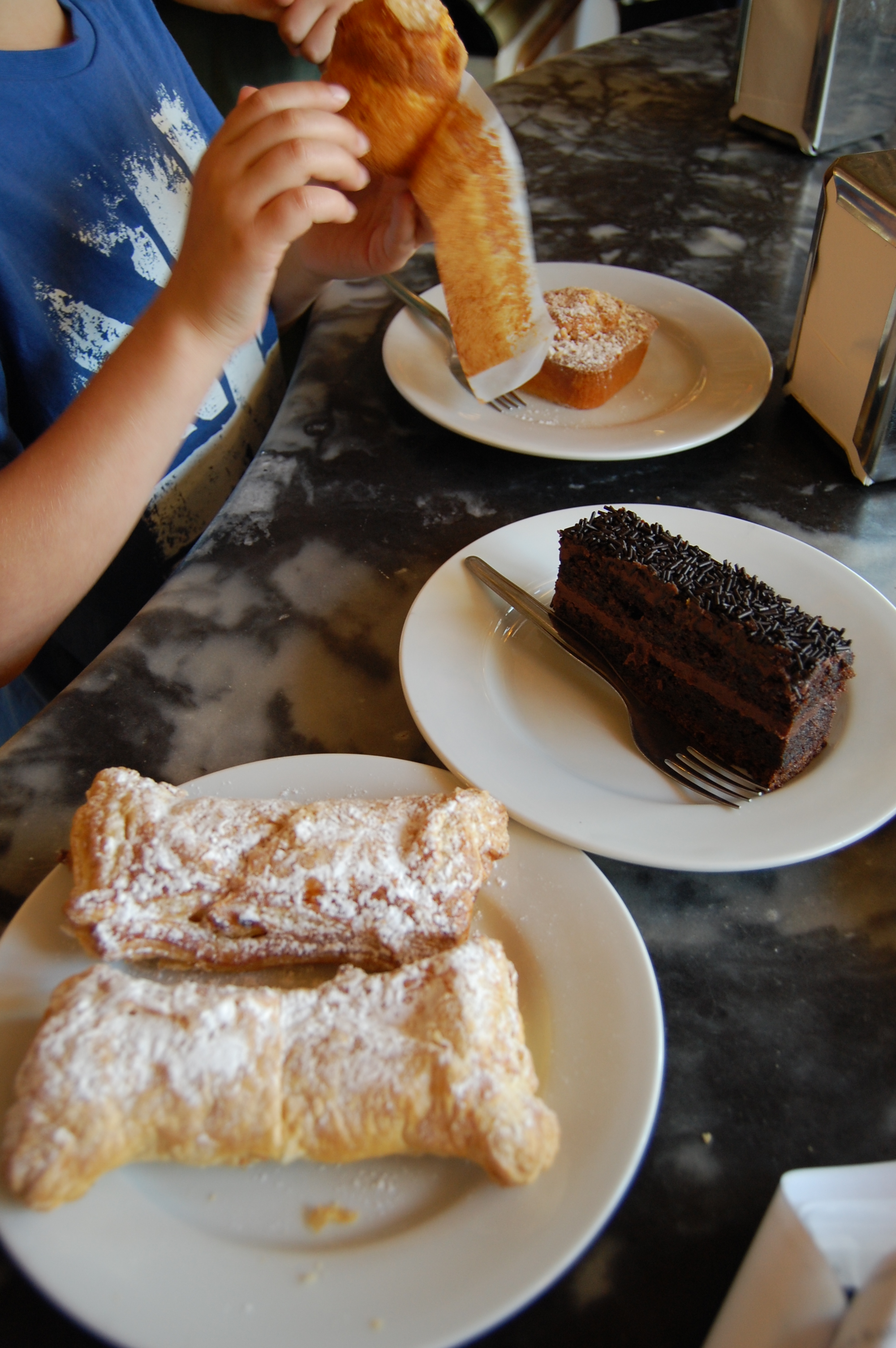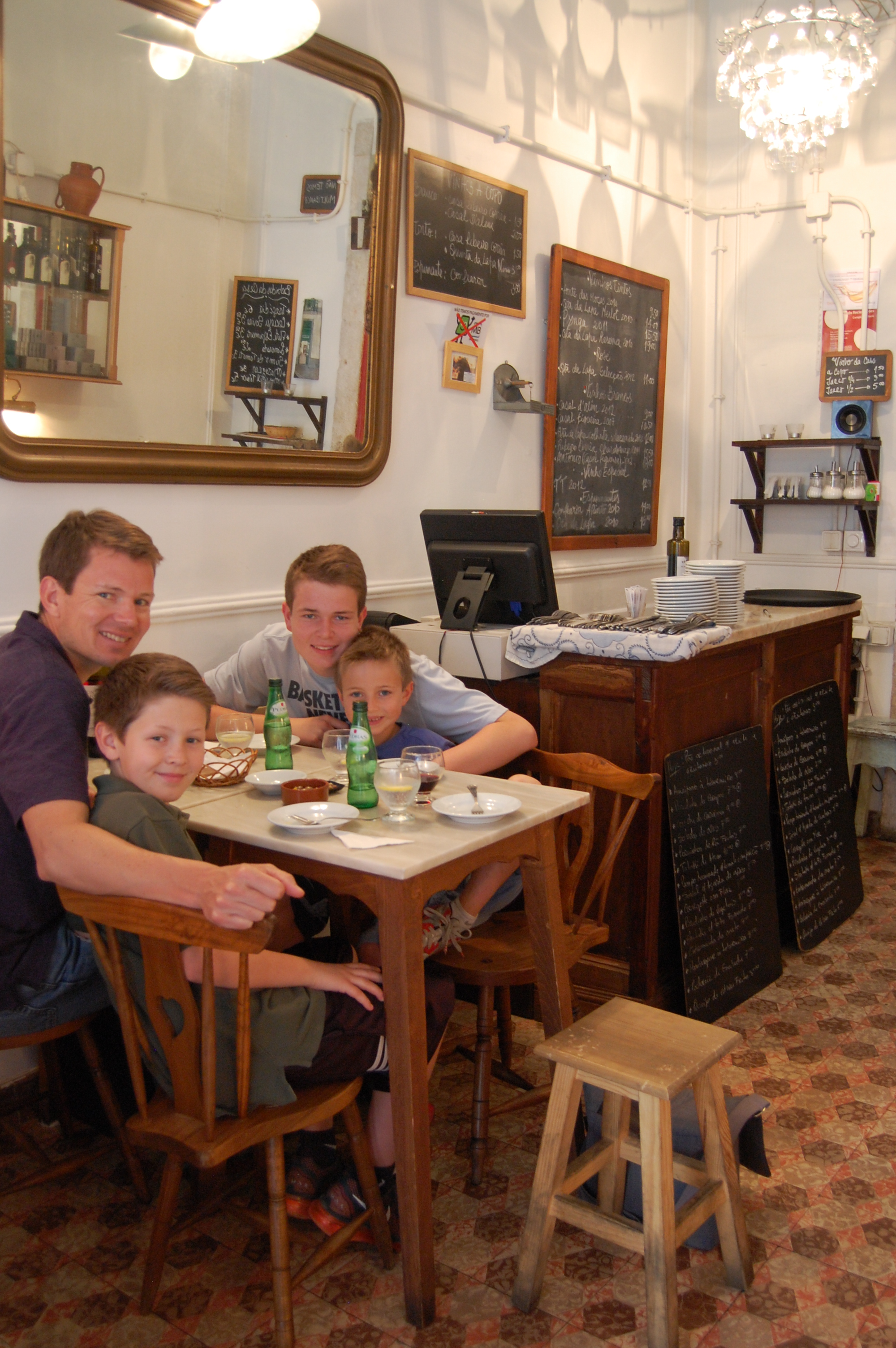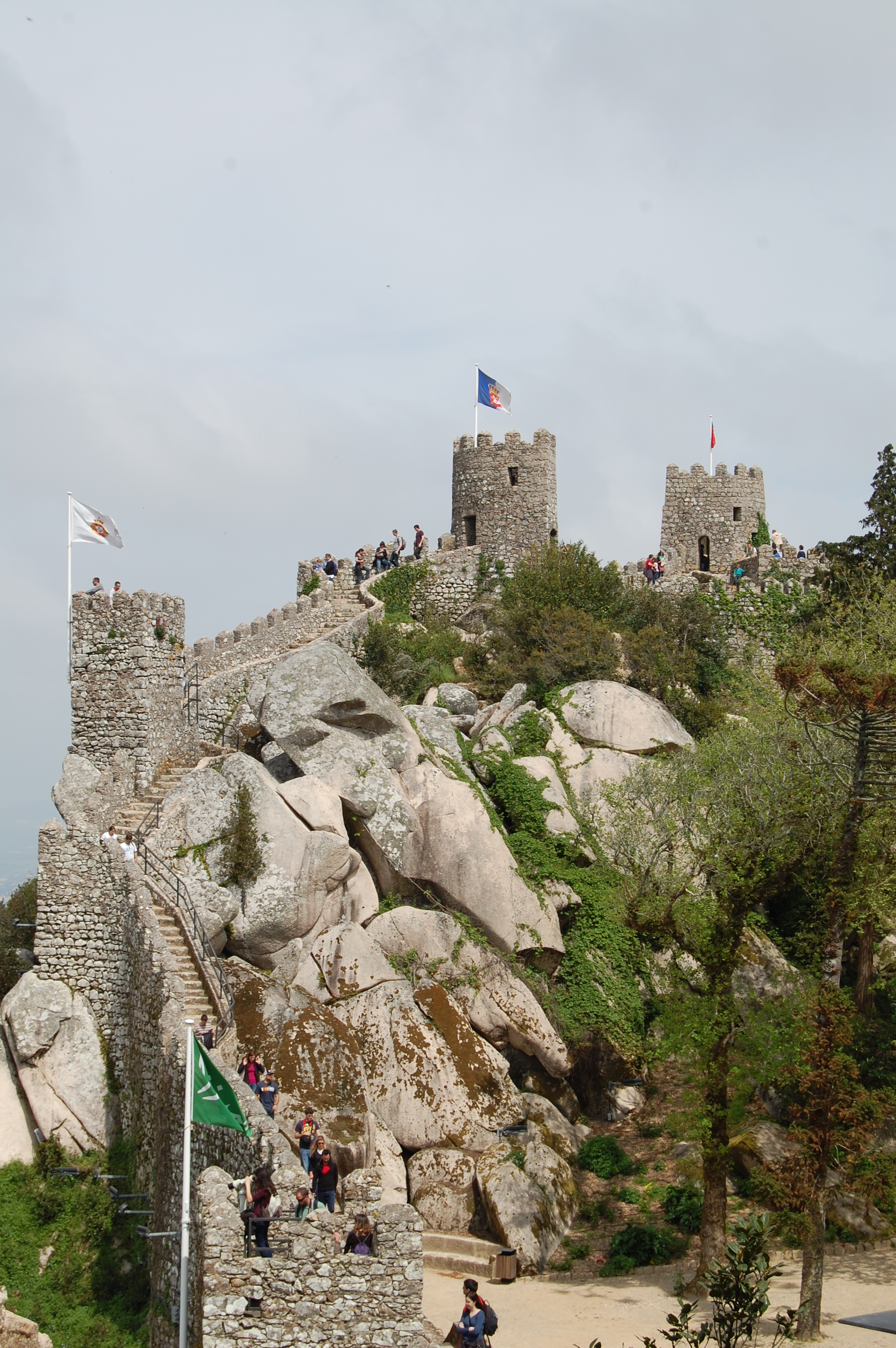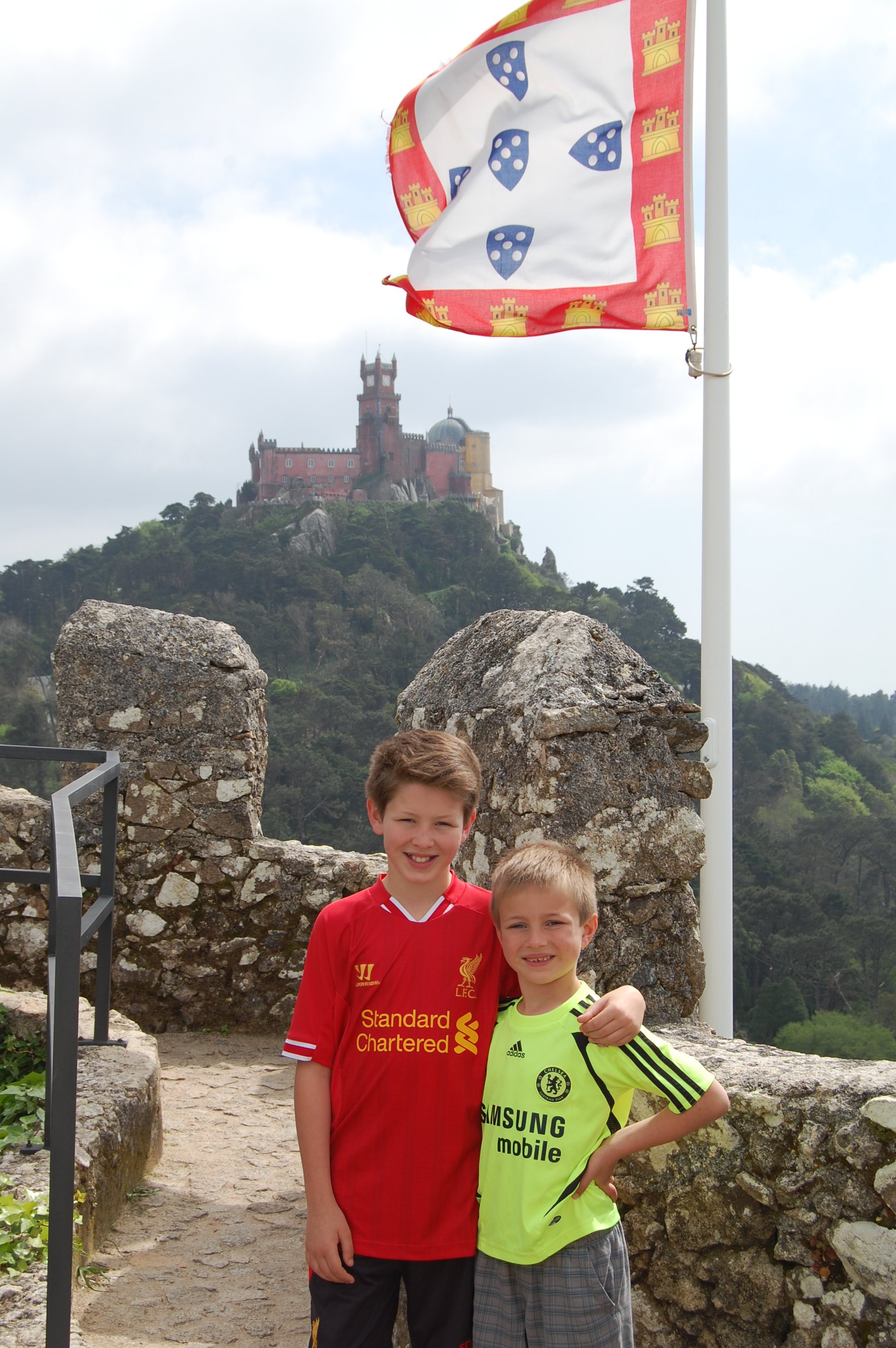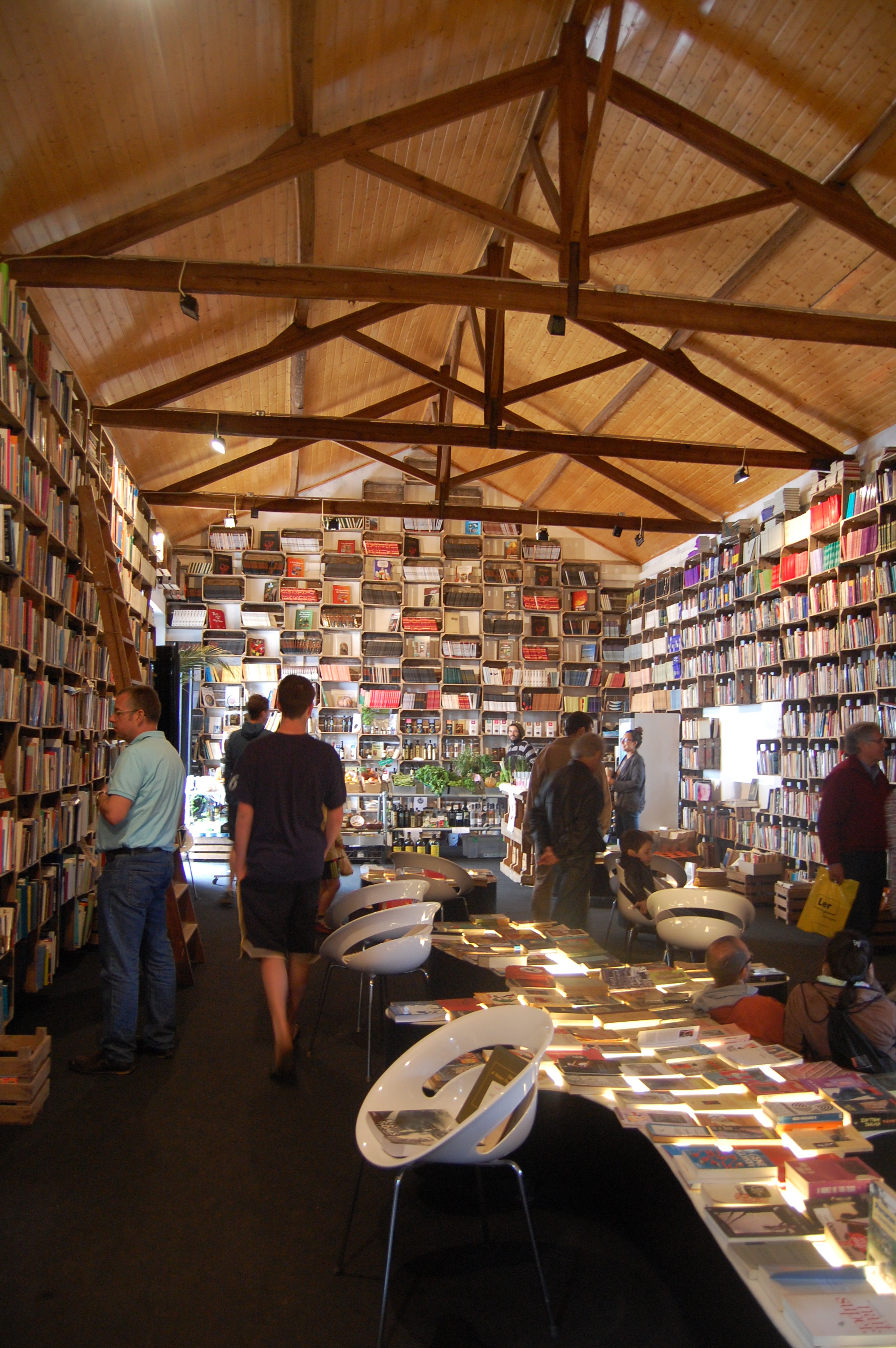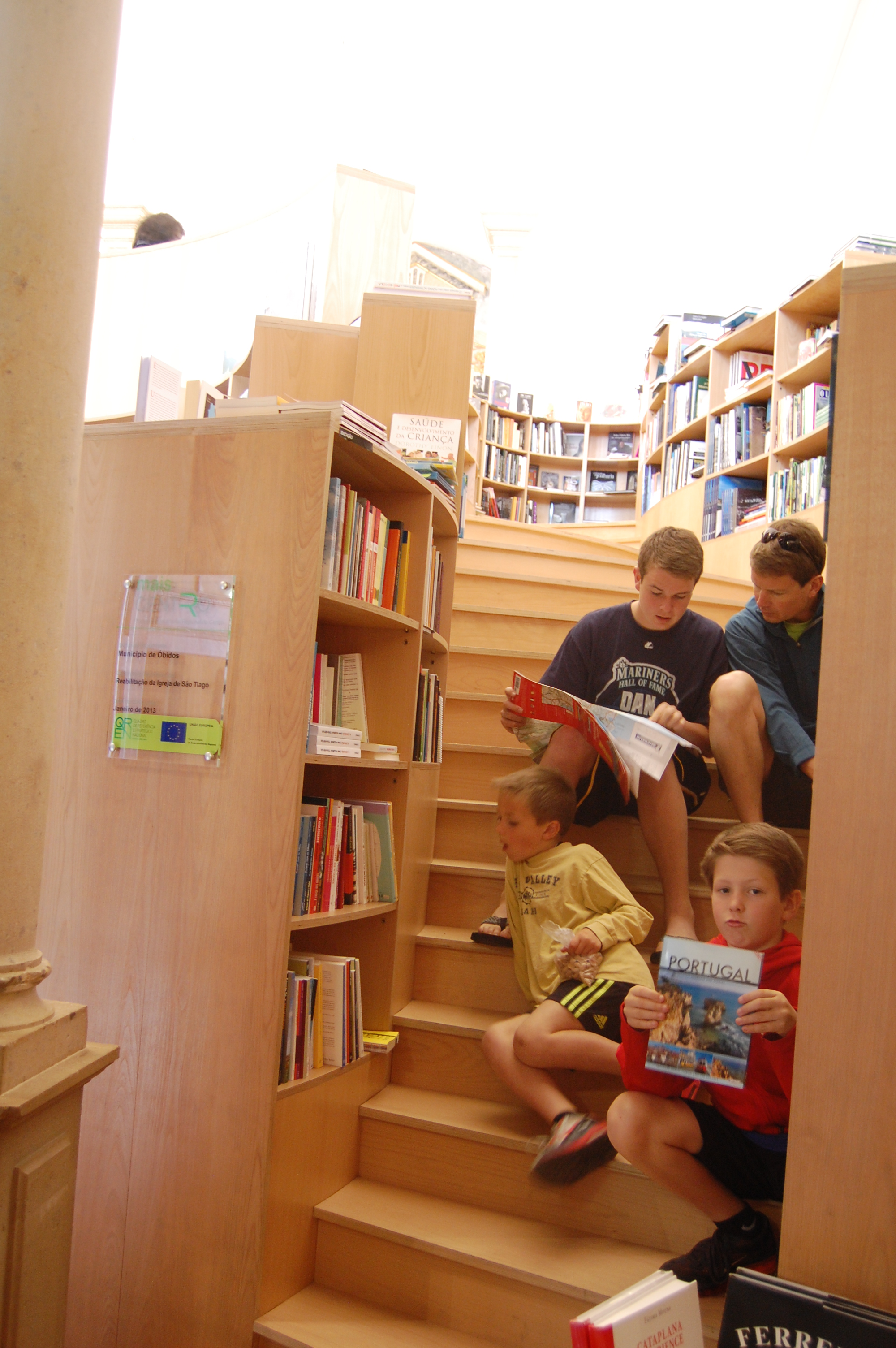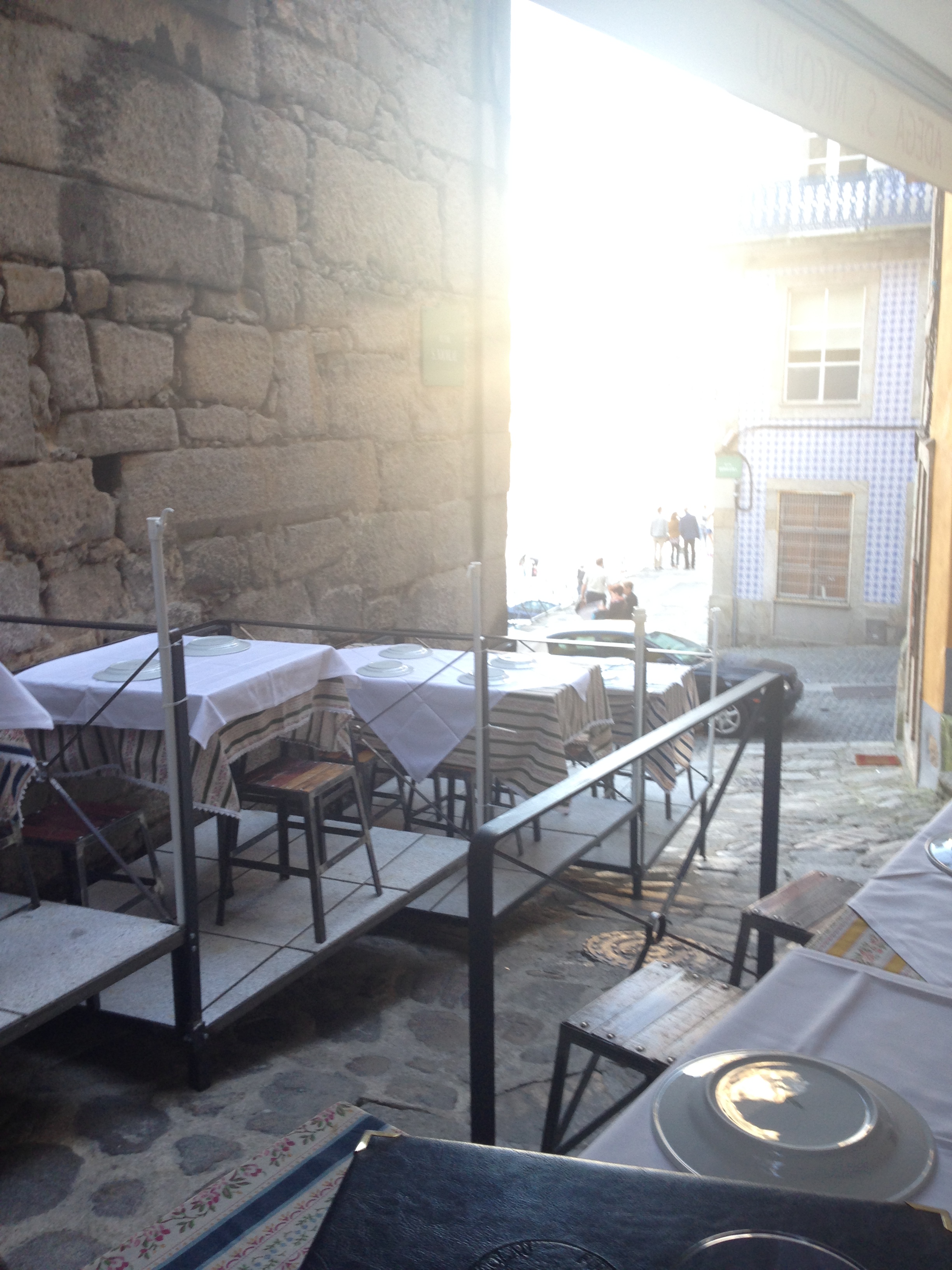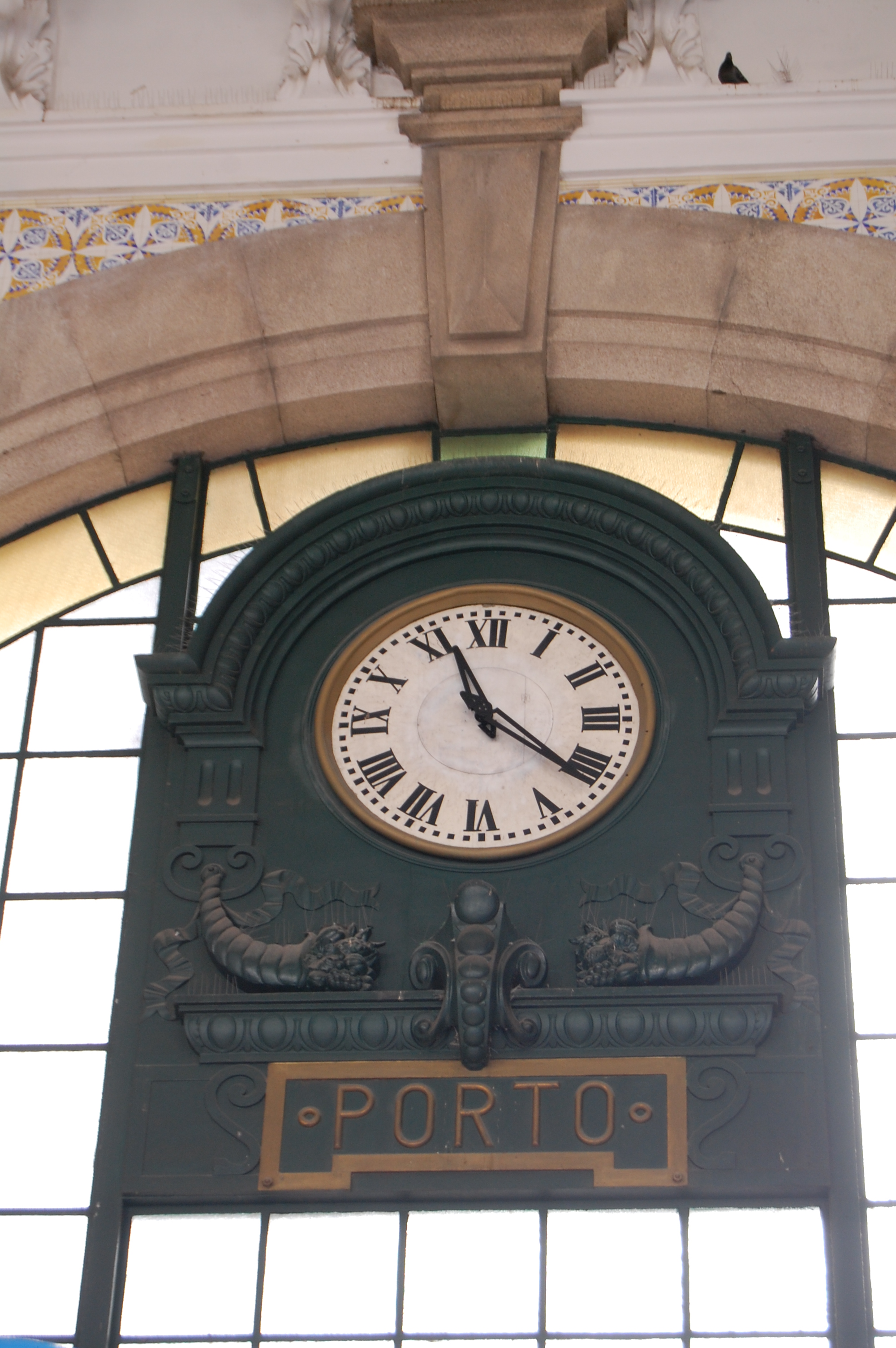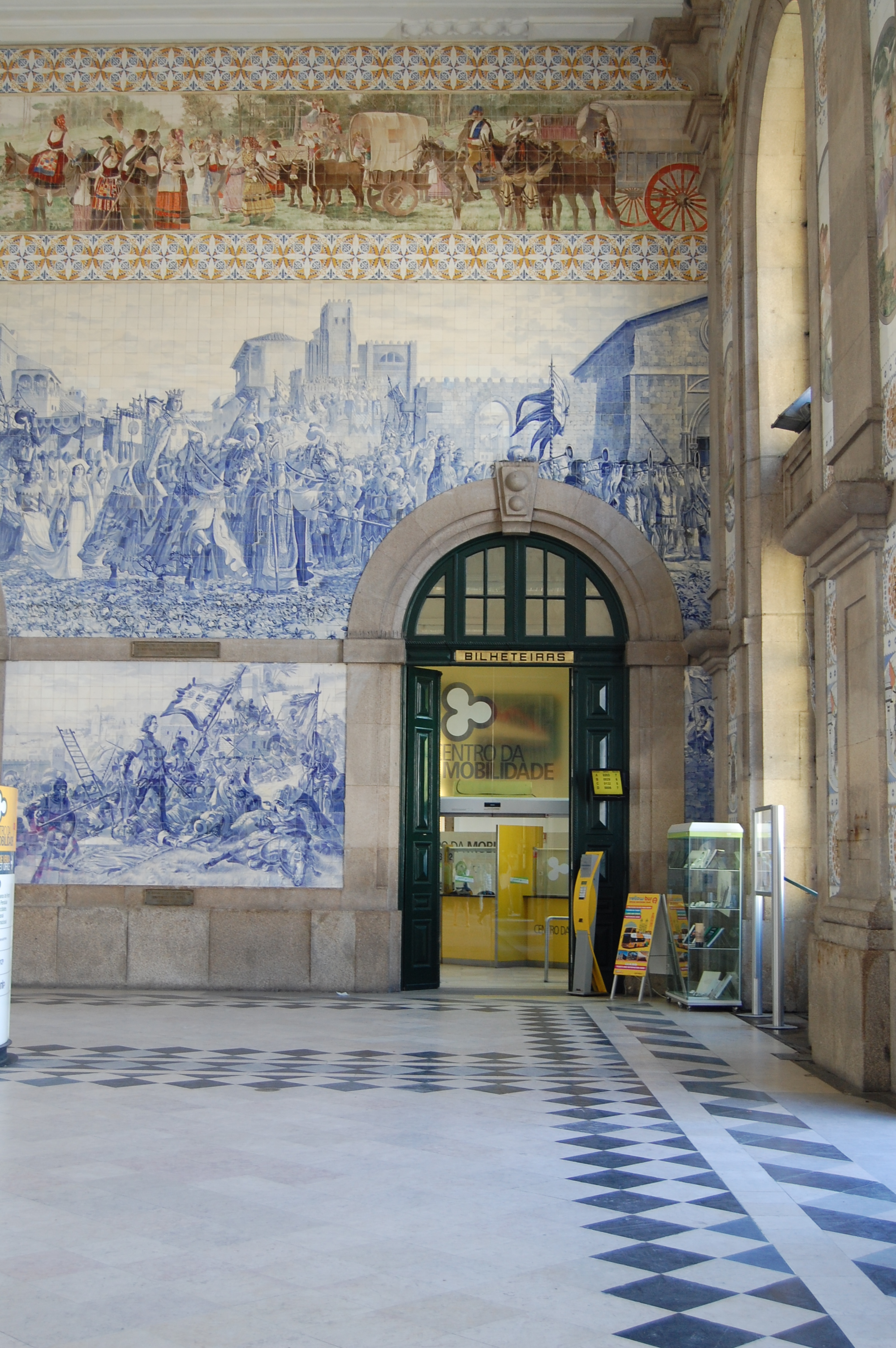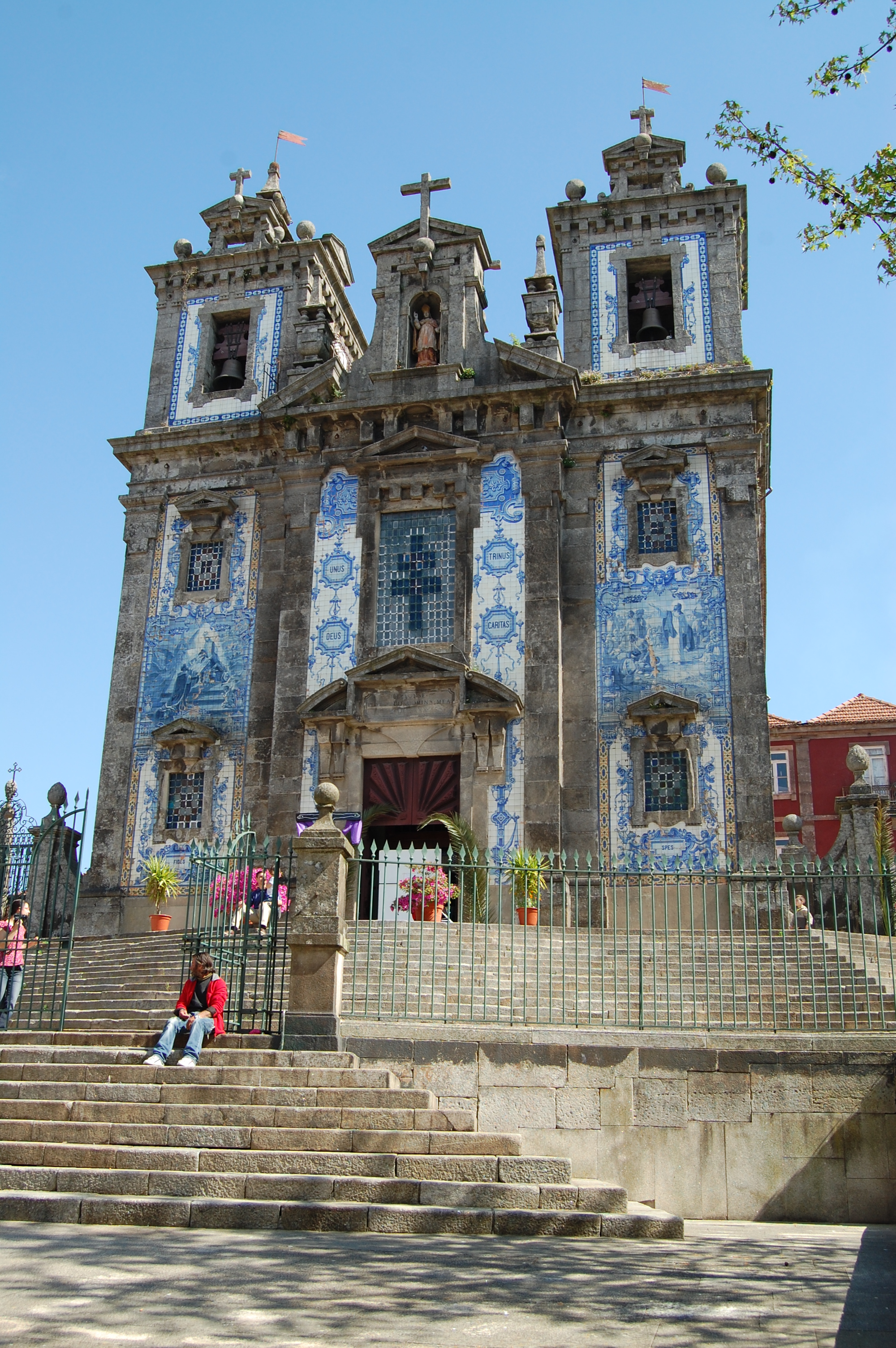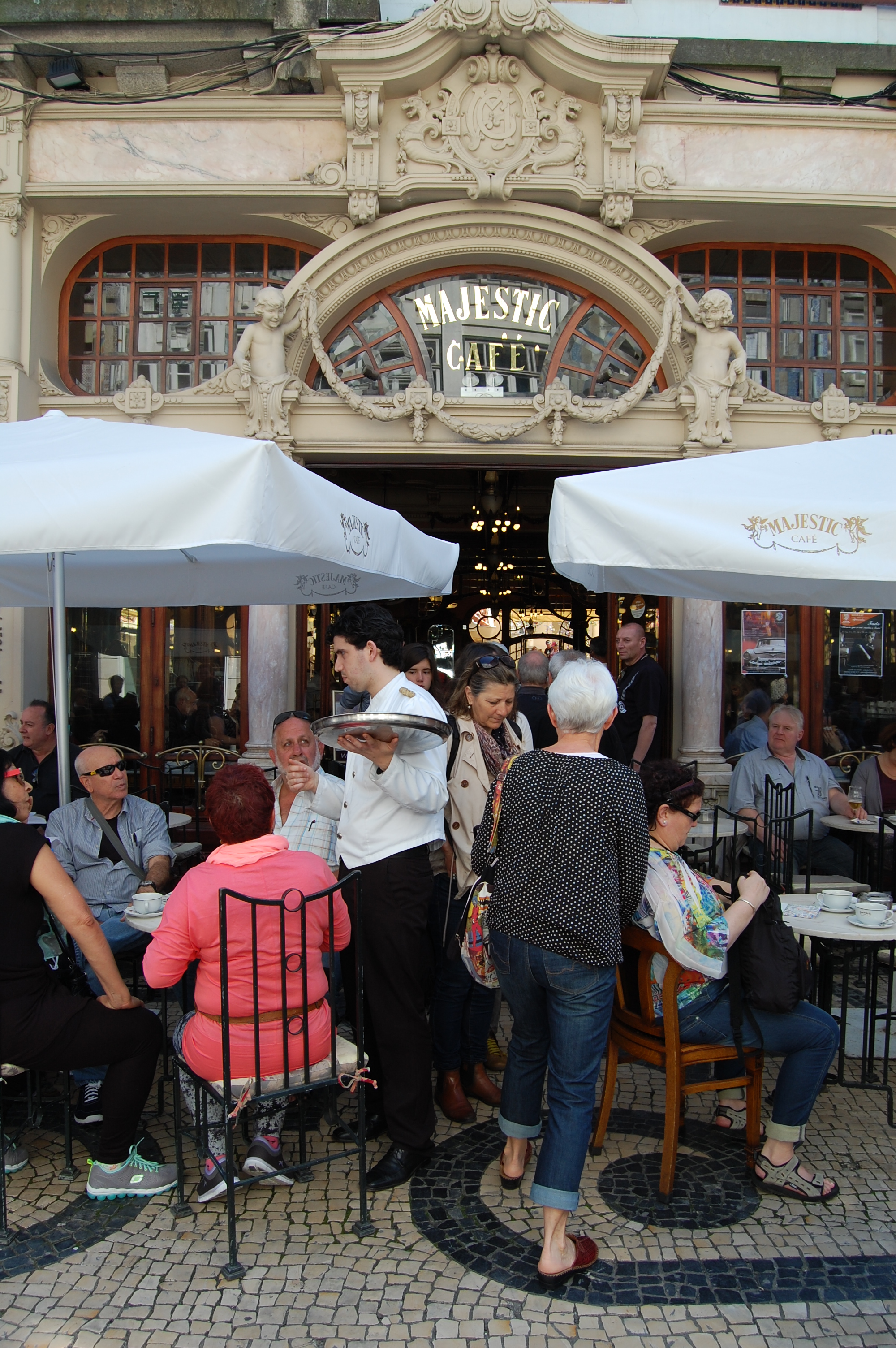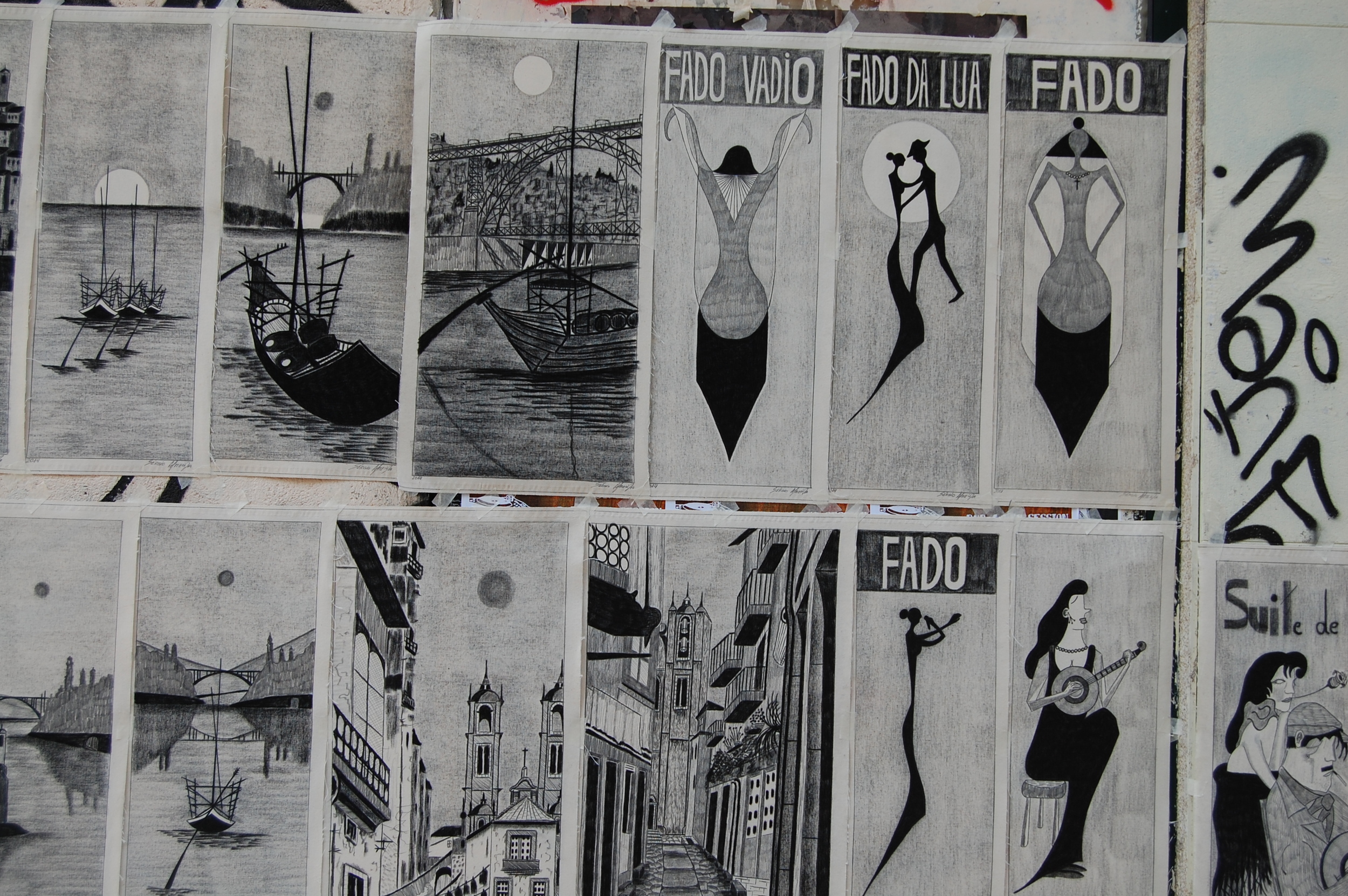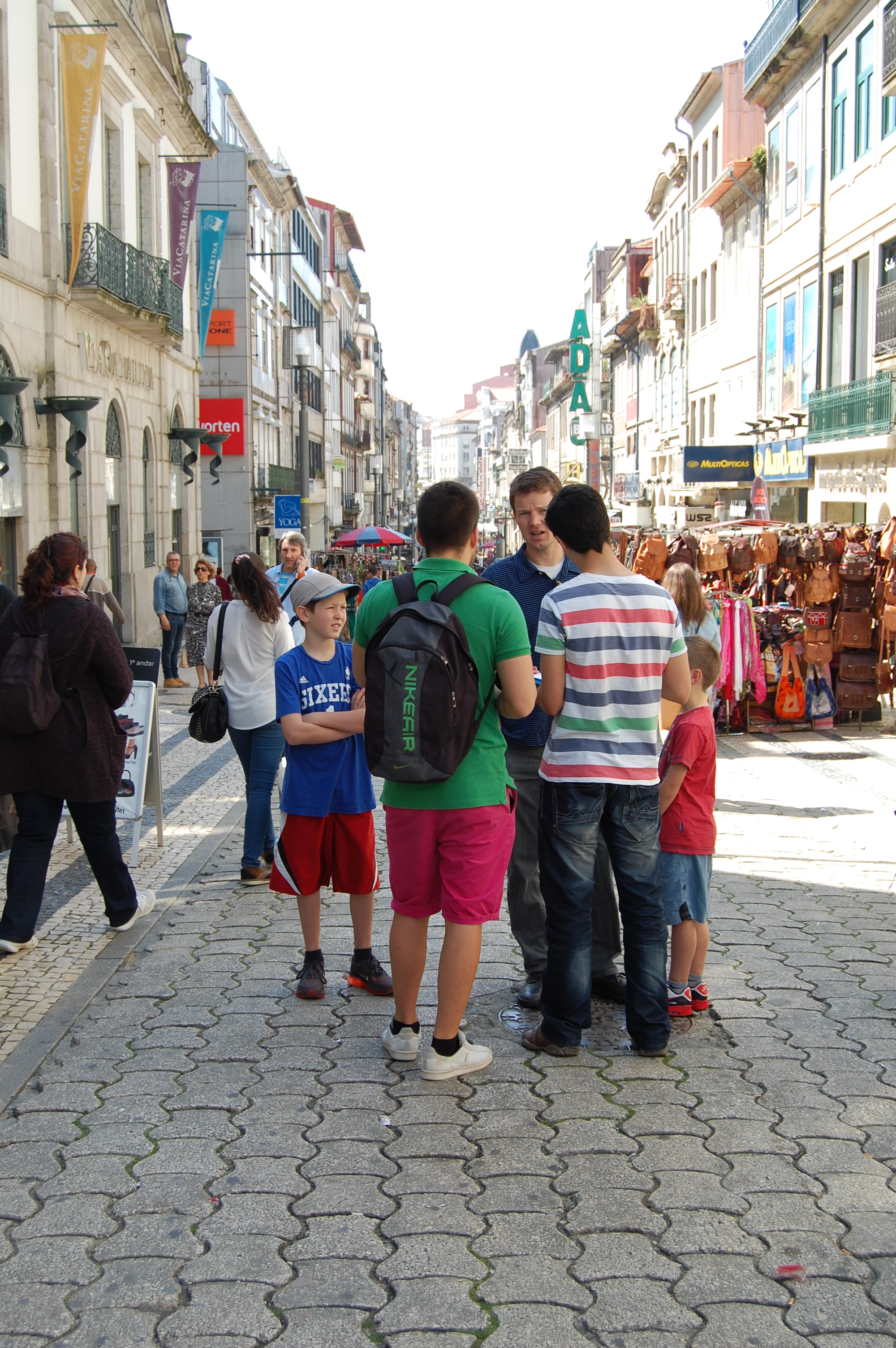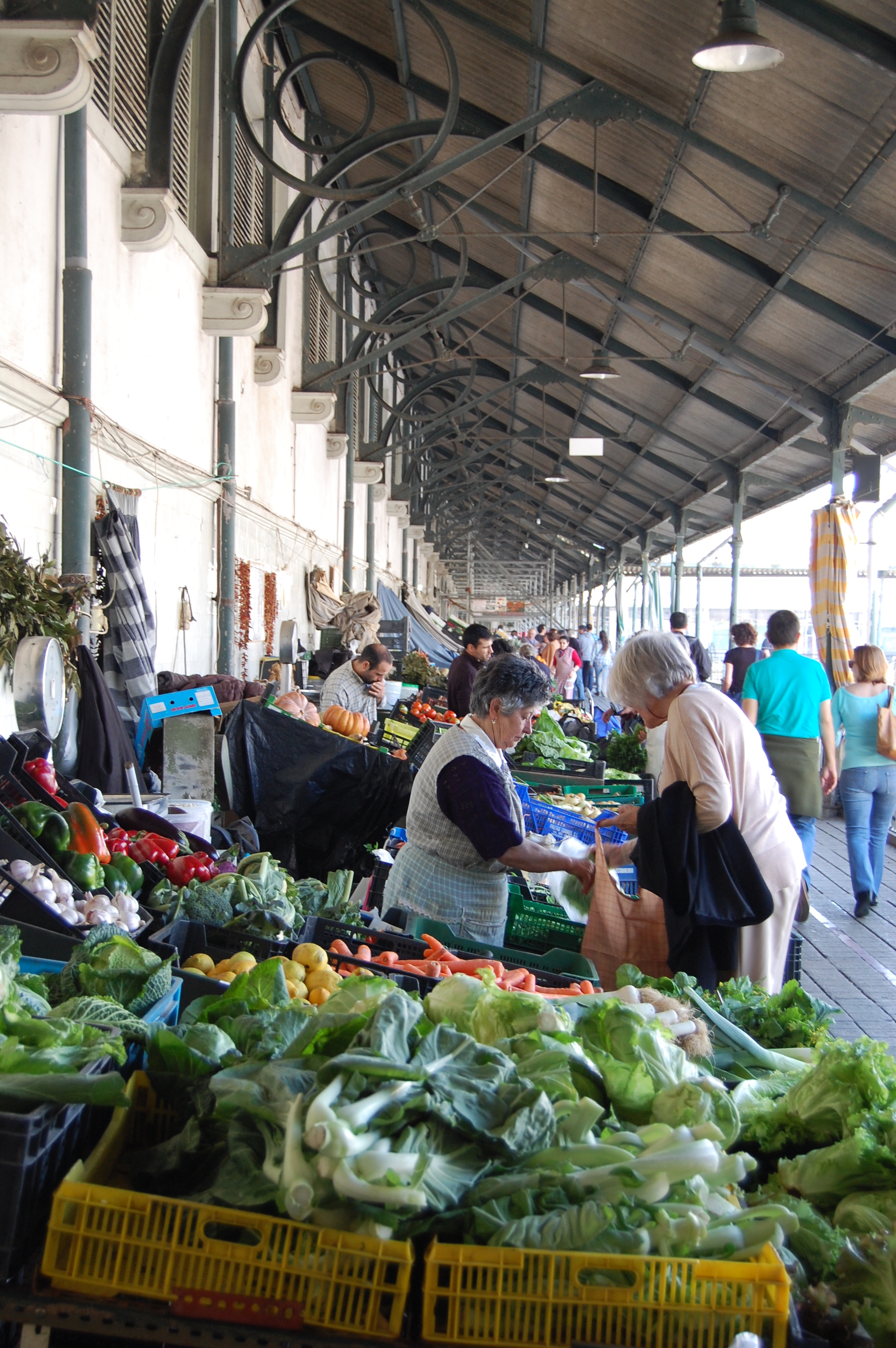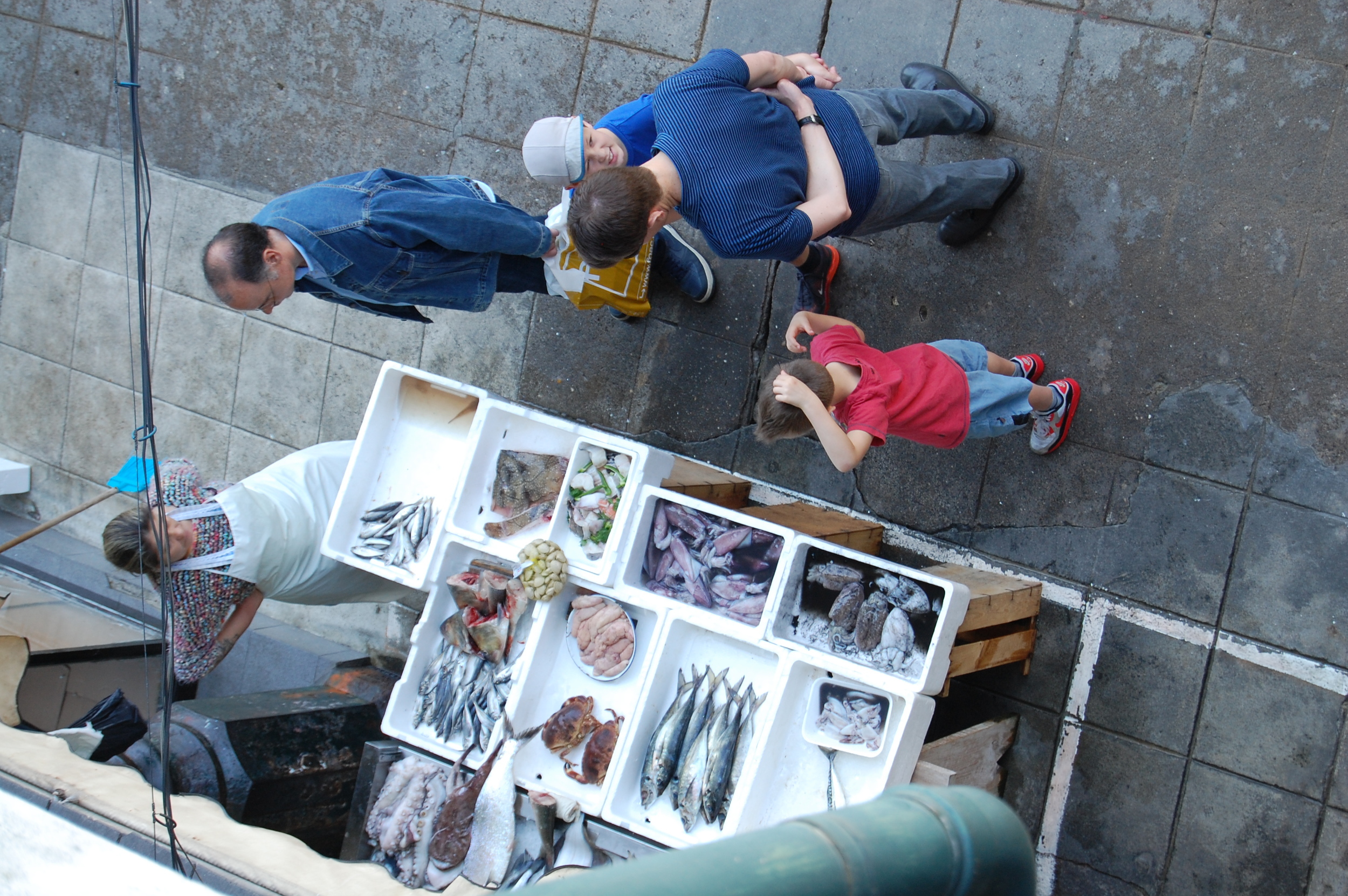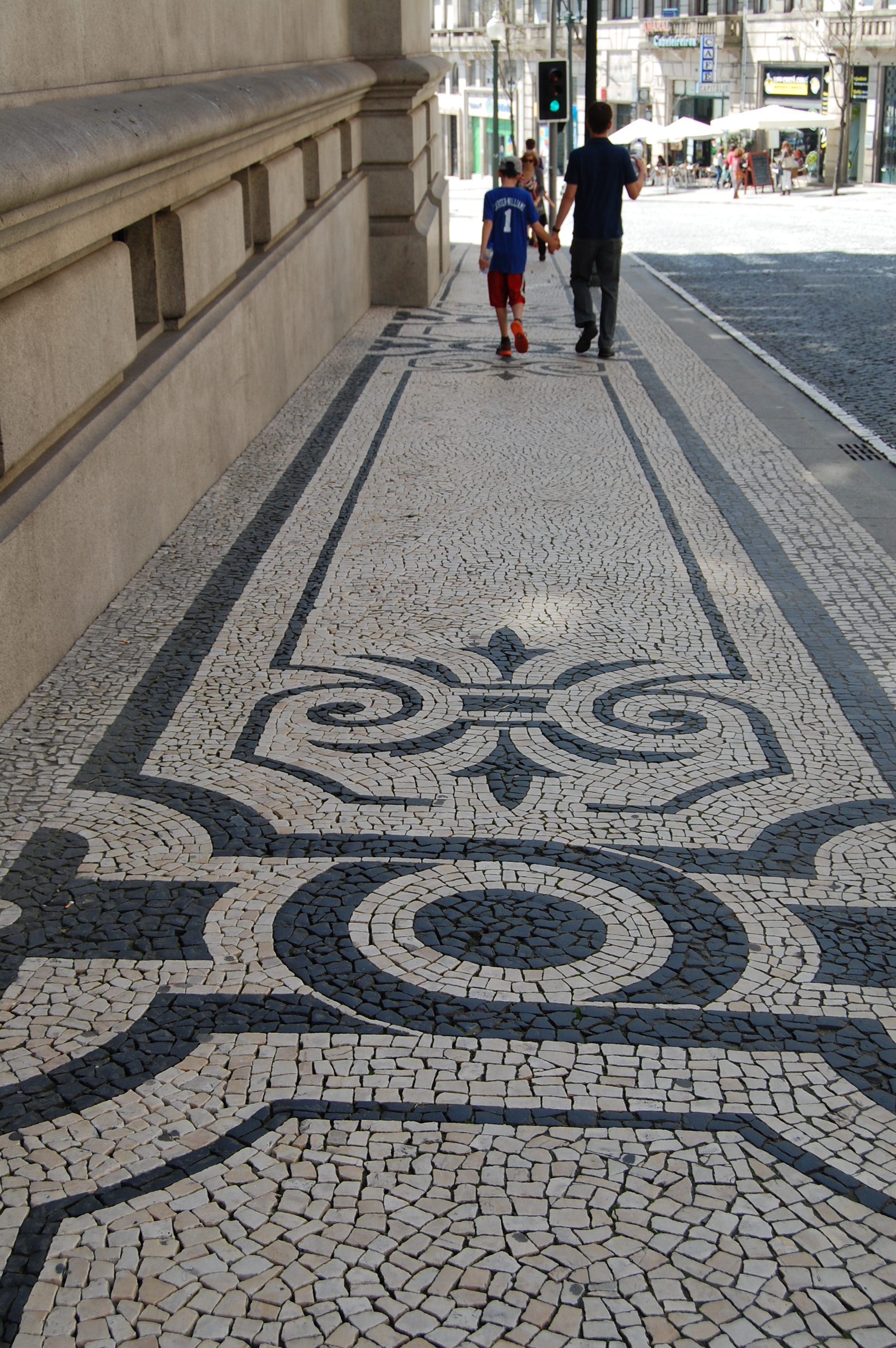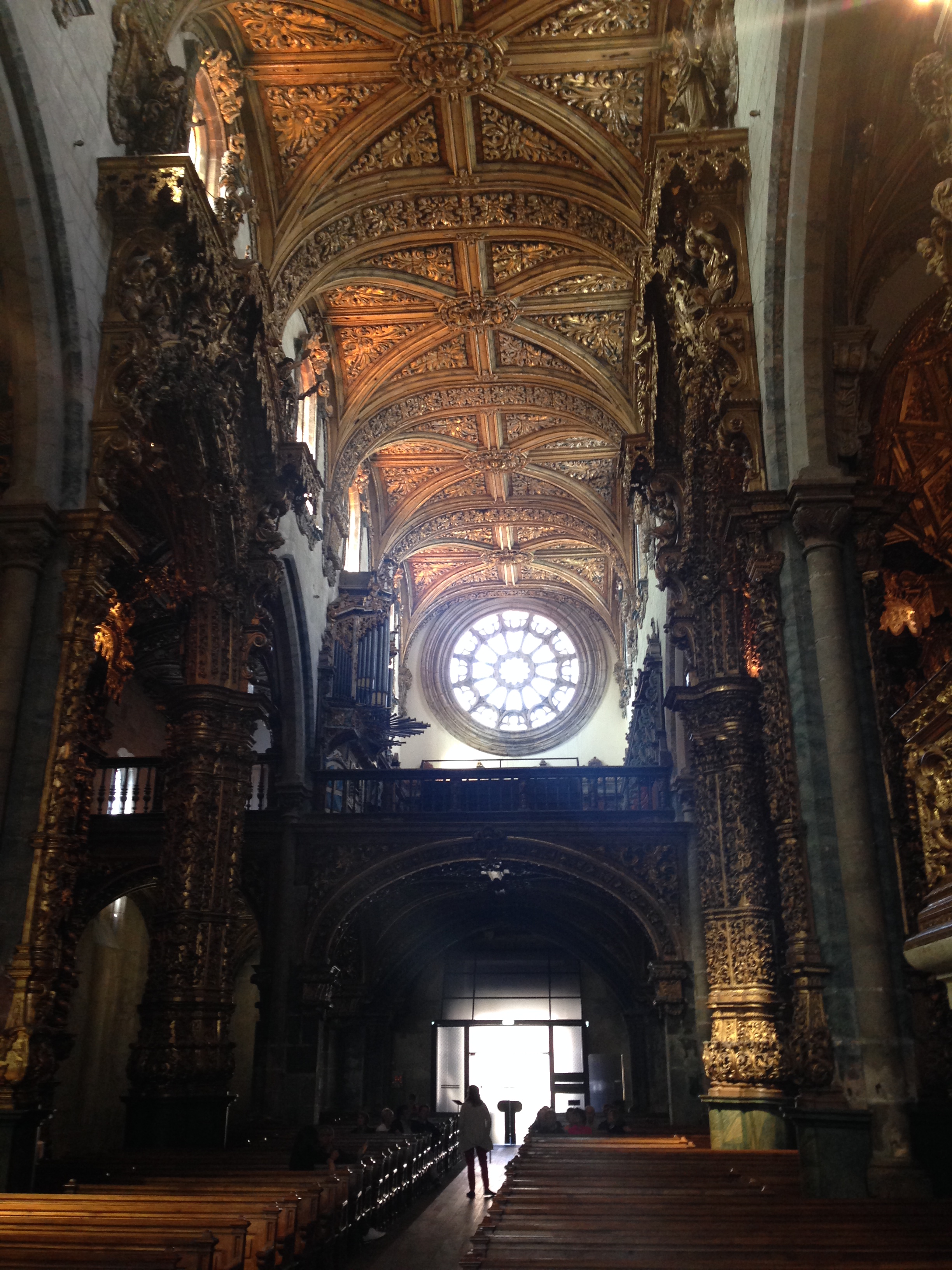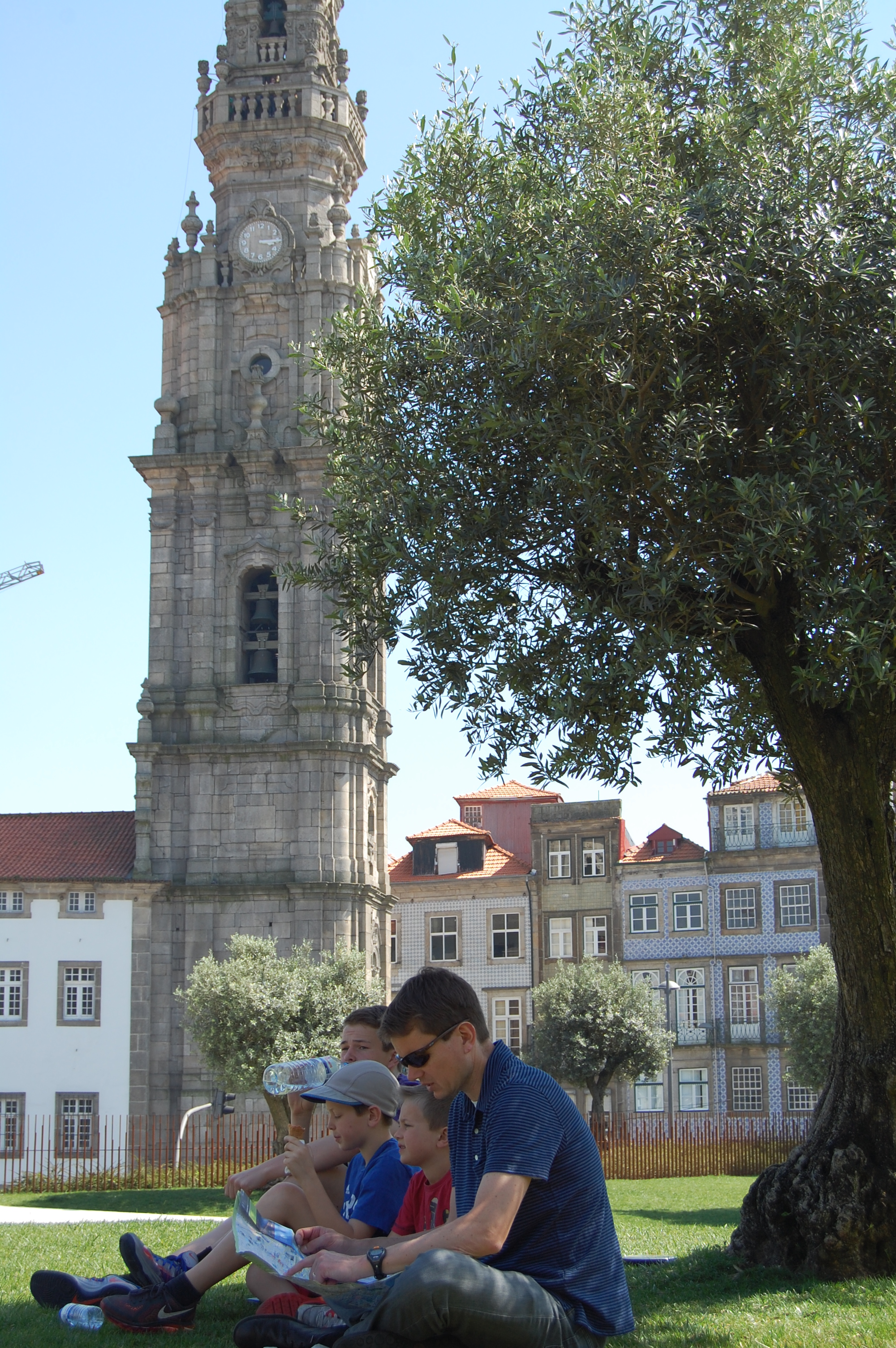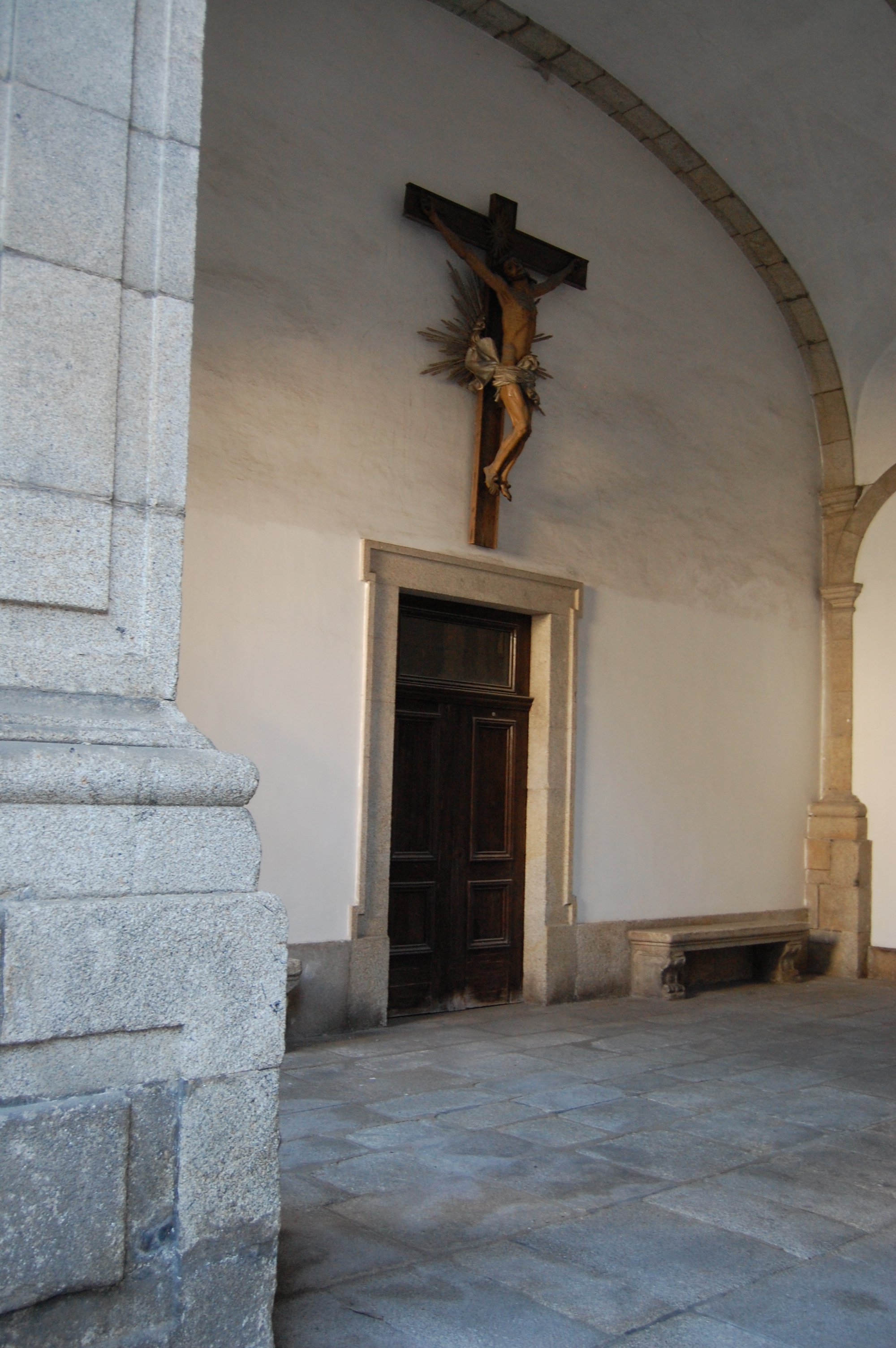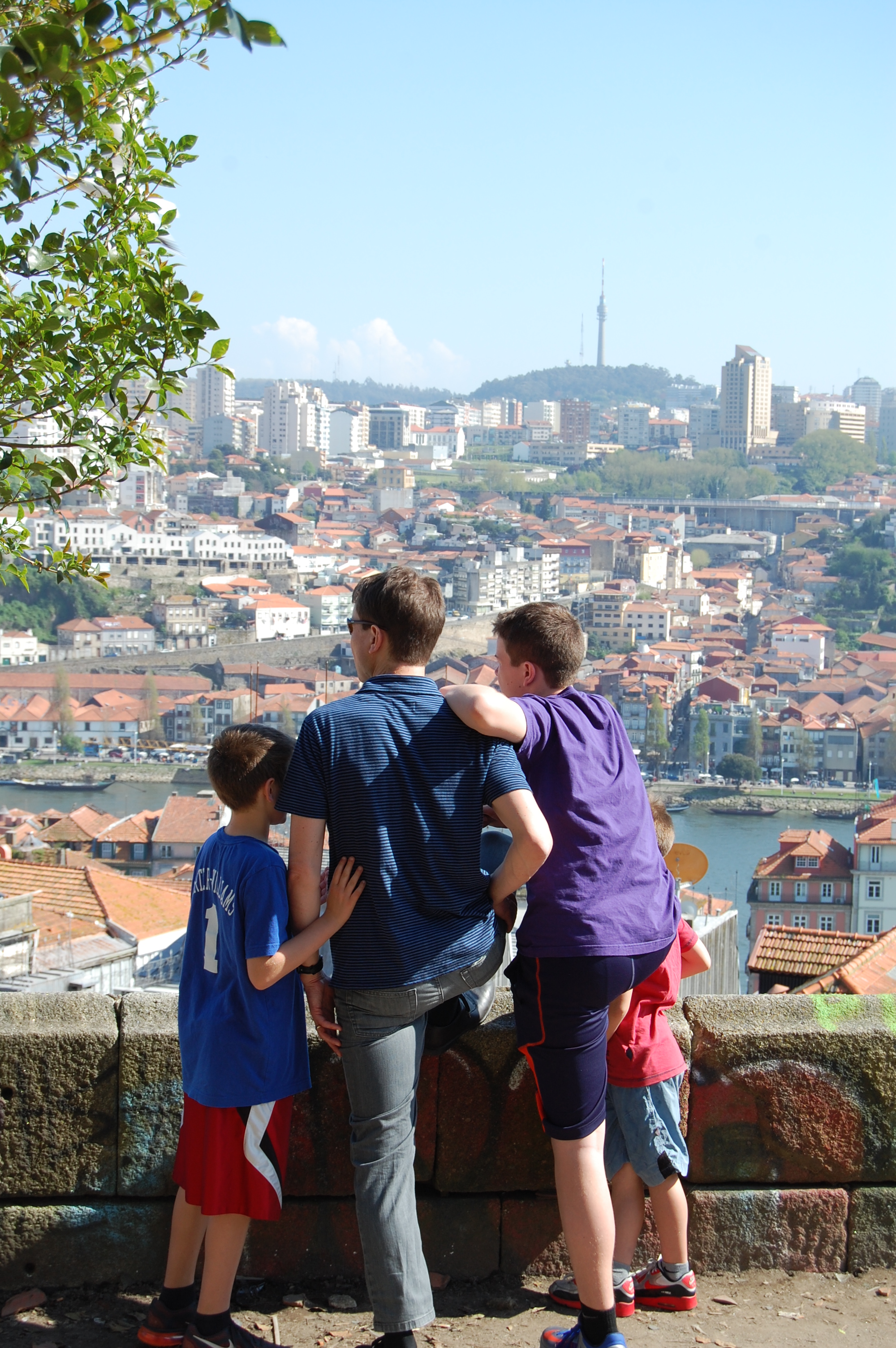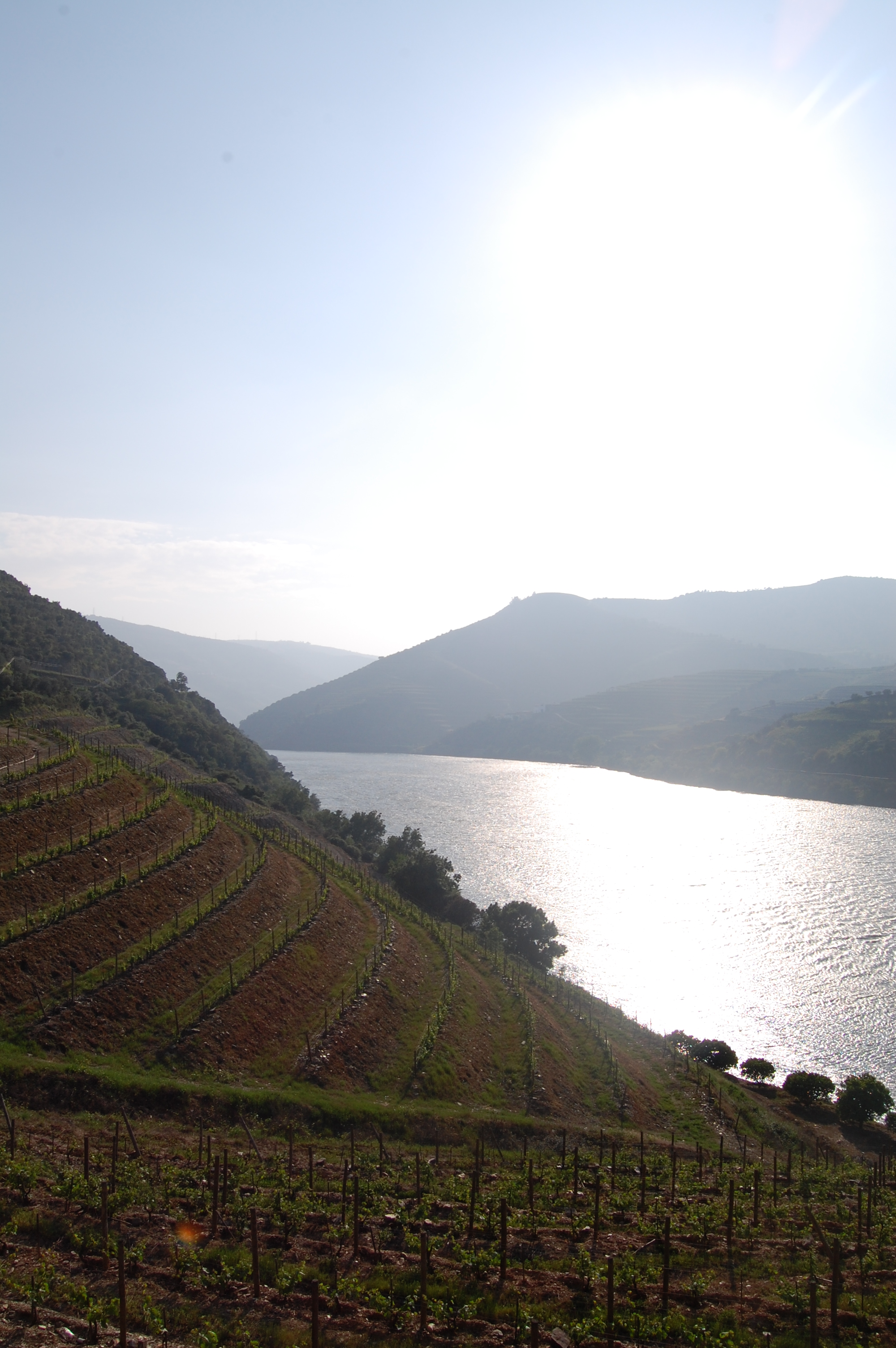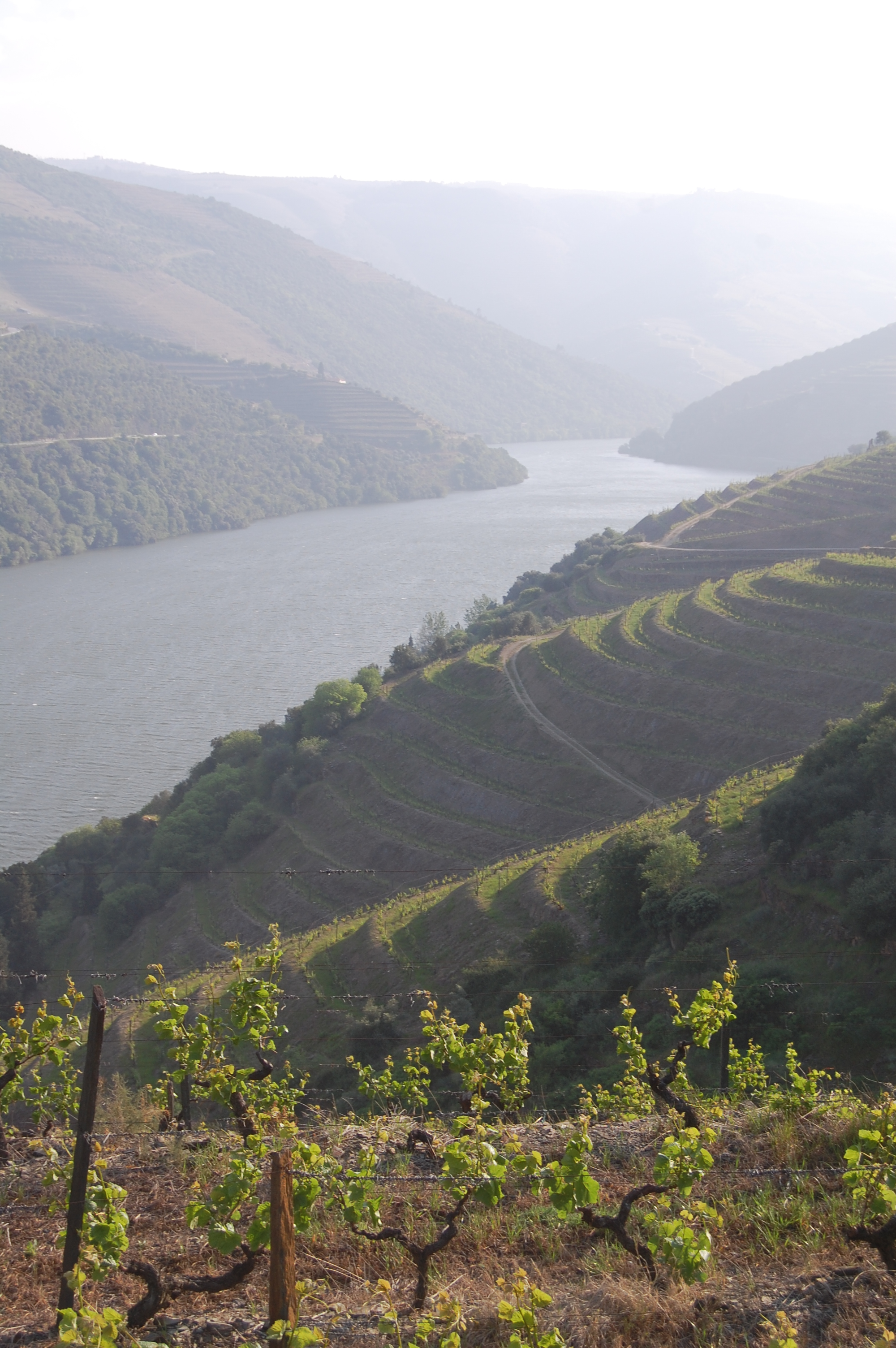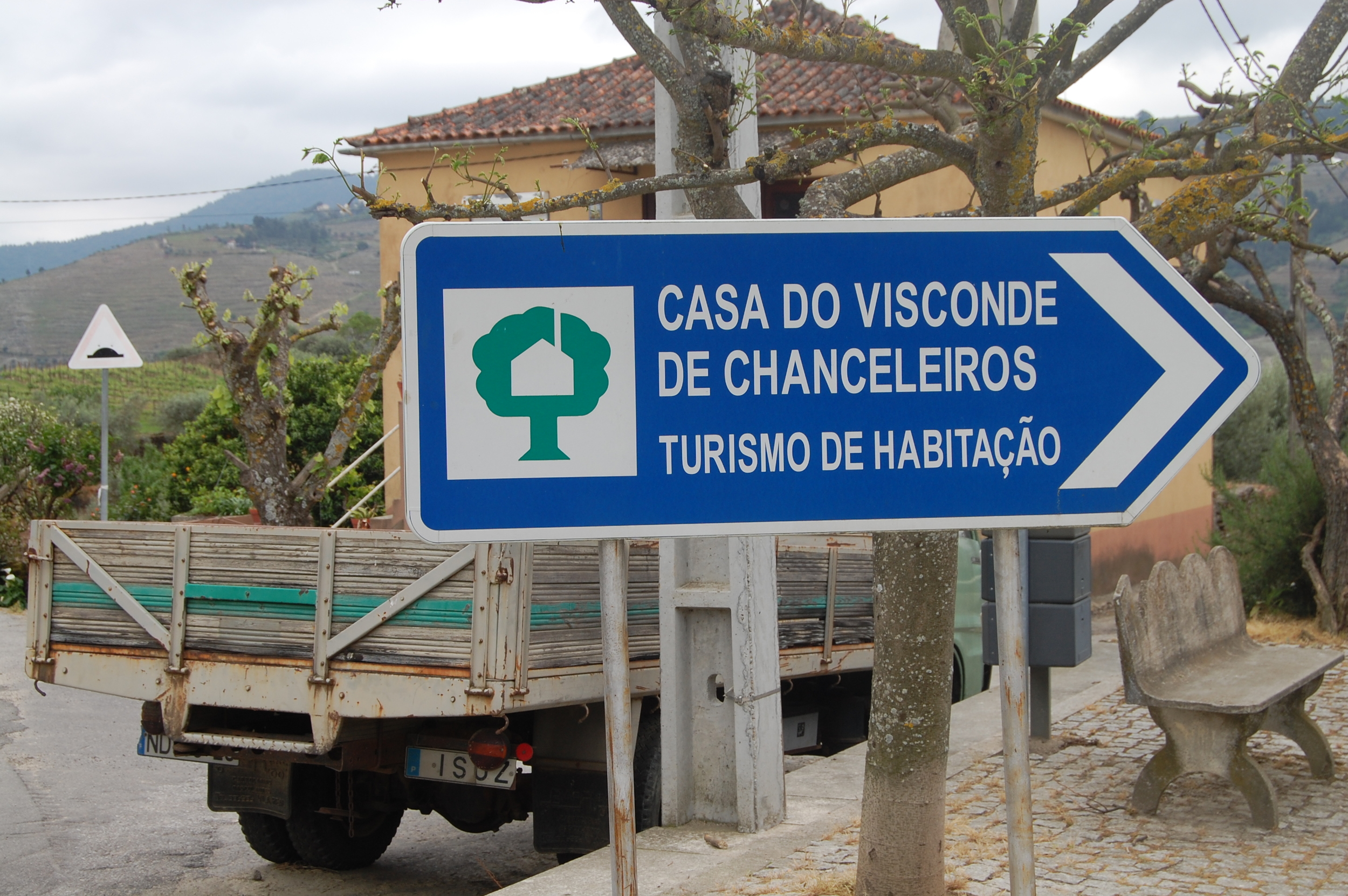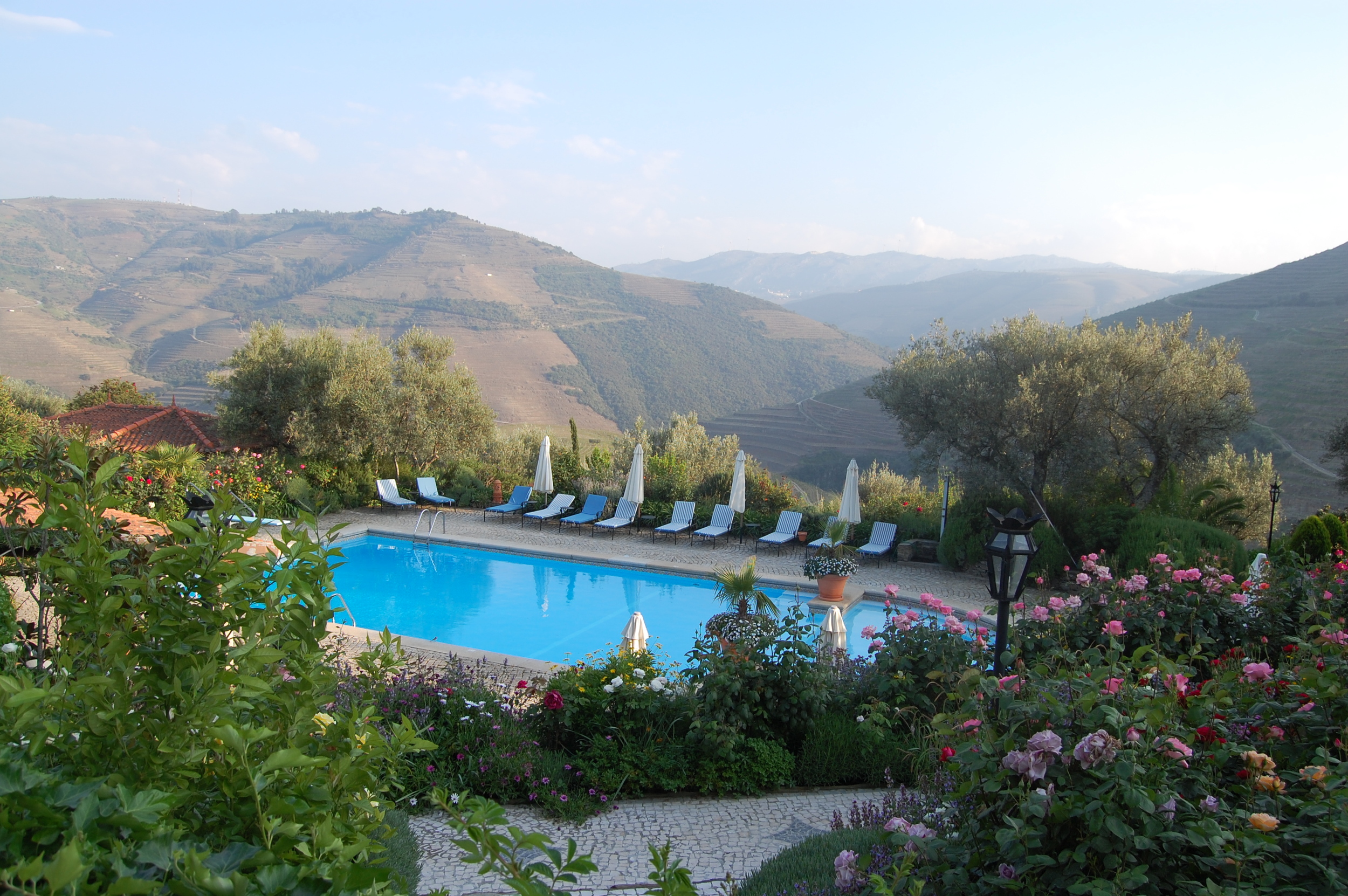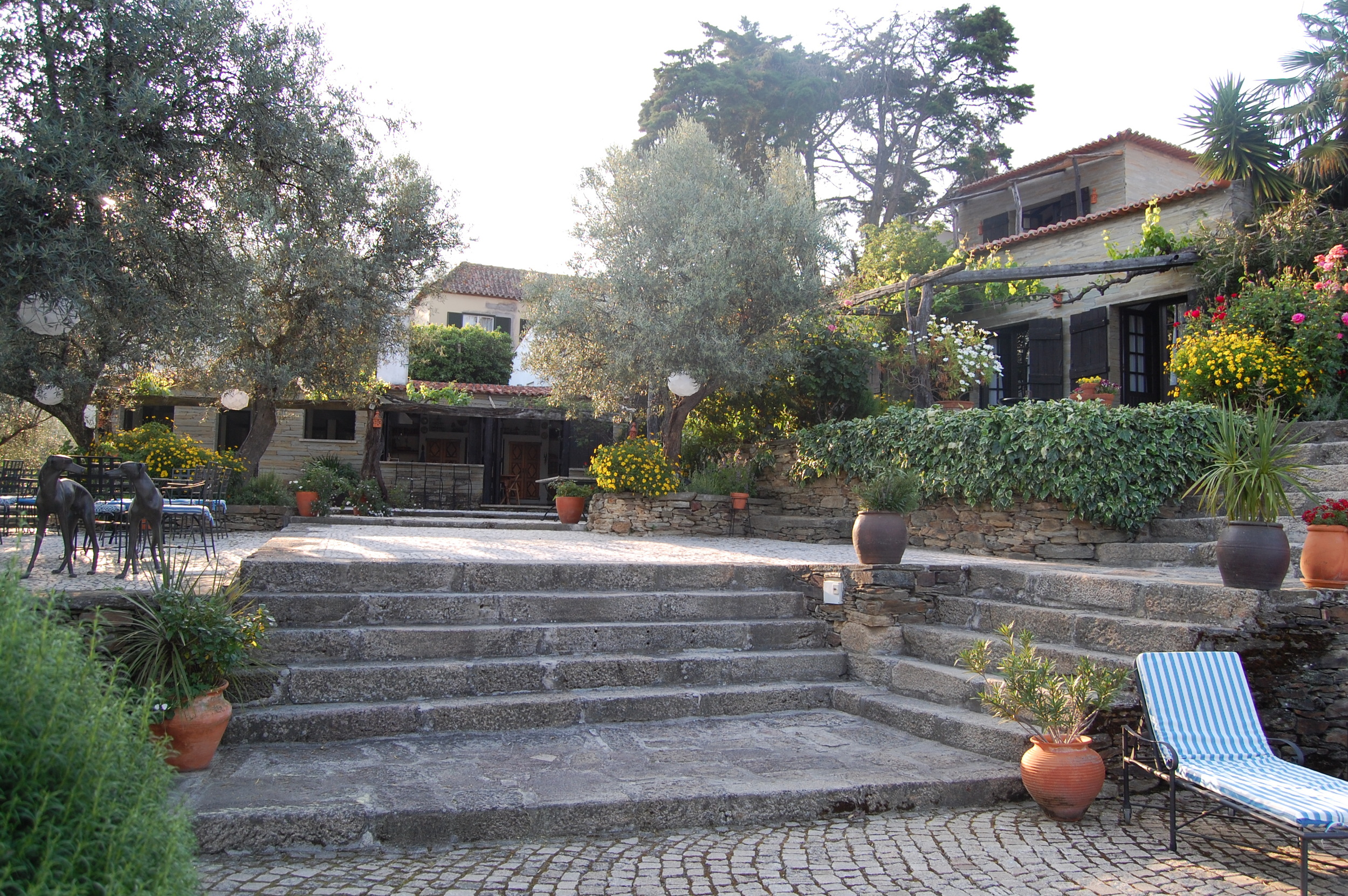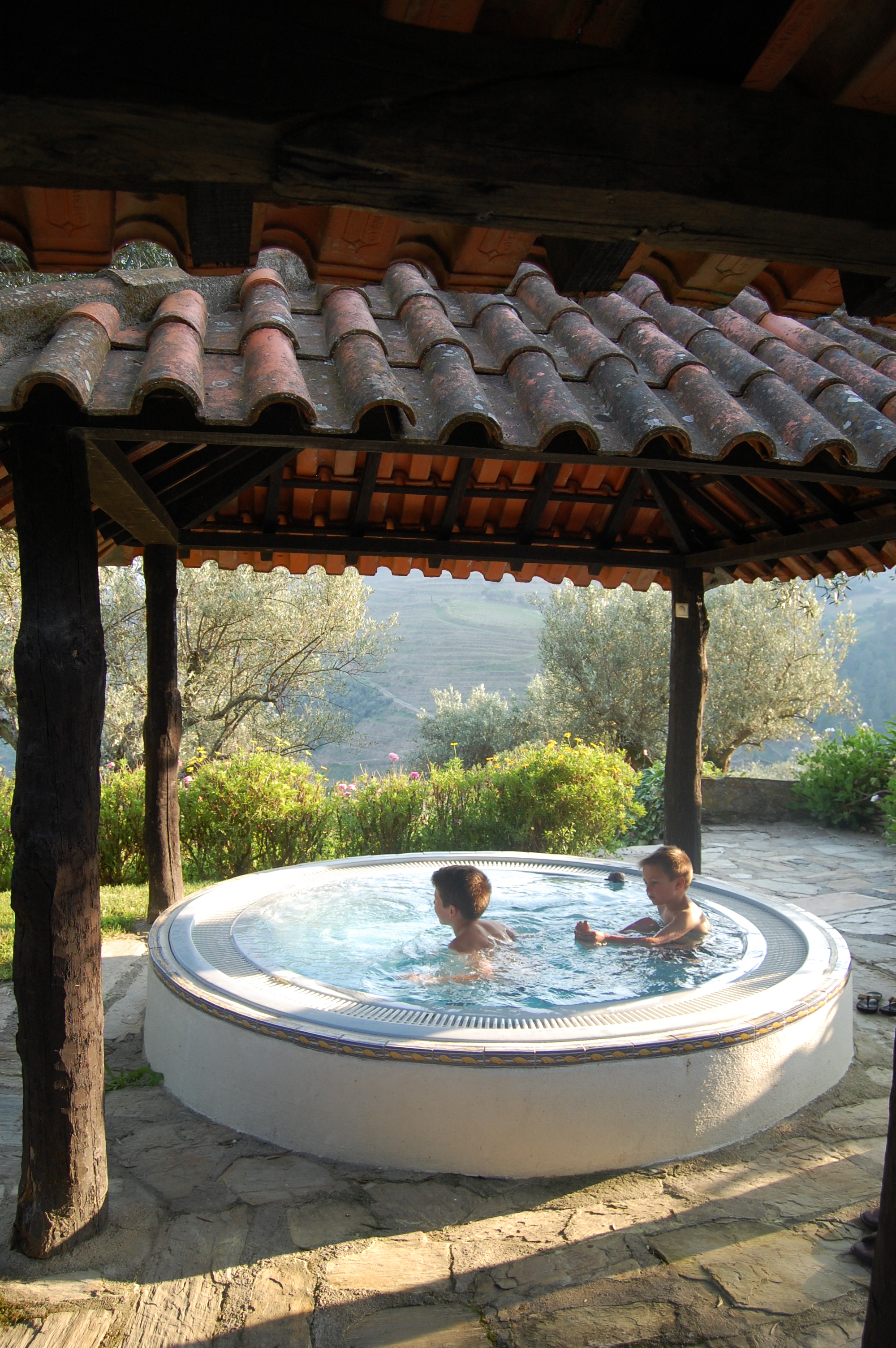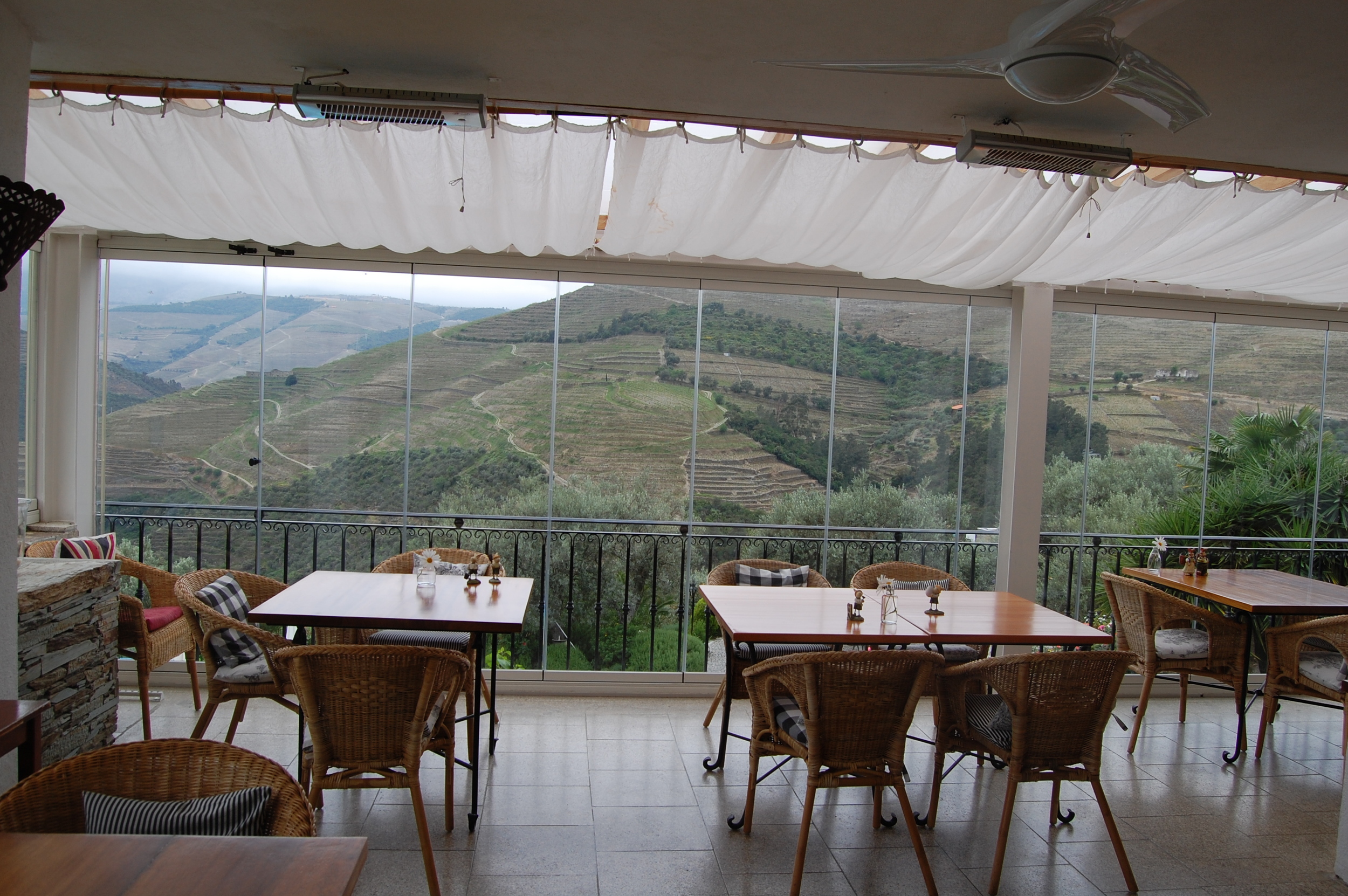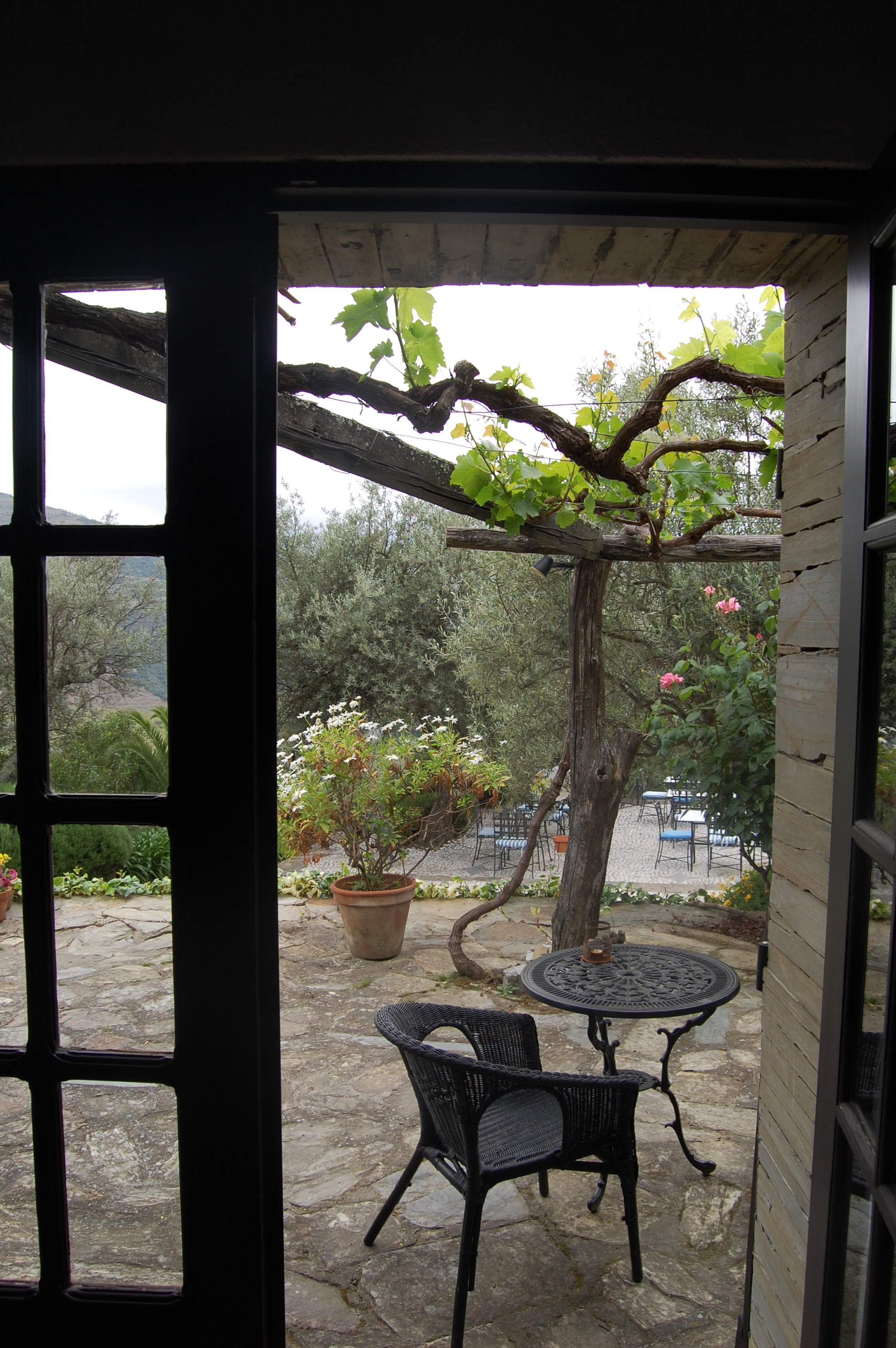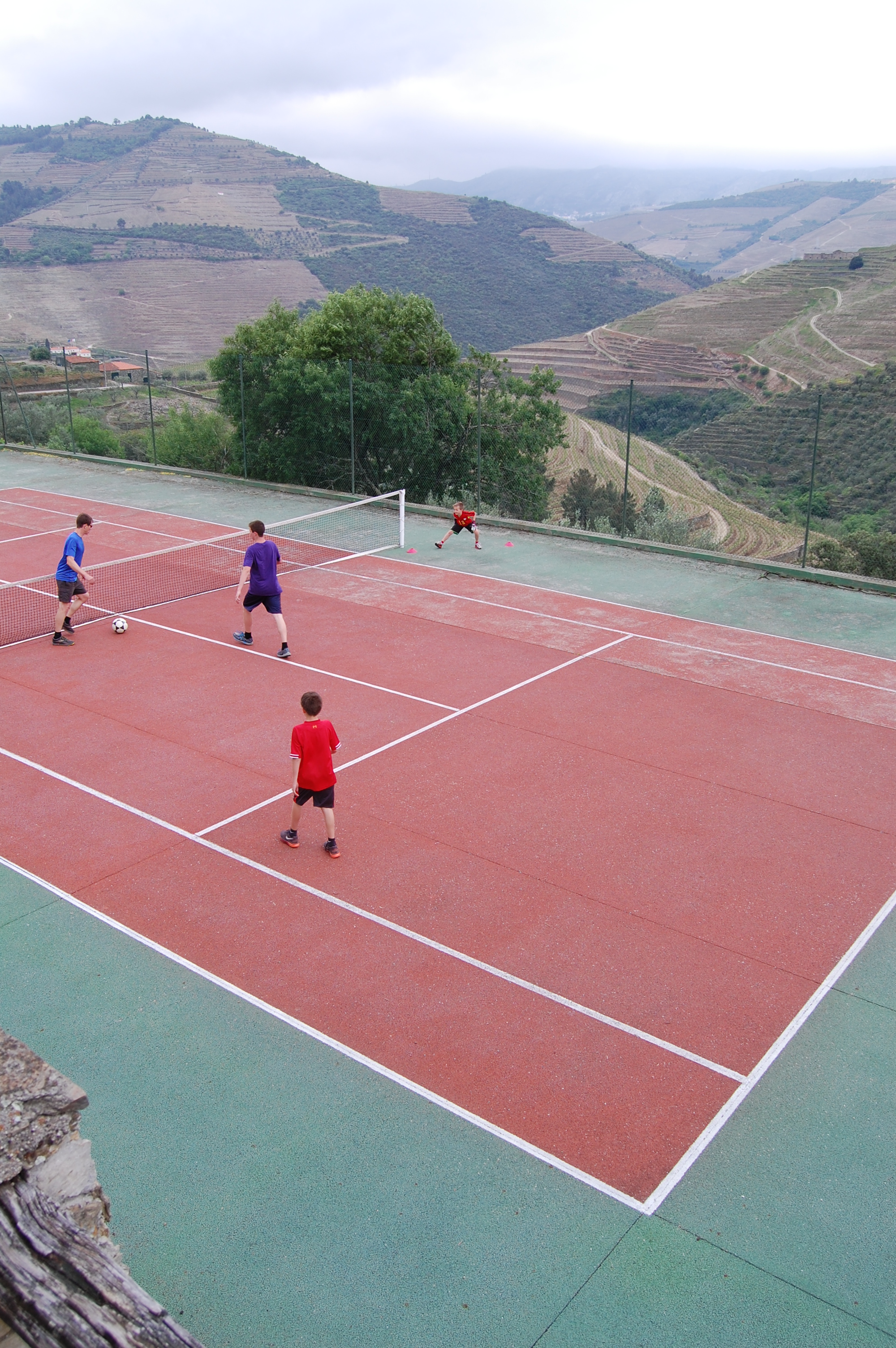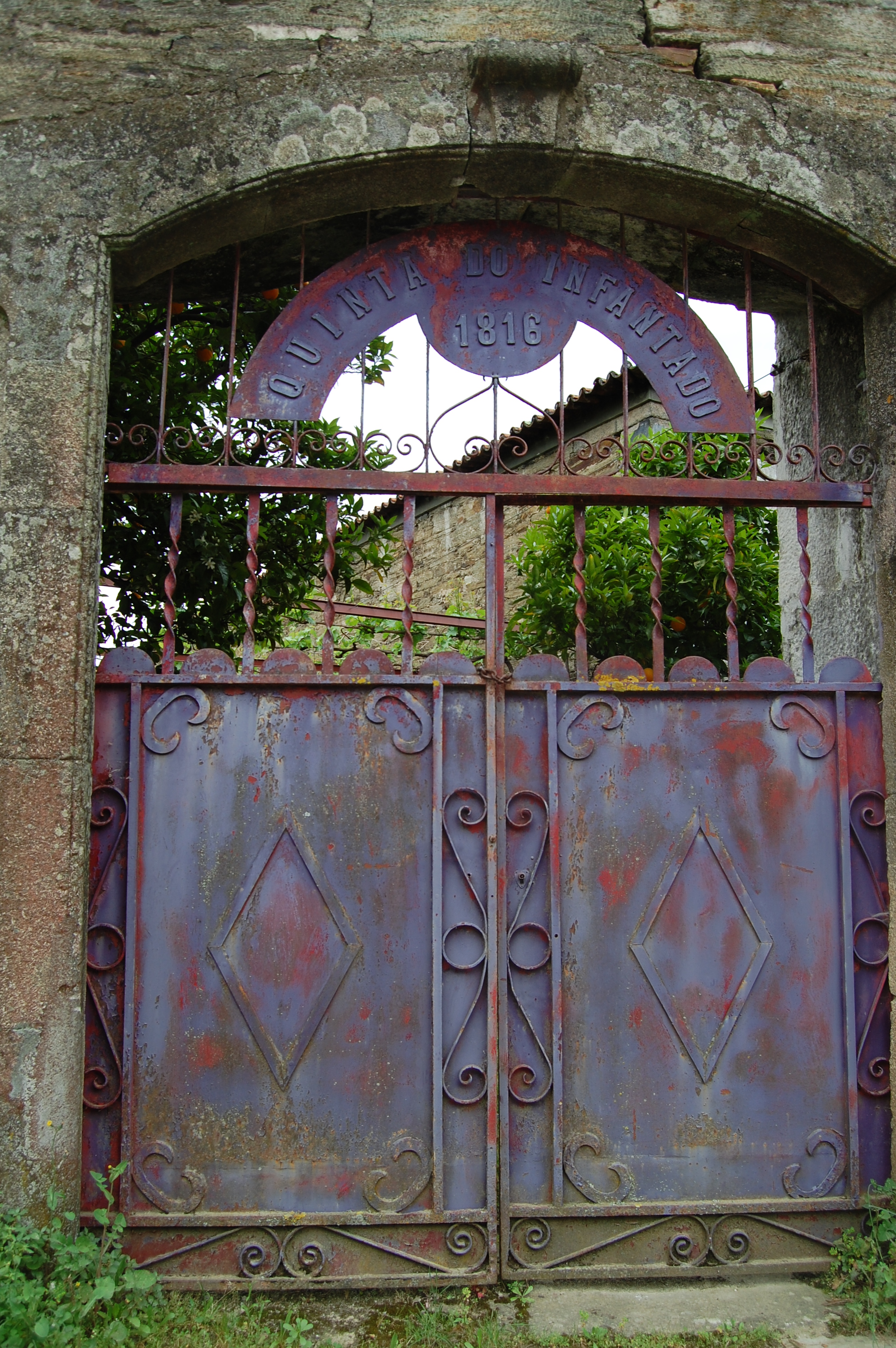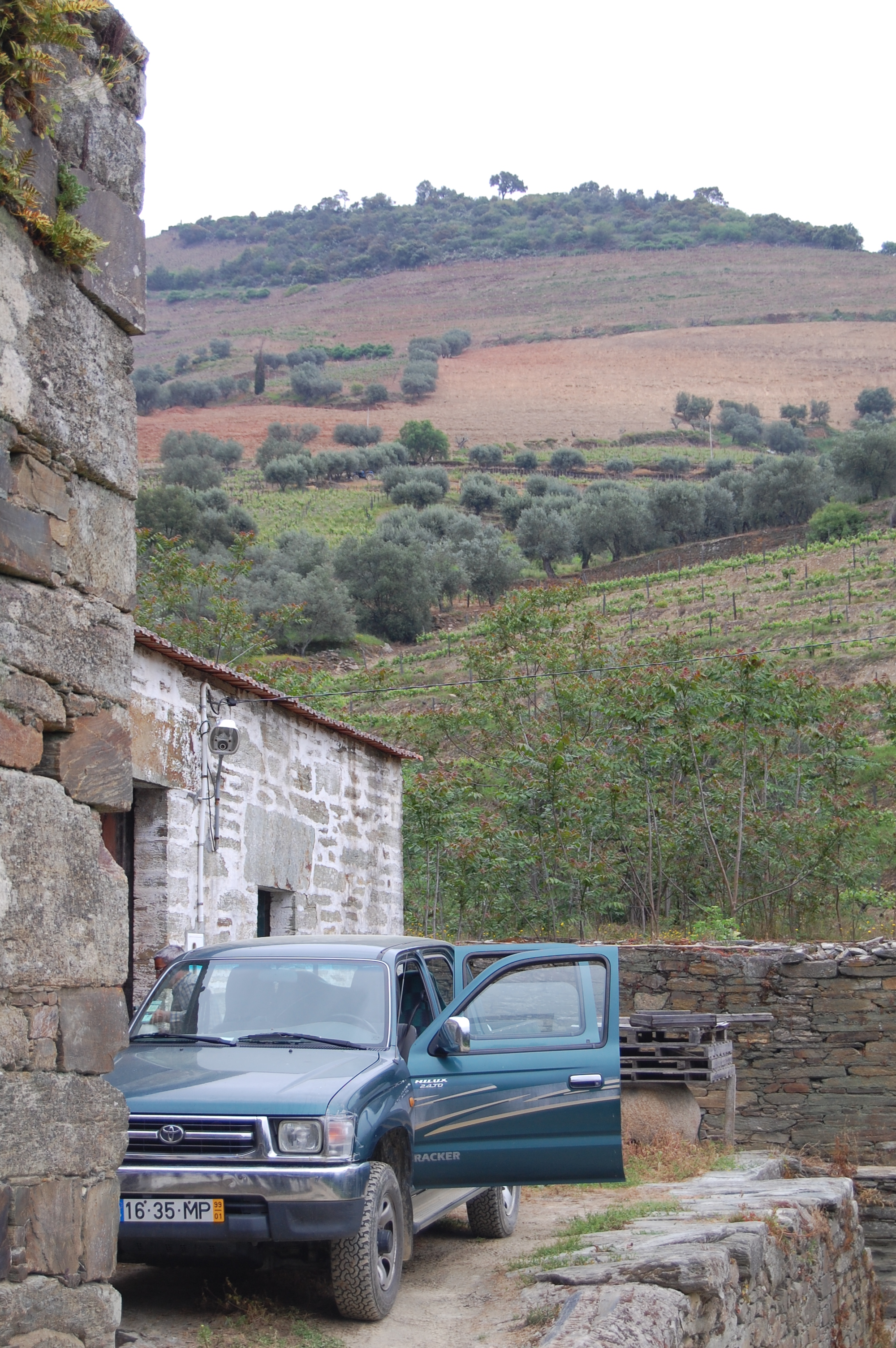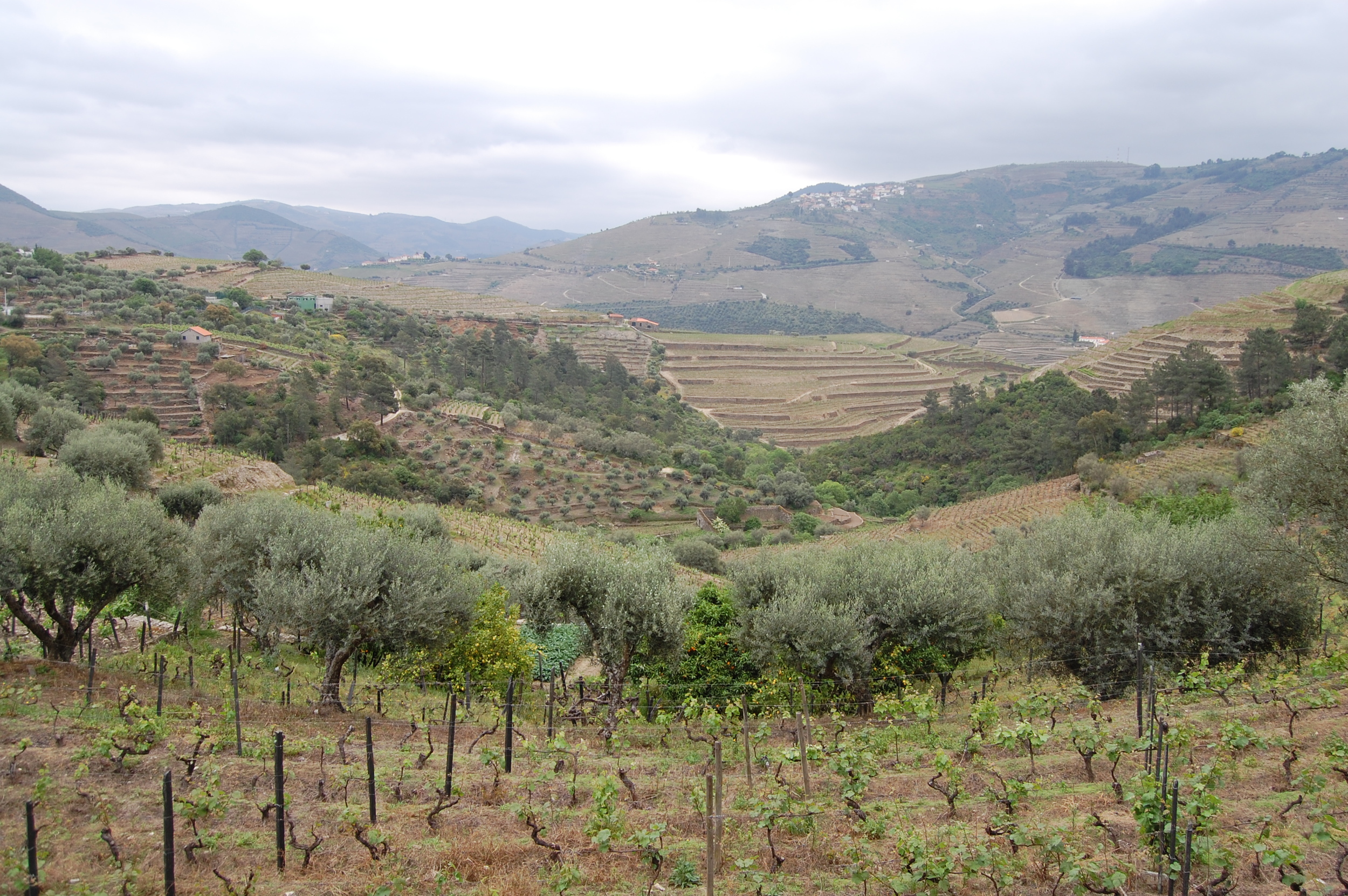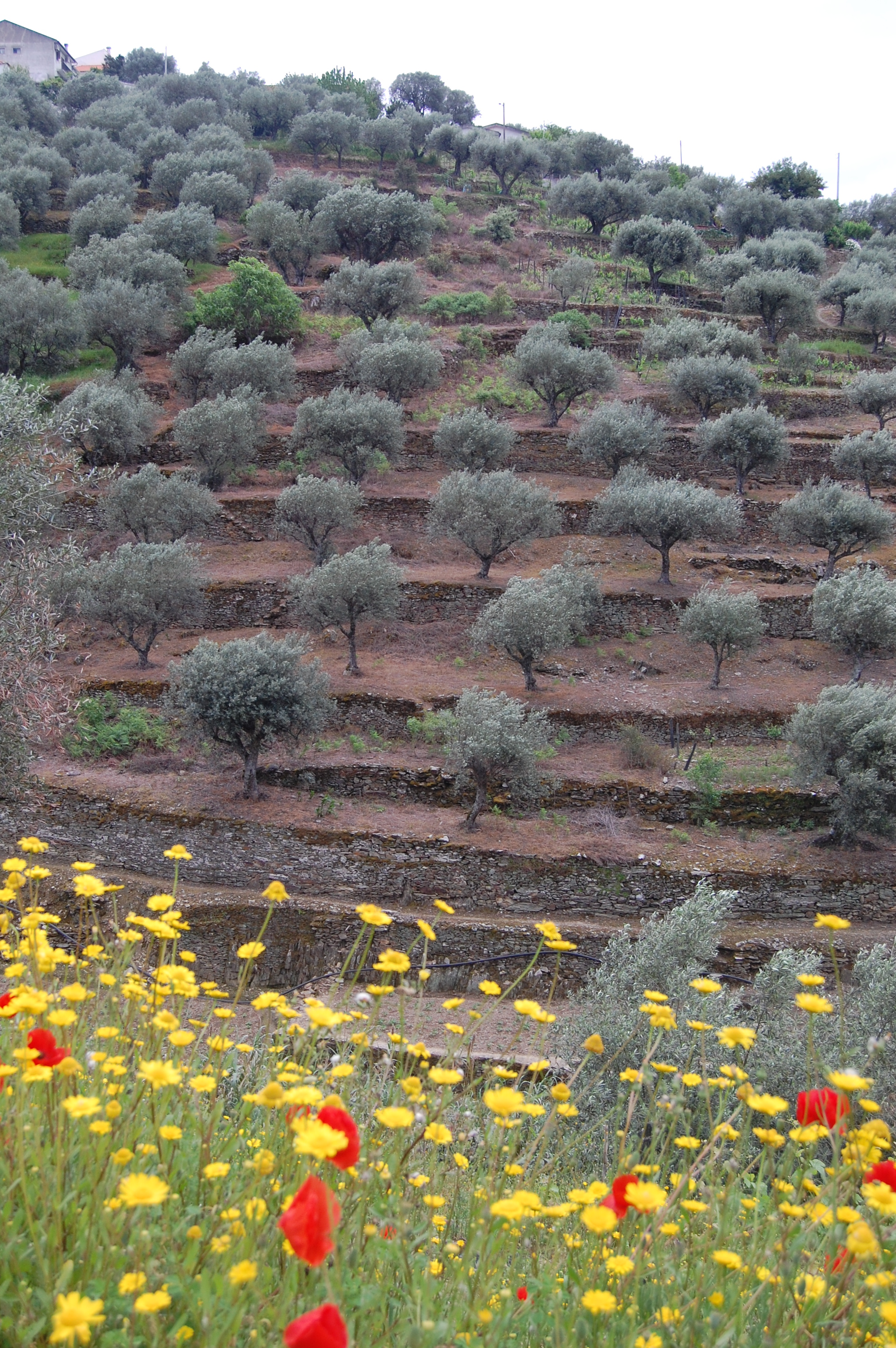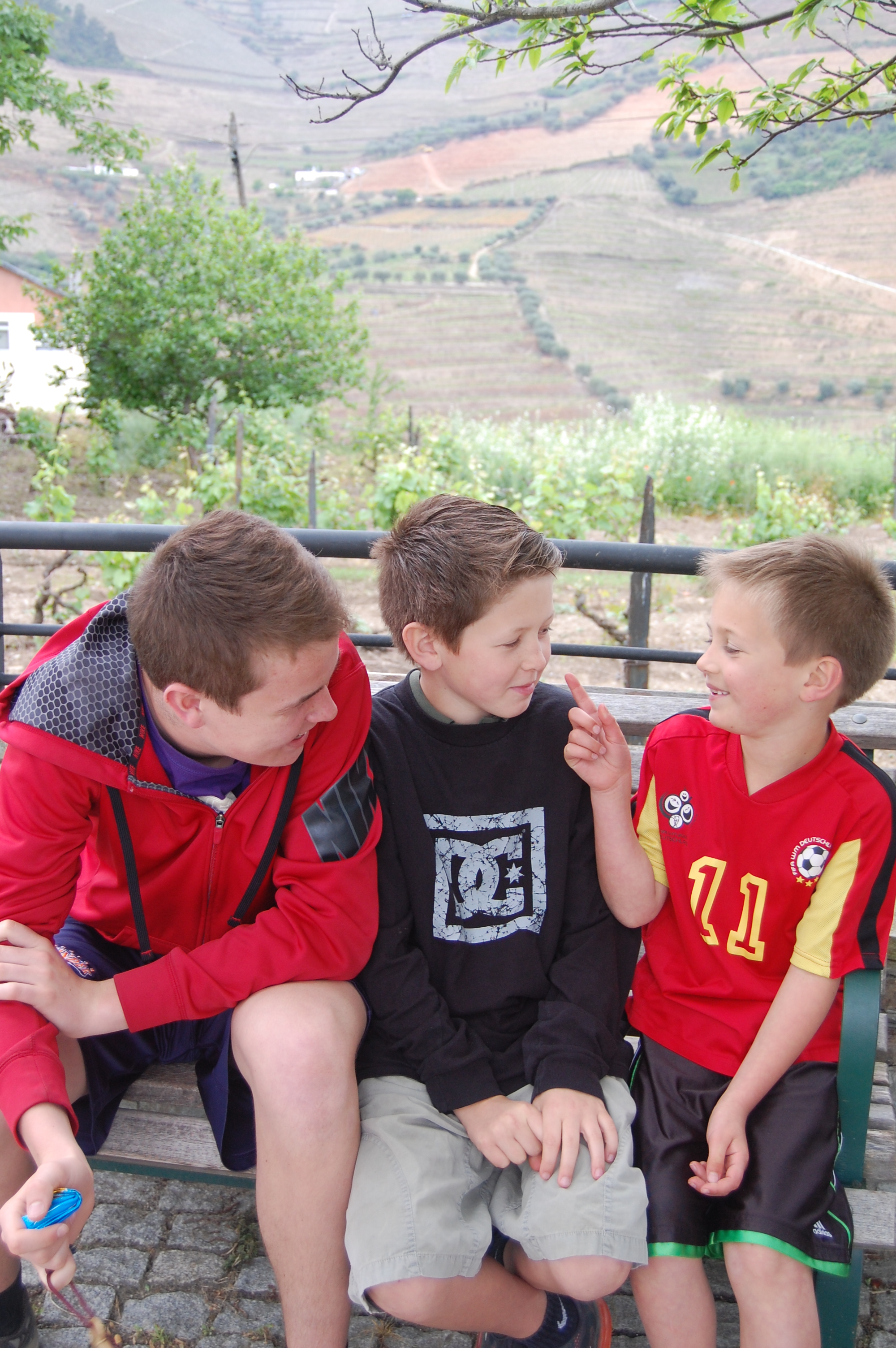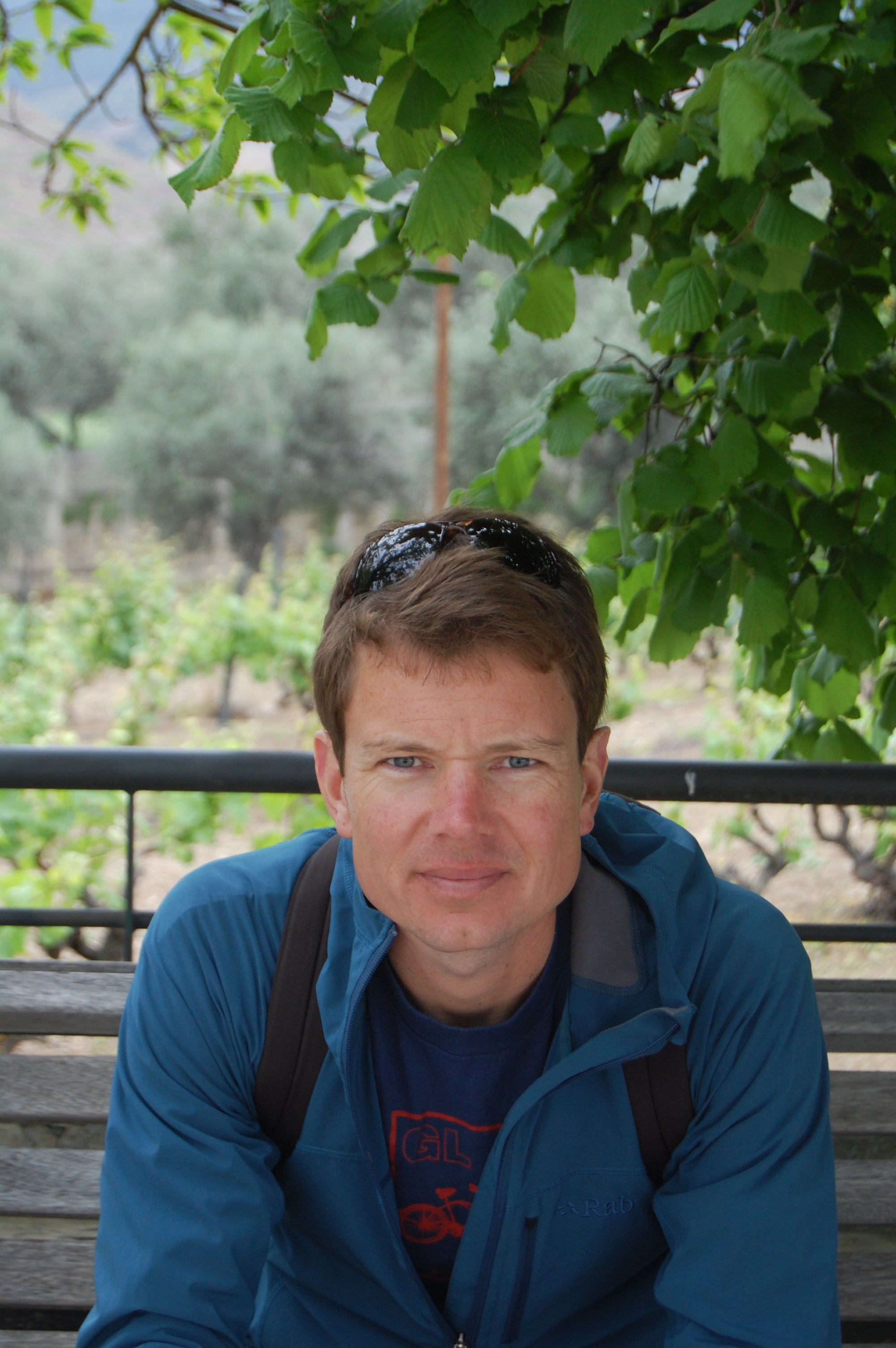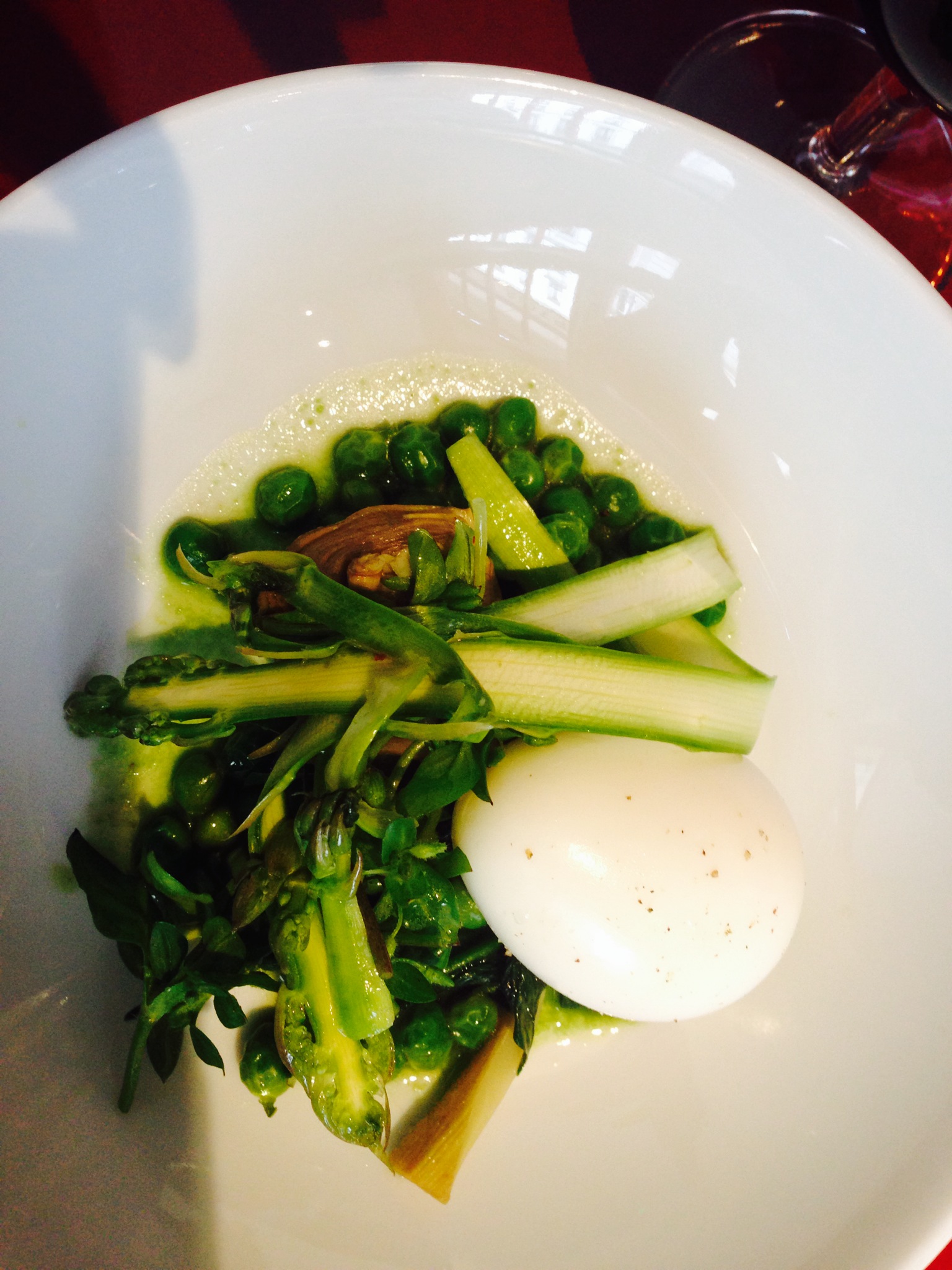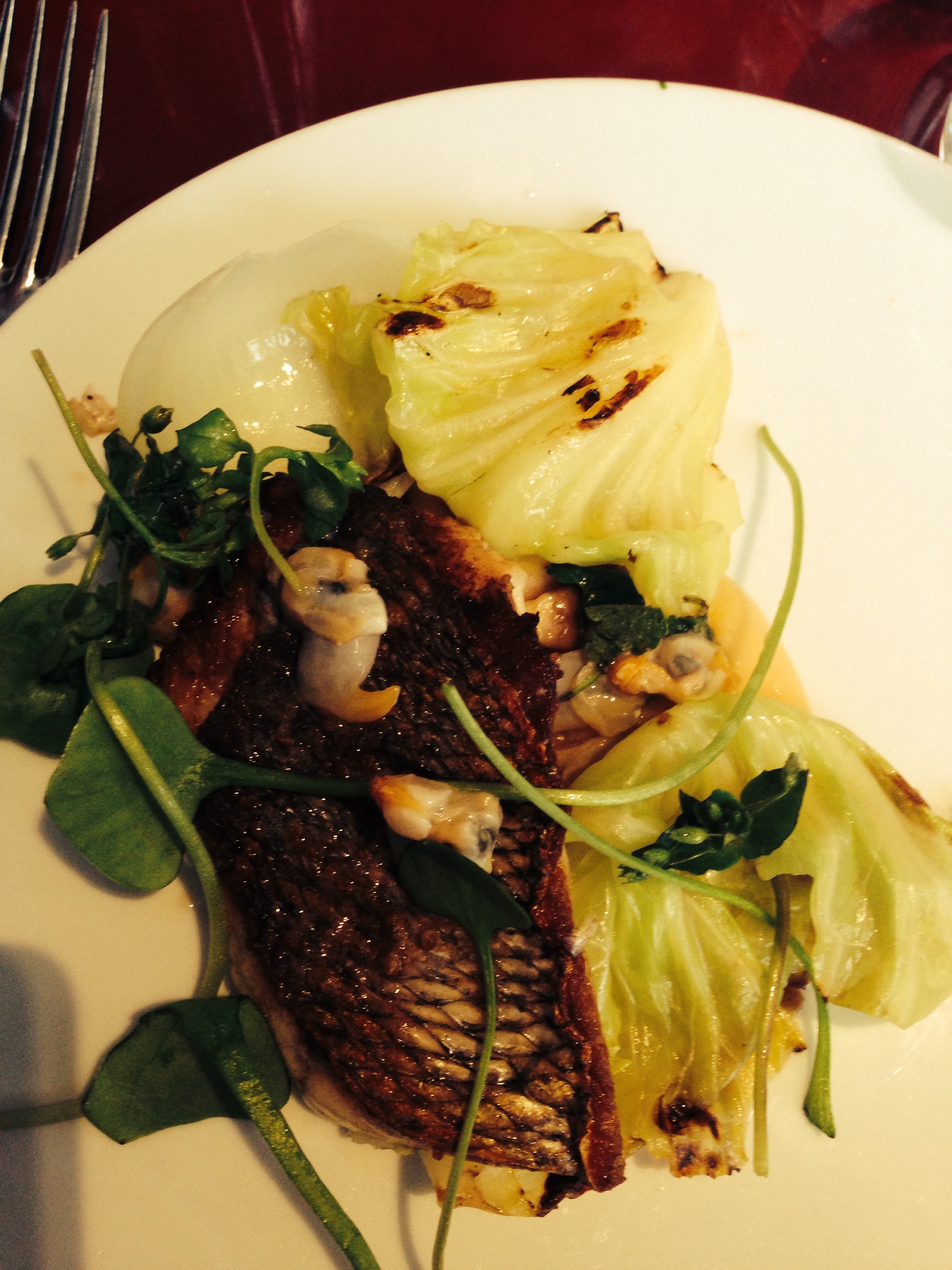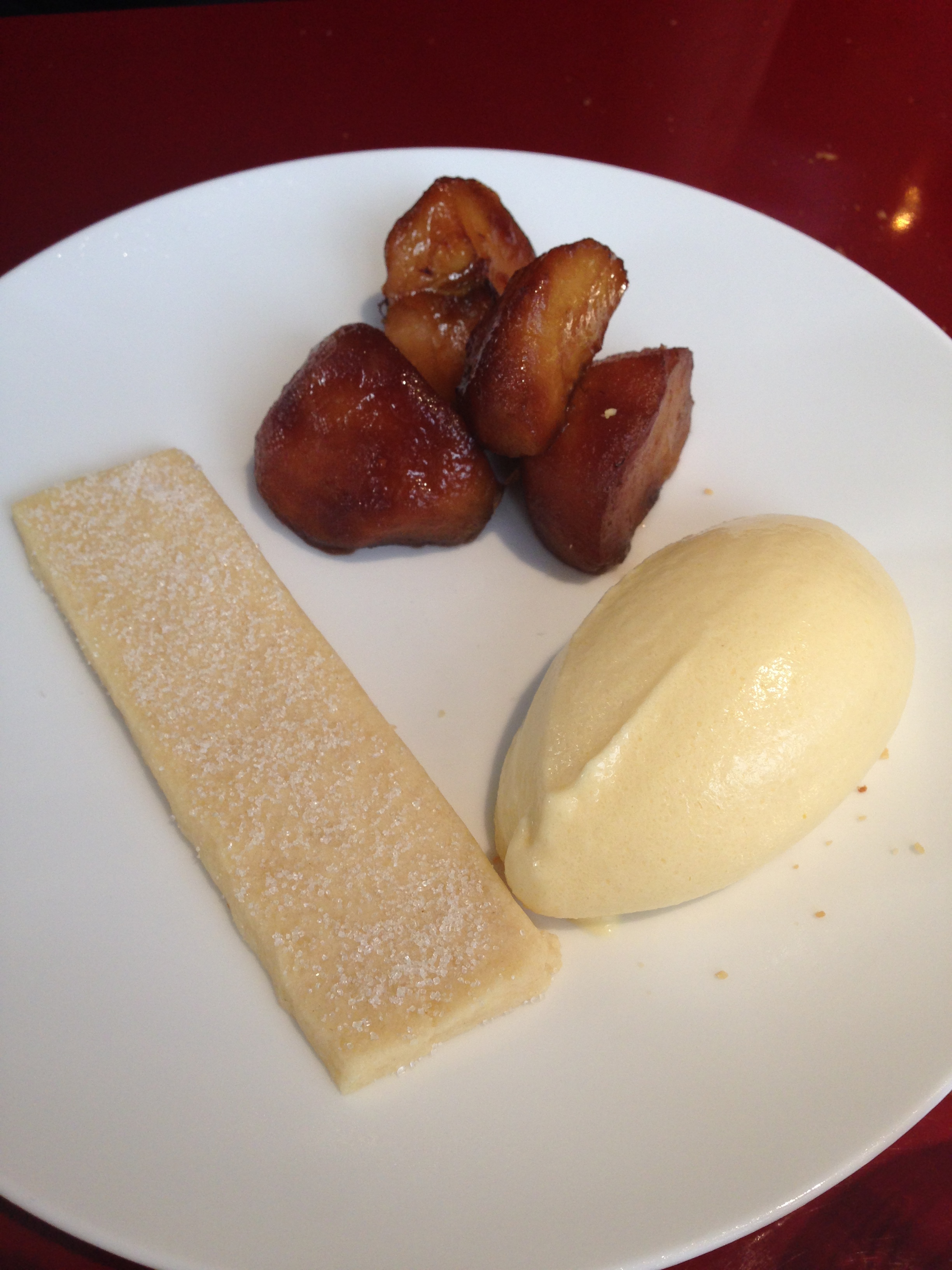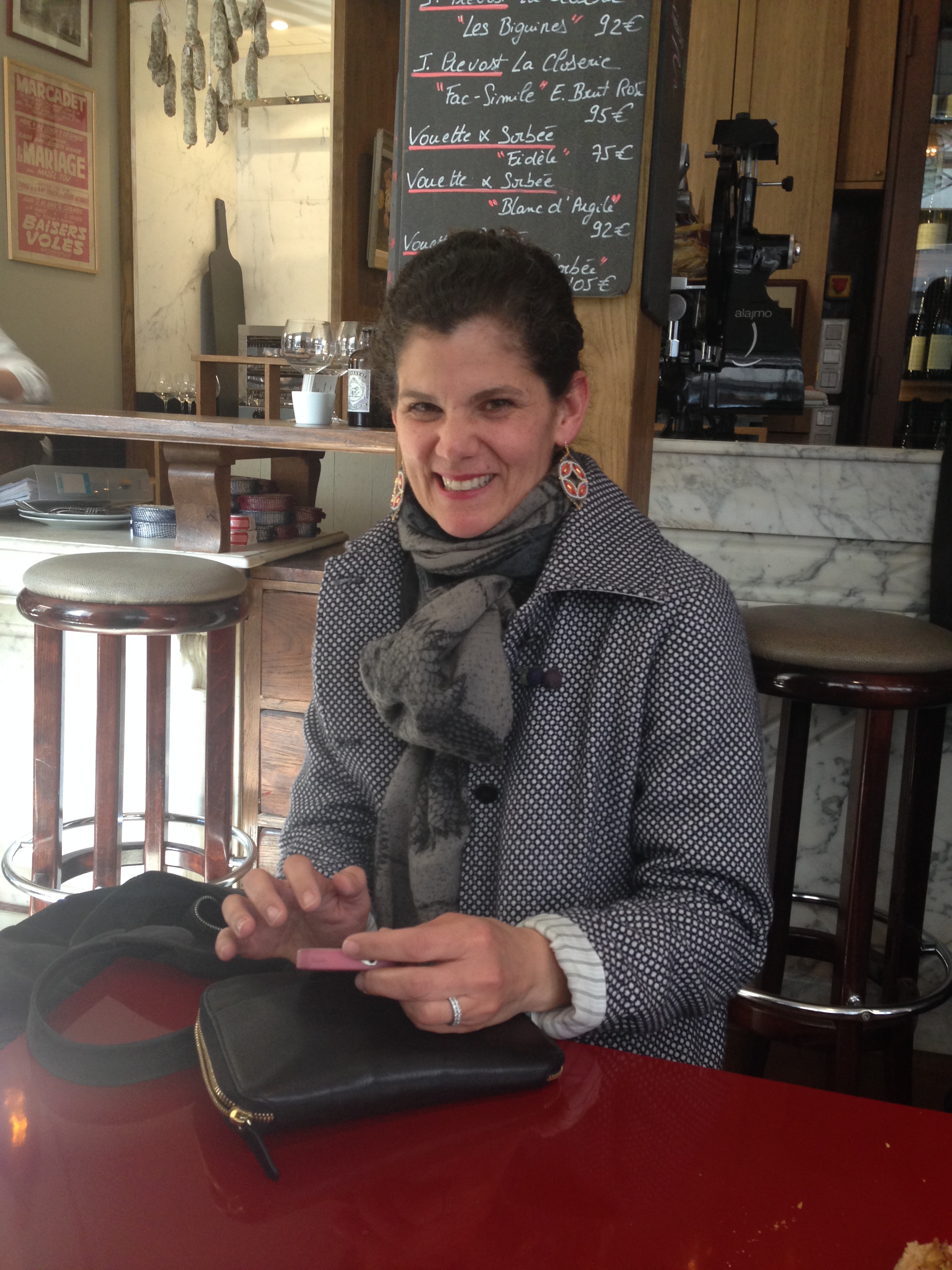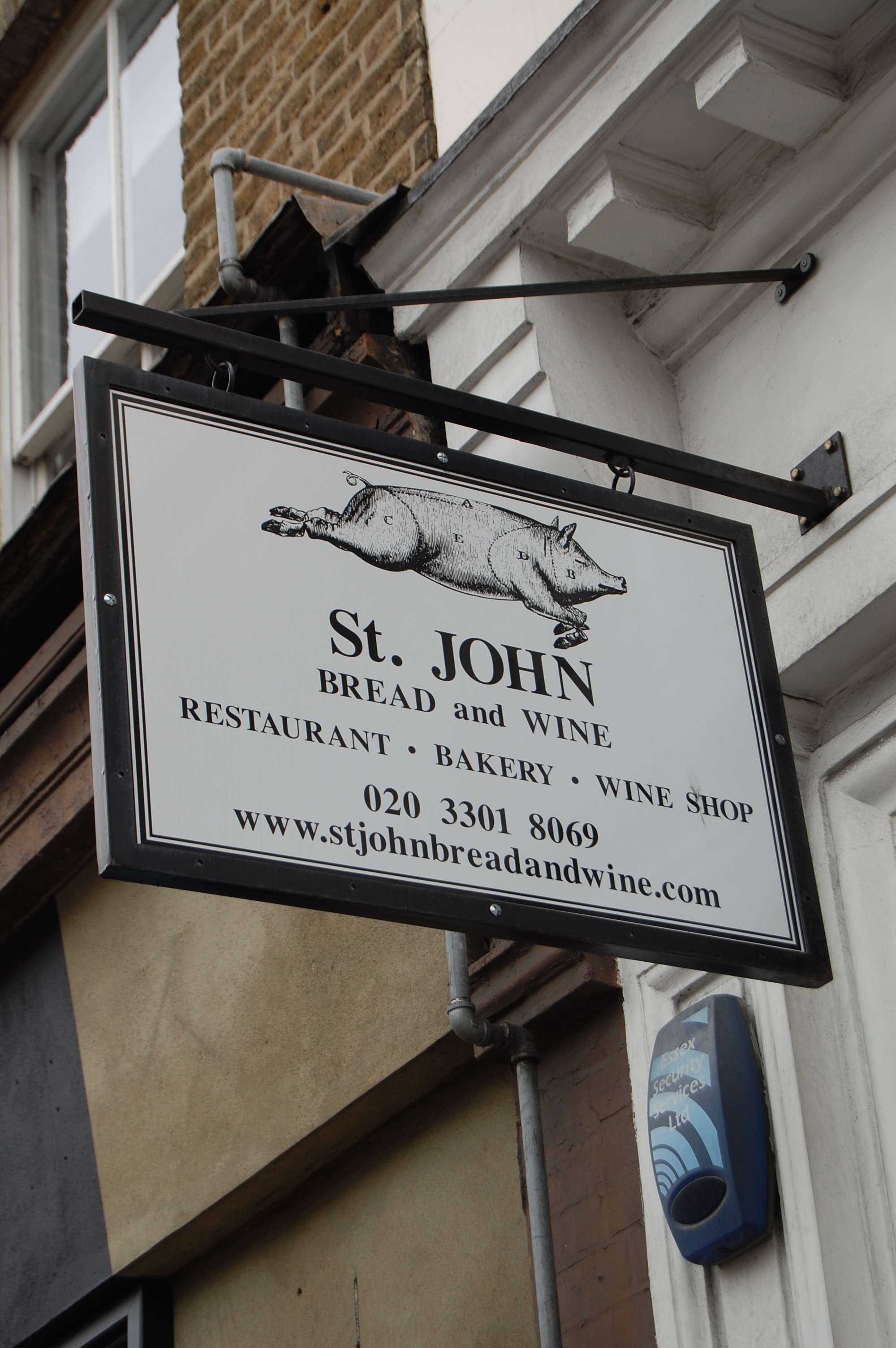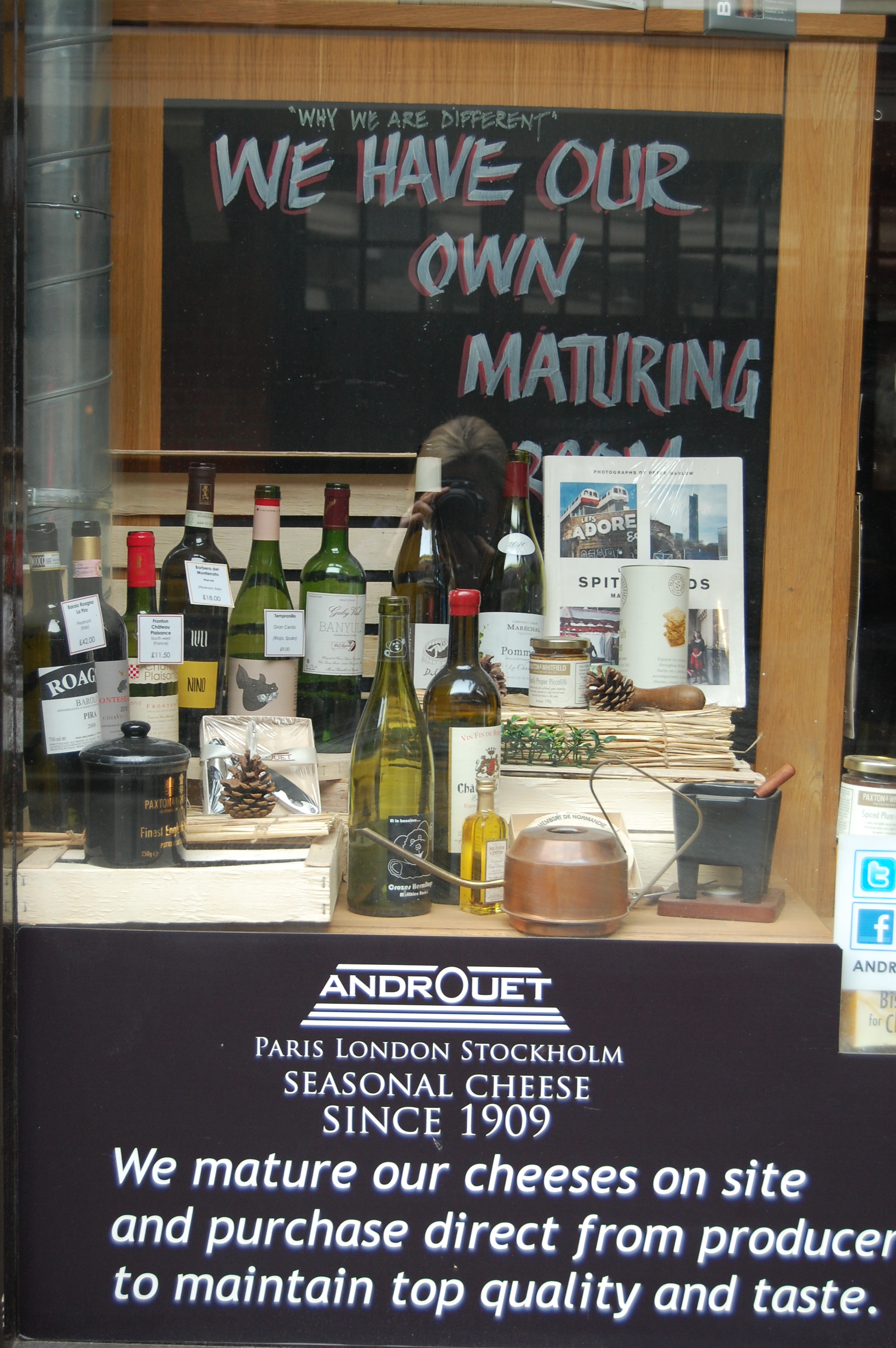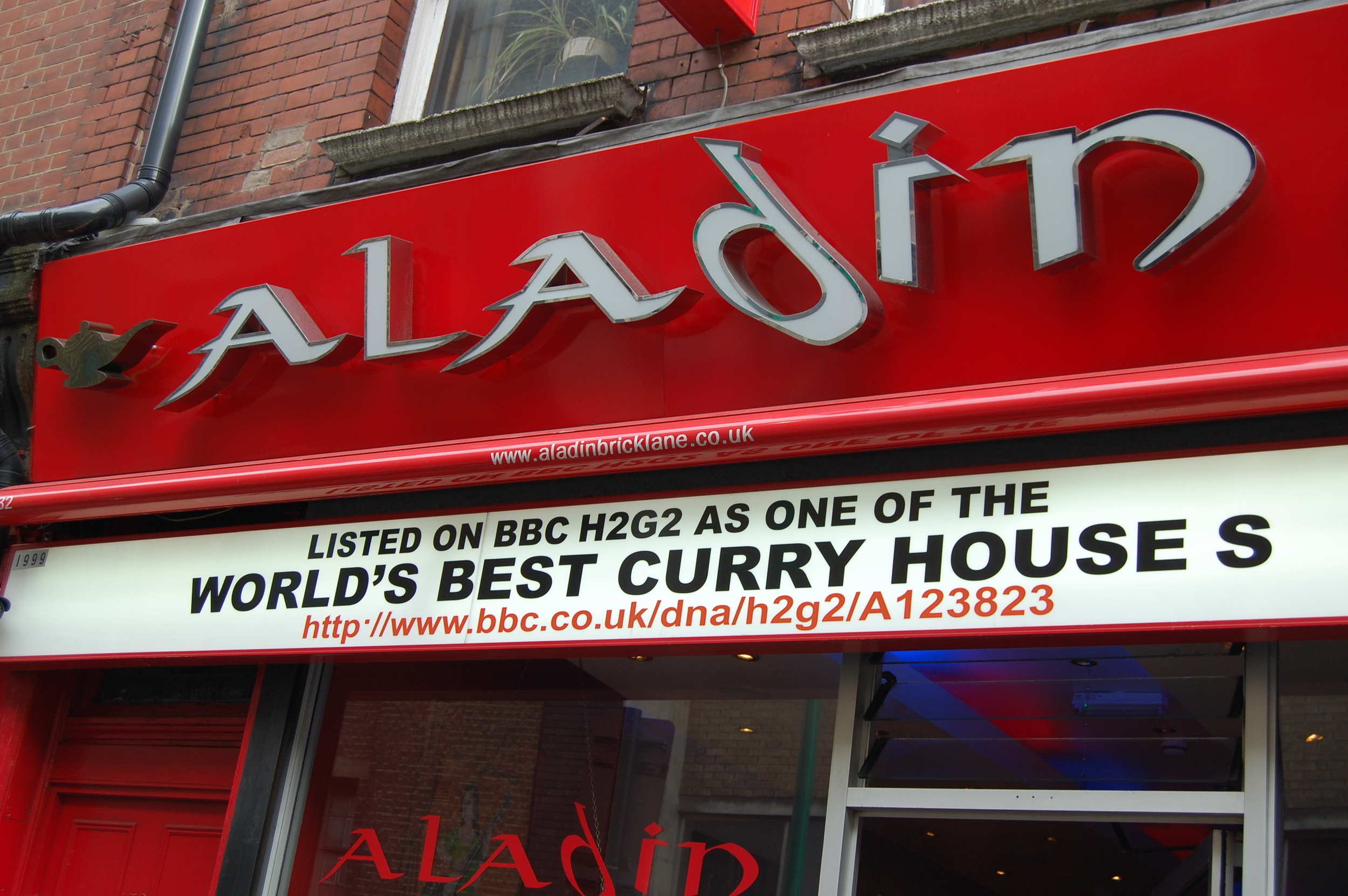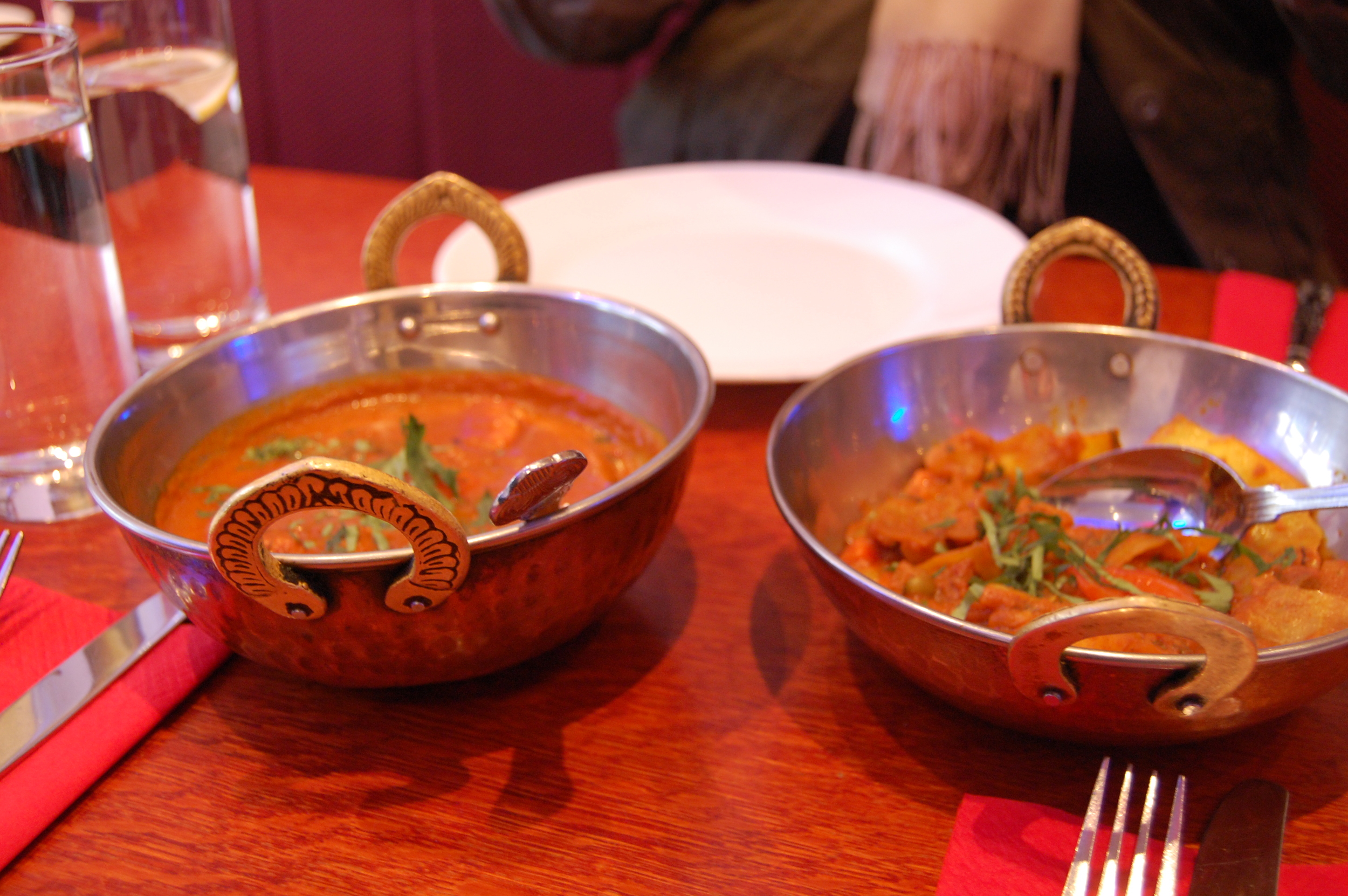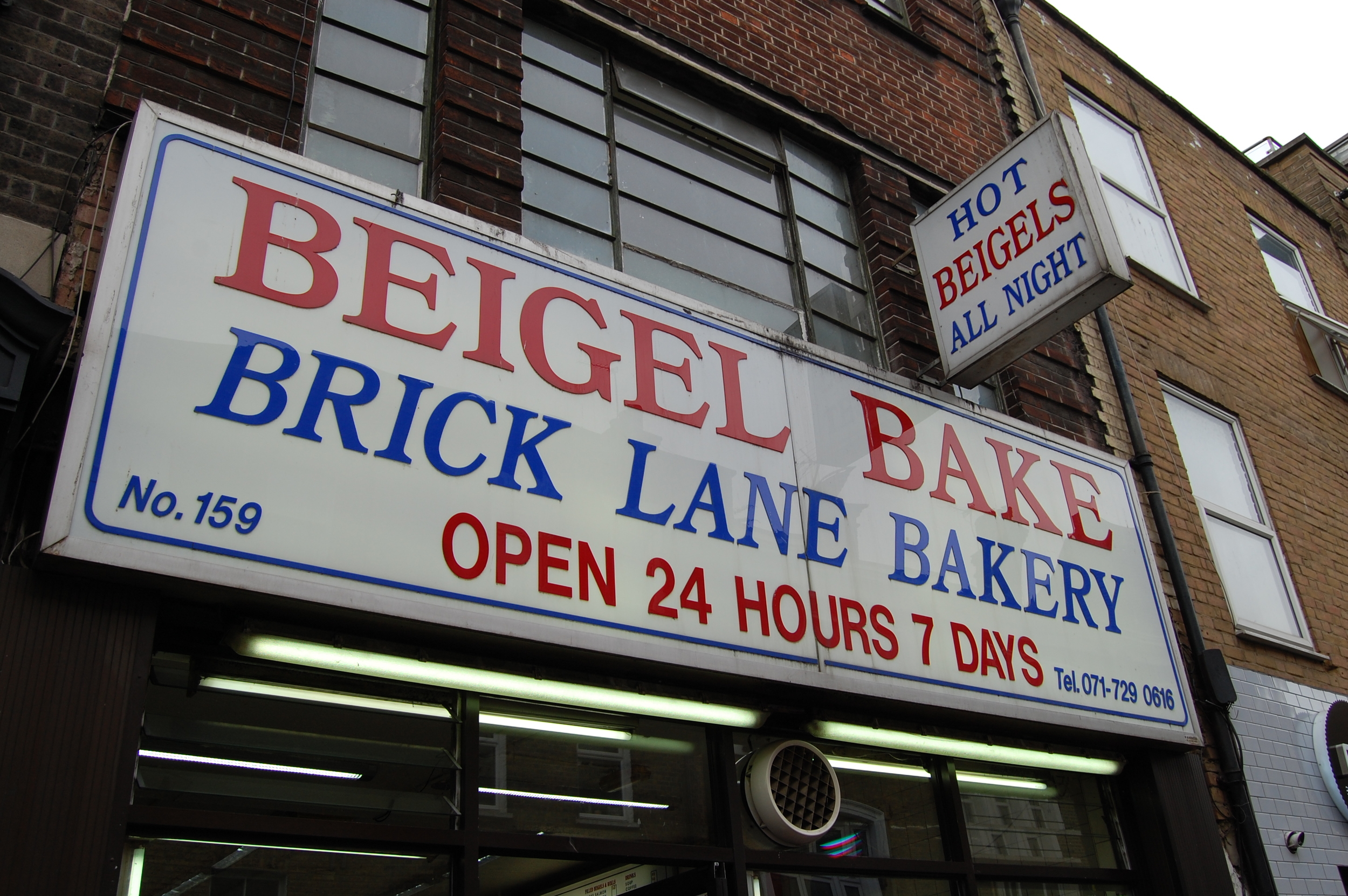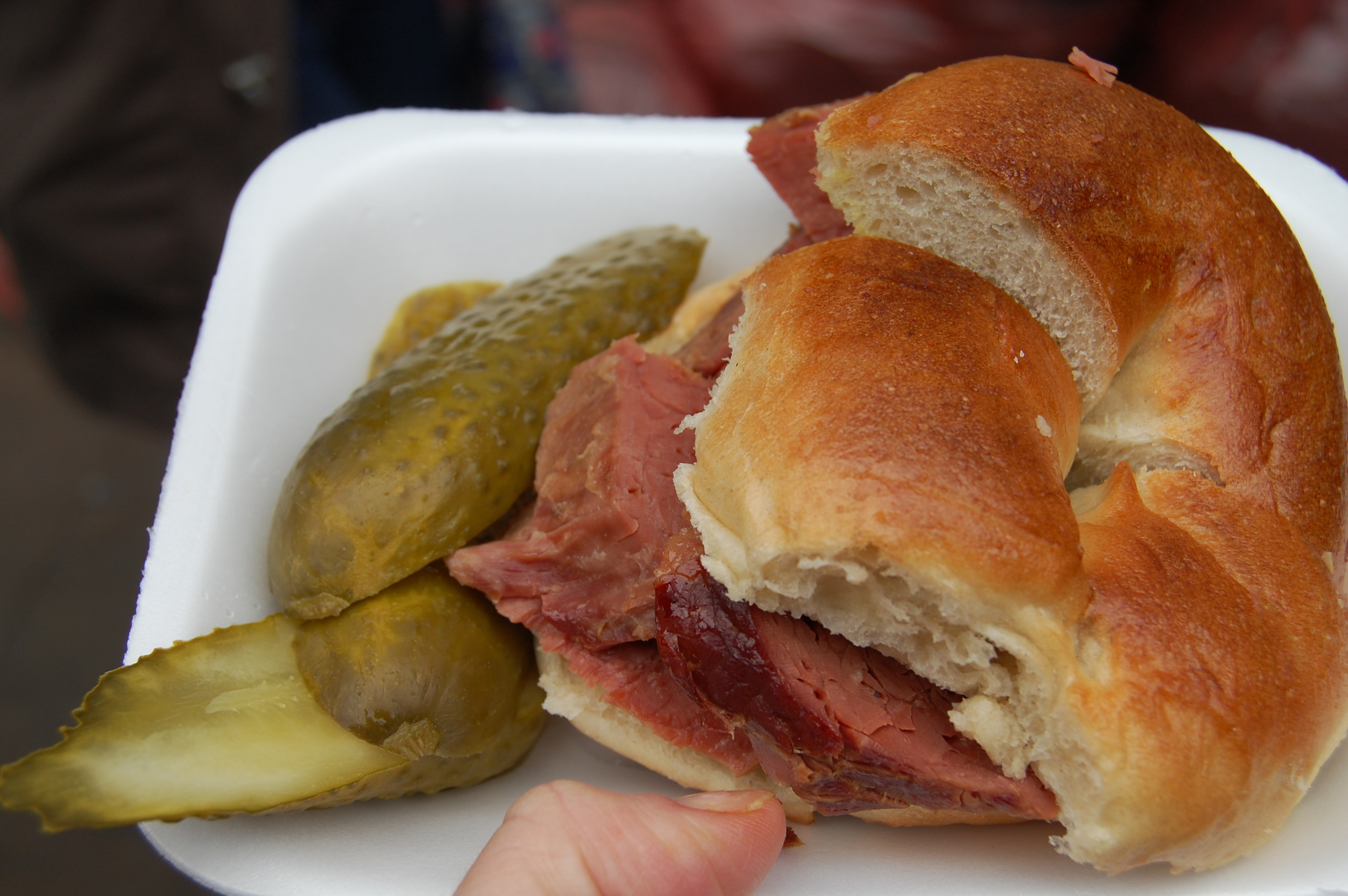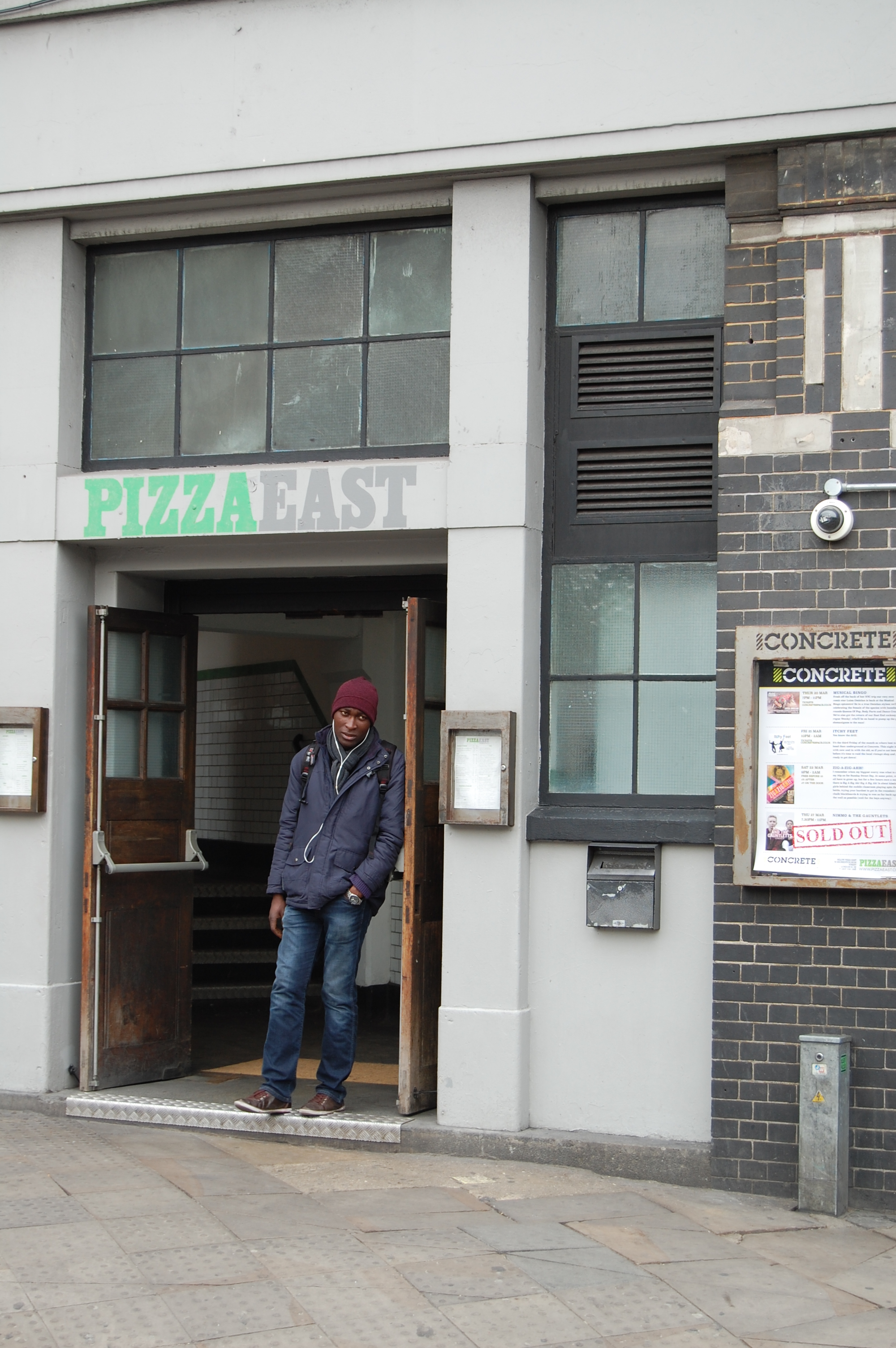A brief review of places we visited during our five days in and around Lisbon and the Lisbon Coast. (For the rest of our Portugal trip in Porto and the Douro Wine Valley, read here.)
CASCAIS
We made Cascais, the coastal resort town west of Lisbon, our home base for the five days. There we rented a historic apartment on a pedestrian street in the city center which was 80 meters from the beach, next door to a McDonalds (this I did not know in advance), and entirely too close to the Train Station (except on the day we walked out our door and hopped on the train to Lisbon which was a 40 minute ride along the coast and cost 18 euros for the five of us.) If you wonder about garbage collection practices in Portugal, I can confirm that they are on it. It was my conclusion that all the trash in China was being collected on our street every morning at 6am.
Cascais
Offering beaches over culture, Cascais is really a sprawling suburb of Lisbon with several sand beaches intermixed with cliff like shoreline and countless resorts (directions are given with resorts as land marks). The cobbled street Center reflects the wealth that is forcing its way into Cascais with trinkets and trash next door to designer boutiques. The boardwalk from Cascais to Estoril is a lovely place to walk or run, and because we were there in April the gorgeous beaches were empty enough to serve as a soccer pitch most mornings and several evenings.
Eating: Mar do Infermo for a killer seafood platter (sea bream, mussels, three kinds of shrimp); House of Wonders for a rooftop vegetarian lunch (the kids inhaled a vegetable lasagna and mushroom tofu pasta); Moules & Gin for a fun if not formulaic casual modern bistro serving mussels a dozen different ways; Armazen22 for a Brazilian steak dinner (surprisingly a nice change up from our fishy ways), our favorite: Dom Diniz for an unforgettable evening of they-just-bring-em tapas (flaming chorizo, cold cod salad, stuffed mushrooms, etc.) in a tiny two table deli restaurant. It’s not gourmet, chef-prepared stuff just good eats in what feels like someone’s living room. A bottle of red wine – any from the Douro valley – is mandatory with all dinners. Reservations a must for every place but House of Wonders. We topped off every meal with gelato at Santini Cascais (the one with the reputation and long lines) or on the same block Gelateria Italiana Fabio (the one with the great service and our new friend Phillip.)
Dom Diniz
LISBON
I shudder to tell you this, but I did not love Lisbon. Granted we were there only one full day and we took a second afternoon to explore Belem (an outlying neighborhood of Lisbon.) With that kind of limited time I realize that one’s reaction to a place is so dependent on the walking path they choose for that day. Then again, Brett walked the same path I did and He LOVED Lisbon. It is therefore possible that I was hormonal or wearing the wrong shoes.
Lisbon
We knew our walking path would involve San Francisco like hills (which we enjoyed), and we oriented ourselves toward the humble and compact Alfama quarter which all the guidebooks said not to miss. There we did find windy streets and great views, but mostly we saw a lot of poverty in the middle of a gentrifying construction zone on steroids. We felt like uncomfortable voyeurs with a camera. Castelo de Sao Jorge, the hilltop citadel used as a royal residence and then arms depot, was worth the price of admission for the views of the city. Tram28 – the “must do” for all tourists – was good for those who don’t mind being packed in like sardines and can clutch their purse at the same time they are enjoying the blocked views. I watched a pickpocketing scheme unfold with a woman and a 6 year old boy on the tram that made my heart ache so much that I couldn’t wait to get off. Brett thought the tram was awesome. Clearly it can’t be just my shoes.
Waterfront promenade in Ribeira
I did like the Chiado neighborhood and area around Comercio Square, Lisbon's monumental riverside. We didn’t have time to see Fado, the music of Lisbon, but there was quite a bit of live music (always fun) playing on the streets of Baixa and Chiado. The waterfront promenade in Ribeira to the west of Comercio Square is being built up and is quite a lovely place to be on a nice evening. There they have a beverage kiosk where you can get something to sip on and take to sit down in some chairs looking out over the water. We saw another one of these beverage kiosks (a great idea) in Praça Luíz de Camões . We oft heard Lisbon described as the new Barcelona, just a few years behind in development. Apparently I also prefer older, more developed cities.
You do have to see the outlying neighborhood of Belem for several worthwhile sites (the Monument to the Discoveries and the elevator up it for views is great) and well-connected parks, just save your eating for in town. We attempted a stop at the Pasteis de Belem – the pastry shop on the Rua de Belem that people make a pilgrimage to Lisbon for – but the queue was so long and complicated plus I made the mistake of saying “custard” when describing the pastries to my boys and they were certain “custard was not worth waiting for.” We did however hit the Confeitaria National, a pastry shop on the busy Praça da Figueira that’s been around since 1829 (in Baixa), and we buffet styled Portugese pastries and every version of chocolate cake they had.
Eating: Turns out I’m a sucker for any restaurant with the menu written on a chalkboard. I had read about Taberna Da Rua Das Flores (in the Baixa Chiado neighborhood and very close to the train station) on a food blog and knew this was where we’d be eating if we had only one dinner in Lisbon. We sampled more than half of the small plates on chalkboard – Portuguese fare with a twist of something unexpected – while locals popped their head in to buy bottles of their house olive oil. The pacing of the meal was a bit slow as dishes came out one by one, but each dish also deserved to be the center of the table. Aside from the fried goat cheese with special sauces, we had to elbow the boys to get our fair share.
SINTRA
Castelo dos Mouros
I’m losing steam on this blog, so here’s what you need to know: Sintra Rocks. We spent two days there. The first day we spent hiking from the main city center straight up 2 kilometers to the Castelo dos Mouros, a Moorish castle. Different than any other castle we’ve seen, this castle is beautifully built into the landscape. You can climb along the jagged battlements and up a handful of towers for some absolutely breathtaking views. Because it’s harder to access, there are fewer tourists and it’s a great spot to bring a picnic lunch. Brett deemed it one of his top 5 most spectacular (and certainly unexpected) spots in our travels.
Palacio da Pena
The next day we came back and drove up past the castle to the Palacio da Pena which is a palace and enclosed park. Tour buses let off here and you will queue for tickets. The exterior of the palace is Disneyland-like in its grandeur and the interior has been preserved from when the last royal family lived there in 1910. We especially enjoyed hiking, both on footpaths and hiking trails, in the 495 acre walled park with its lush vegetation and fine collection of trees. This time we remembered our picnic.
OBIDOS
Obidos
The day we headed back North to the Douro Valley, we stopped off in Obidos and Nazare on the way. Obidos is one of those preserved hilltowns enclosed within 14th century walls. It’s beautiful and built for tourists. Like a smaller Assisi in Italy, Obidos is not only a day trip destination but also set up with hotels, a pasada (guest house) set in a Castle, and restaurants for overnight visitors. They are also a couple of cool bookstores. I kept thinking that there must be a strong homeowners association in Obidos. In addition to be swept clean, there was a uniformity of blue, red, and yellow paint blocks on all the white washed buildings. And green thumb of not, you will be expected to have potted plants hanging from your window.
NAZARE
Nazare
Nazare is an old fishing village whose only attraction is a very long beach, and it’s a great one. It’s a wide and long beach with awesome waves set against the backdrop of steep cliffs. It’s apparently teaming with tourists in the summer. The boys played soccer on the beach while I went in search of an espresso. I snapped exactly one picture in Nazare. The balance of the car ride involved lots of sand and me complaining about the espresso that was causing me a stomach ache.
MOST REPEATED CAR RIDE QUOTE:
Brett: “Boys, we just passed Peniche.” Quinn: “Was it big?”
Update:My Portuguese neighbor Sergio just told that it's impossible to understand Lisbon without being there at night ... which I missed on this trip. He also said there was some great cherry liqueur I should have tried in Obidos.
